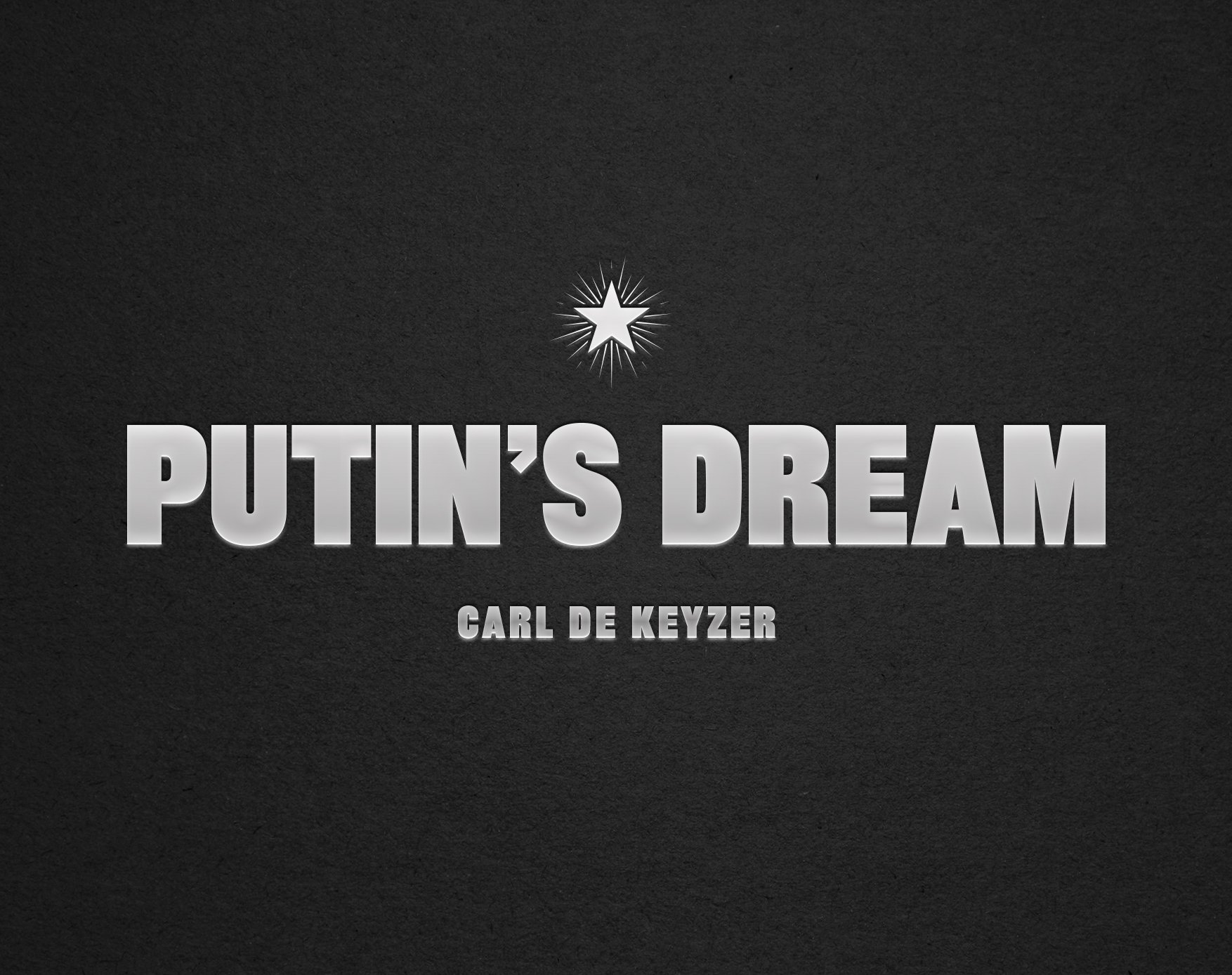
Putin's Dream
- this is not photography -
In 1997, the Russian chess grandmaster Garri Kasparov lost to the chess computer Deep Blue and regarded his loss as a tremendous success of human ingenuity. That moment marked a historic turning point in the development of artificial intelligence, although Alan Turing and David Champernowne had already designed the Turochamp in 1948, the first algorithm that assigned a value to chess pieces and was supposed to determine the best possible chess move. AI has been closely intertwined with everyone’s existence for much longer than we realize. Just think of the smartphone, the search engines on the internet, the translation software, even washing machines use AI to increase efficiency, to save energy,… Certain AI applications detect fake news and disinformation.
When Carl De Keyzer was about to travel to Russia in 2021 as a kind of revisiting of Homo Sovieticus (1989) and had received the official permission to do so, had already arranged his tickets, visa and guide, tensions quickly rose and tanks were suddenly amassed at the border. Fortunately, De Keyzer decided not to travel there after an attempt that had already been postponed due to Covid, because war broke out shortly after. With Putin’s Dream, Carl De Keyzer shows us in an innovative way that remains true to his oeuvre and his artistic personality, how photography and AI can form and become a symbiosis. Although AI is used and the photographer’s gaze is absorbed by the algorithmic data of the computer, De Keyzer remains the designer, the builder and the user of AI. He directs, decides, creates and makes choices based on the computer images, as befits an artist who works with available material and new technology. He not only feeds the machine with his own images (such as from Zona, 2003), with photographs of previous projects for which he traveled abroad, he ultimately adjusts AI by, for example, teaching the system to think asymmetrically. This is how AI learns from what De Keyzer decides and does as a photographer. The power and the essence of documentary photography, which De Keyzer has been associated with for decades and in which he is a grandmaster, is like hyperrealism: collecting and revealing (the truth of) the reality that the photographer was confronted with at a certain time in the given circumstances, without staging, as a kind of statement against fake news. But now the computer has become the camera as a journey through the virtual that Carl De Keyzer can make in his living room, so to speak, without having to travel and while he can visit locations repeatedly on the screen. Independent of time and circumstance, the image/imagination is created. A new reality emerges, while at the same time that reality reveals what may be unfolding in Putin’s head as a fictional story.
War, power and politics (common threads in De Keyzer’s oeuvre) are propaganda and are directed, manipulated, and play with the (un)reality and eroticism. They are guilty of spreading incorrect messages. Even in war there is often a kind of unreality in all the horror. In Putin’s Dream, Carl De Keyzer takes us into the horror and unreality of this fairytale, aesthetic seductiveness, which often borders on perfection and contemporary cinematography of an image. We see, as it were, perfect people – with white teeth, beautiful blond hair, blue eyes – in flawlessly composed settings, as every dictator might want. We get a suggestion of how Putin wants to see the victory in and from Russia, how he dreams his Russia. Not only in the past and present, but also in the future. At the same time, De Keyzer’s critical, ironic view is omnipresent. There are not only the counterattack in Crimea, but also the gay community, the penthouses in Moscow, the private yachts and parties, the postcards of an idealized Kremlin,… Of a reality that simultaneously exists there and is nonetheless non-existent. Like the beauty of another world, no matter how gruesome the subject.
Paul Valéry stated in his notebooks (Cahiers), which were published in 1973 and 1974, that works of art that were created with the greatest compulsion to regulate are also the works that require and provide the greatest freedom of mind. Just as important as coincidence, as the artist’s idea, is the making of the choice, the feeling of the look and the thoughts, linked to the consciousness for a specific moment. More specifically, art is a means of making the invisible real. And that is precisely what Carl De Keyzer does in Putin’s Dream.
Inge Braeckman

Putin cover.jpg
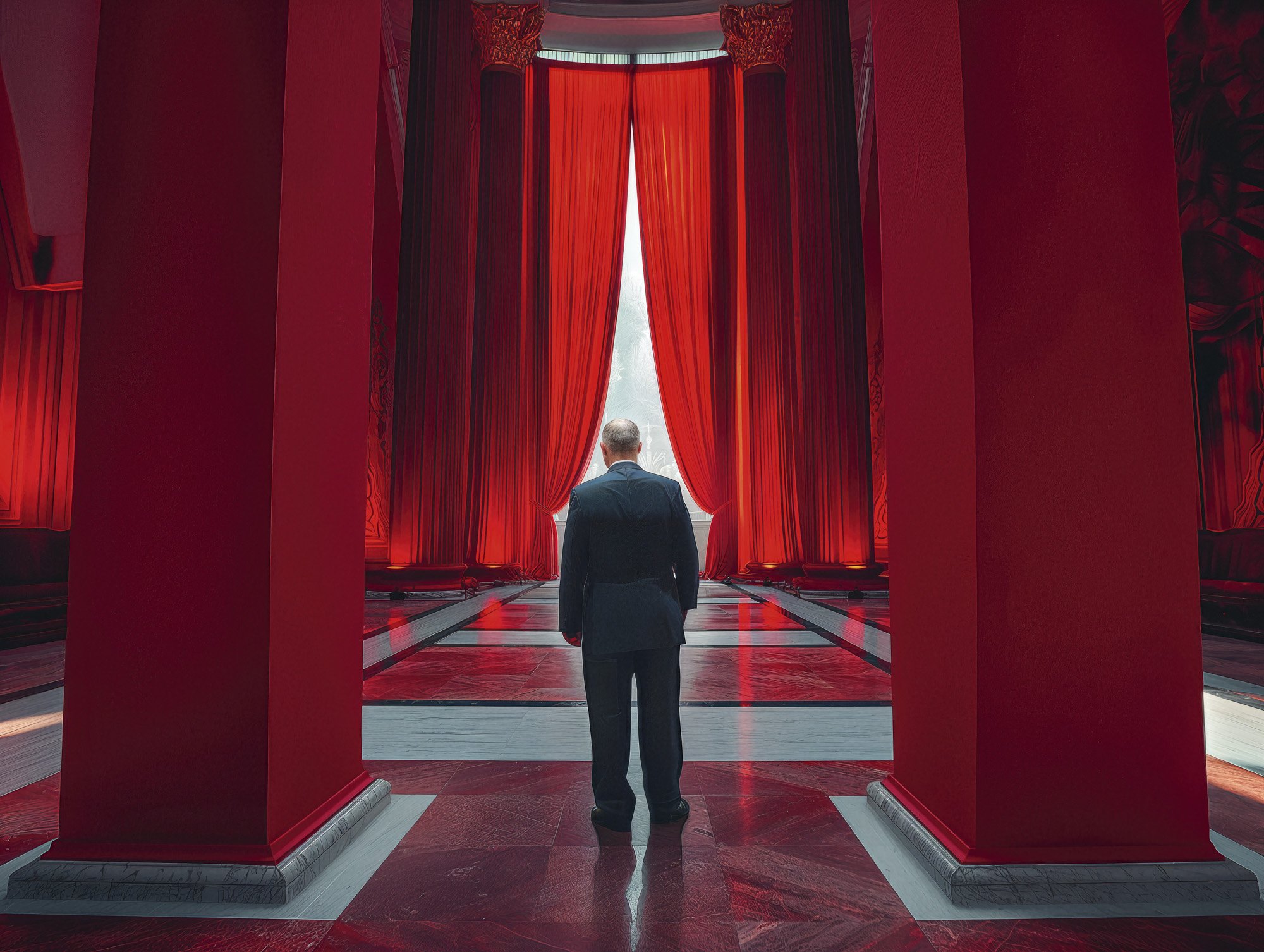
Putins Dream book1.jpg
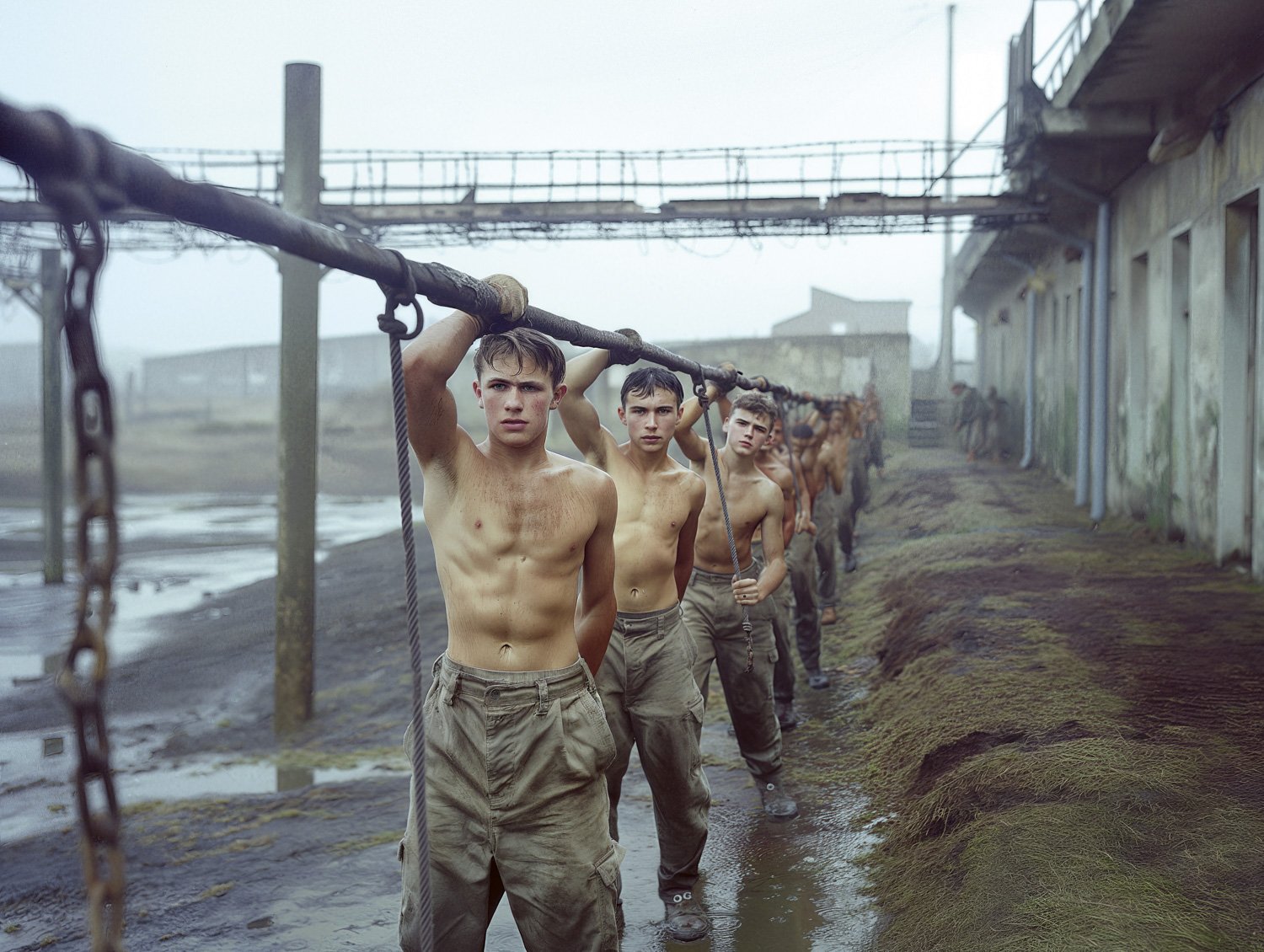
Putins Dream book4.jpg
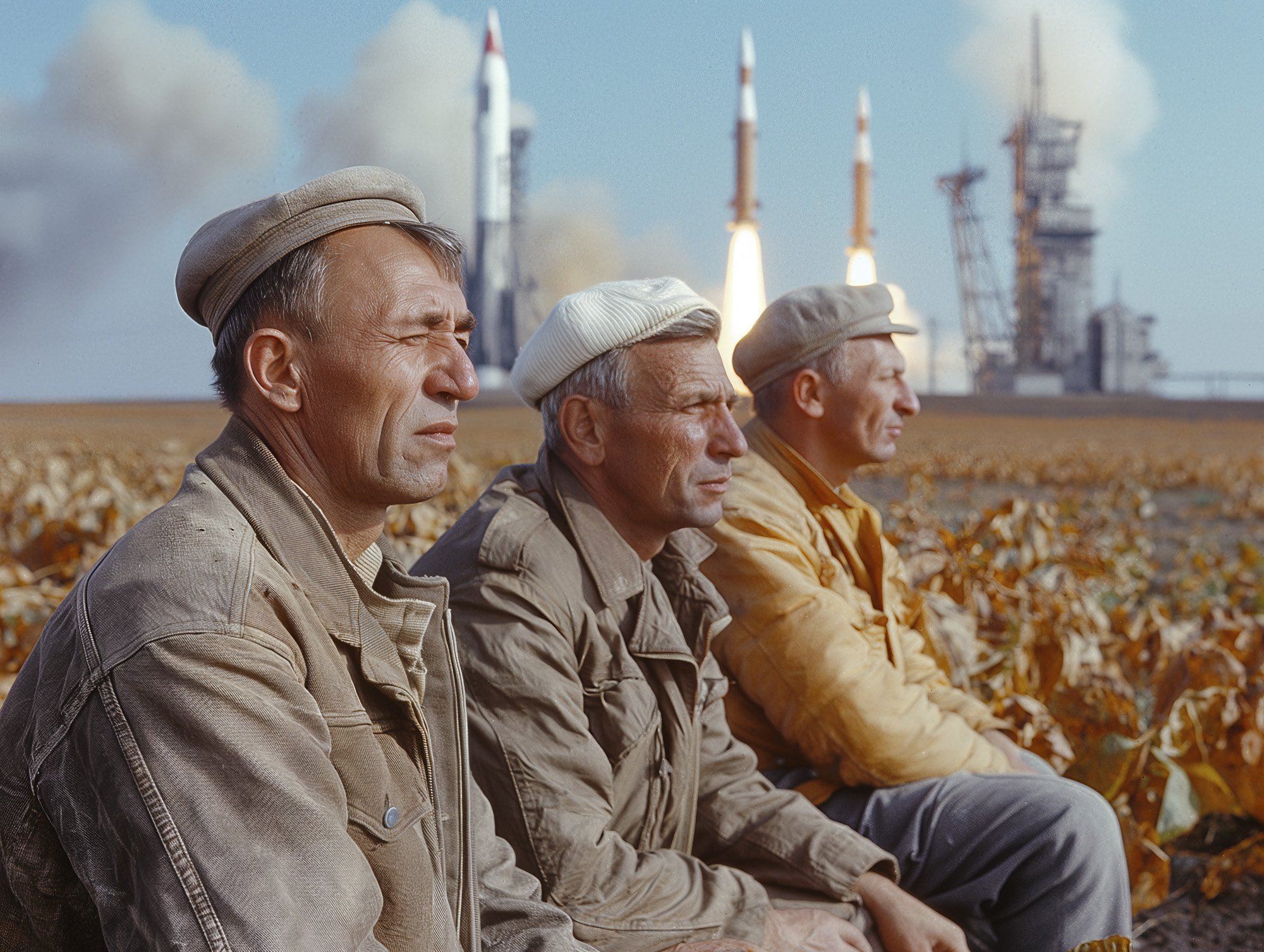
Putins Dream book6.jpg
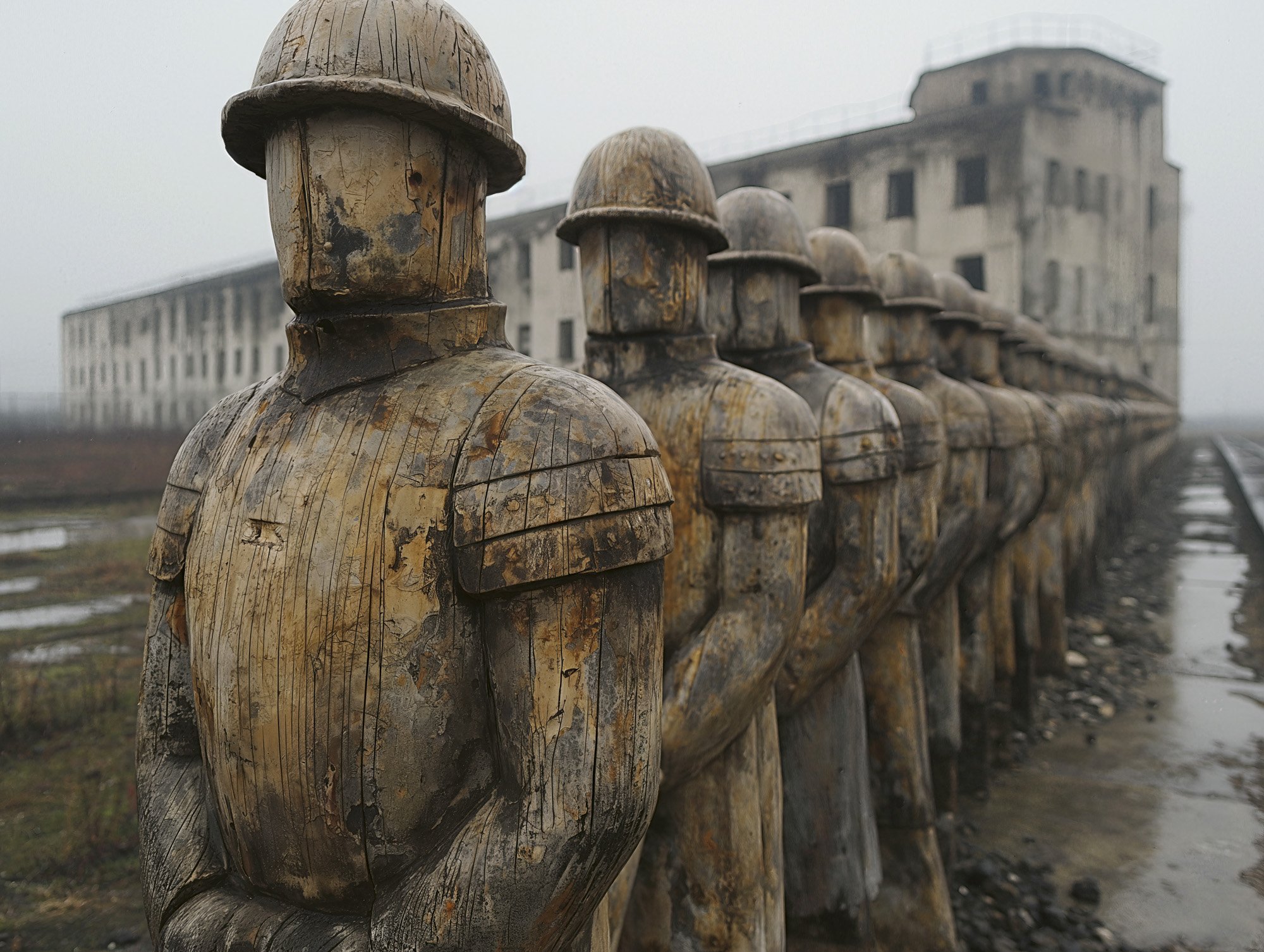
Putins Dream book7.jpg
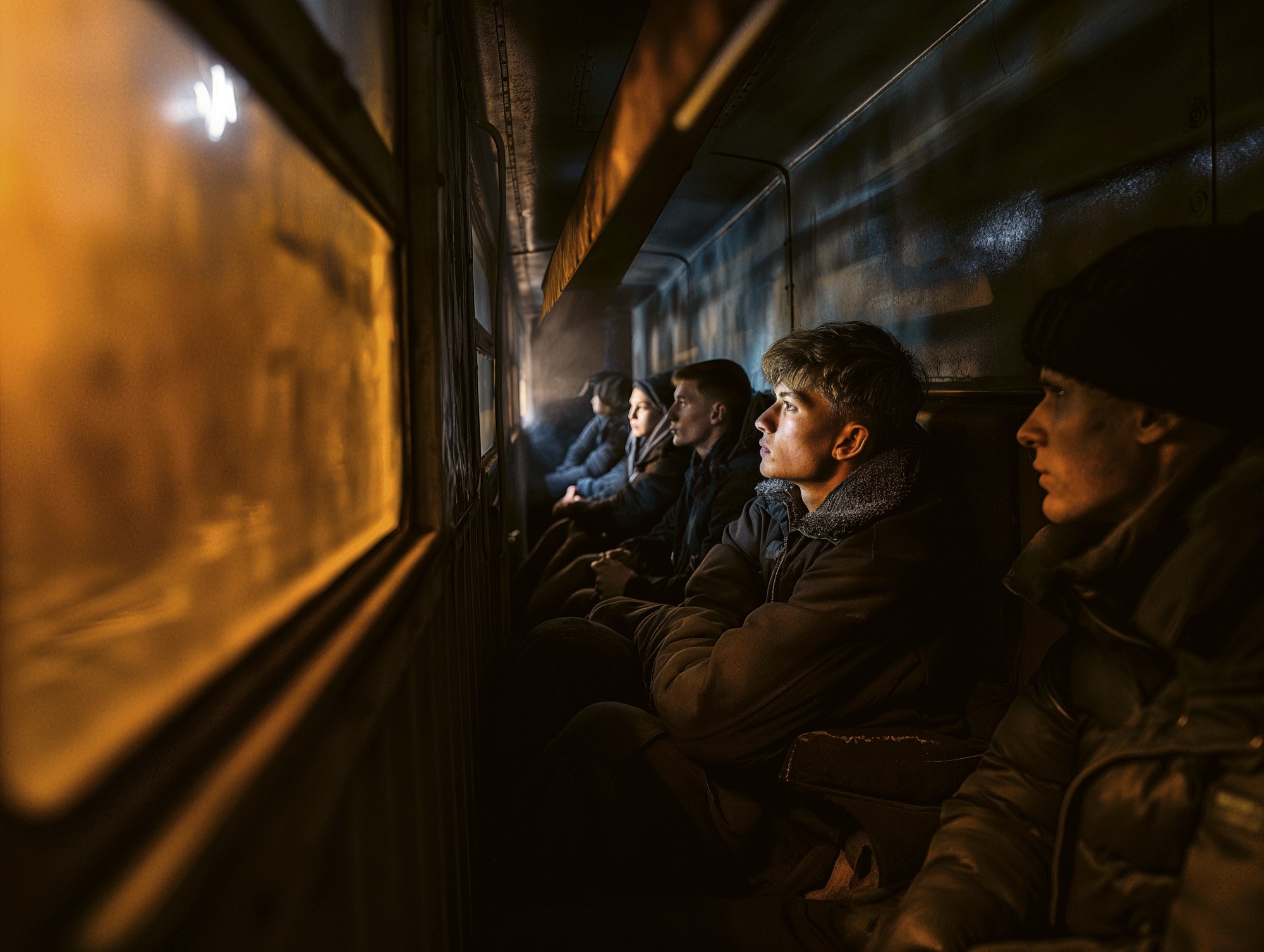
Putins Dream book8.jpg
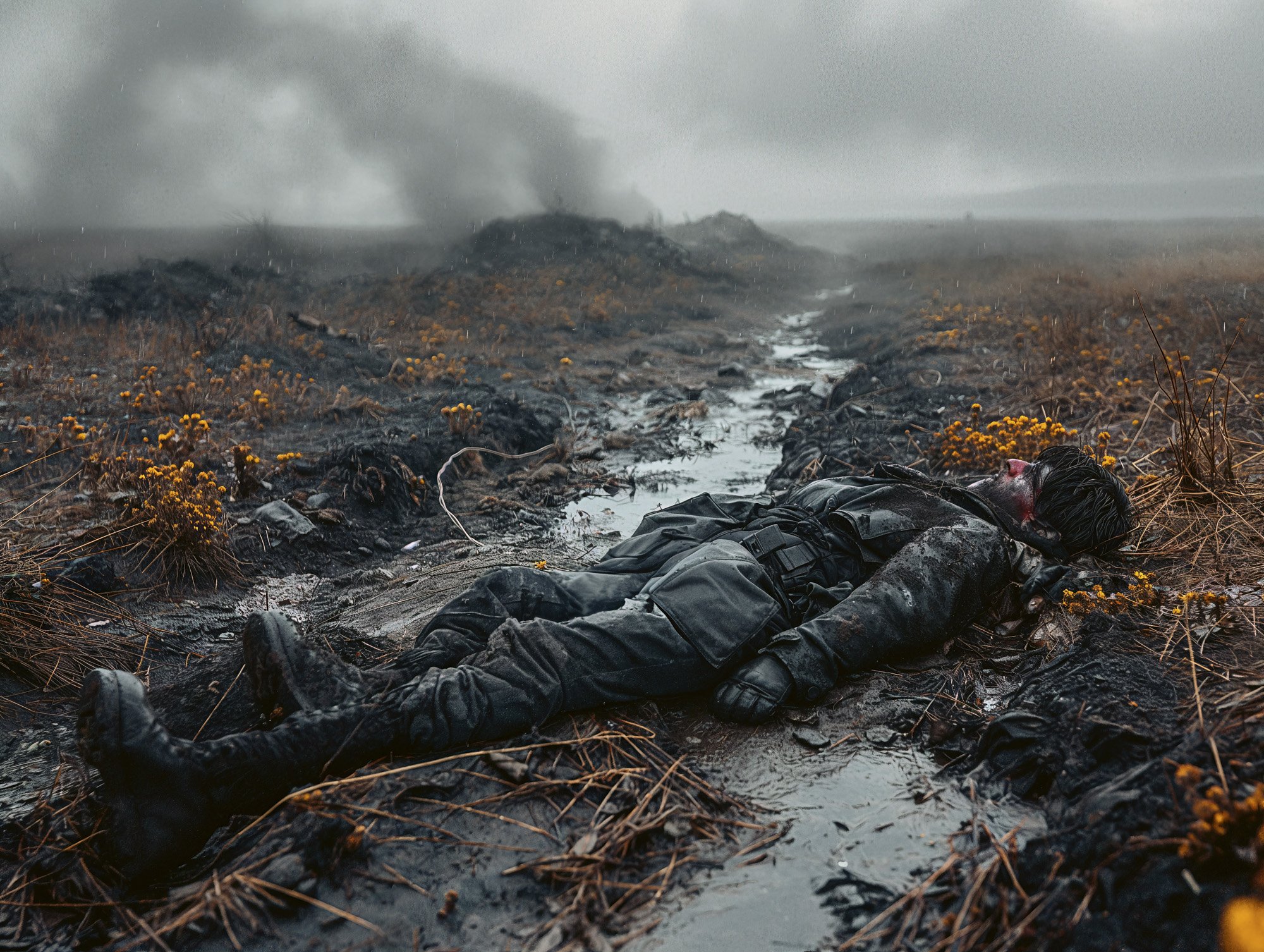
Putins Dream book10.jpg

Putins Dream book13.jpg
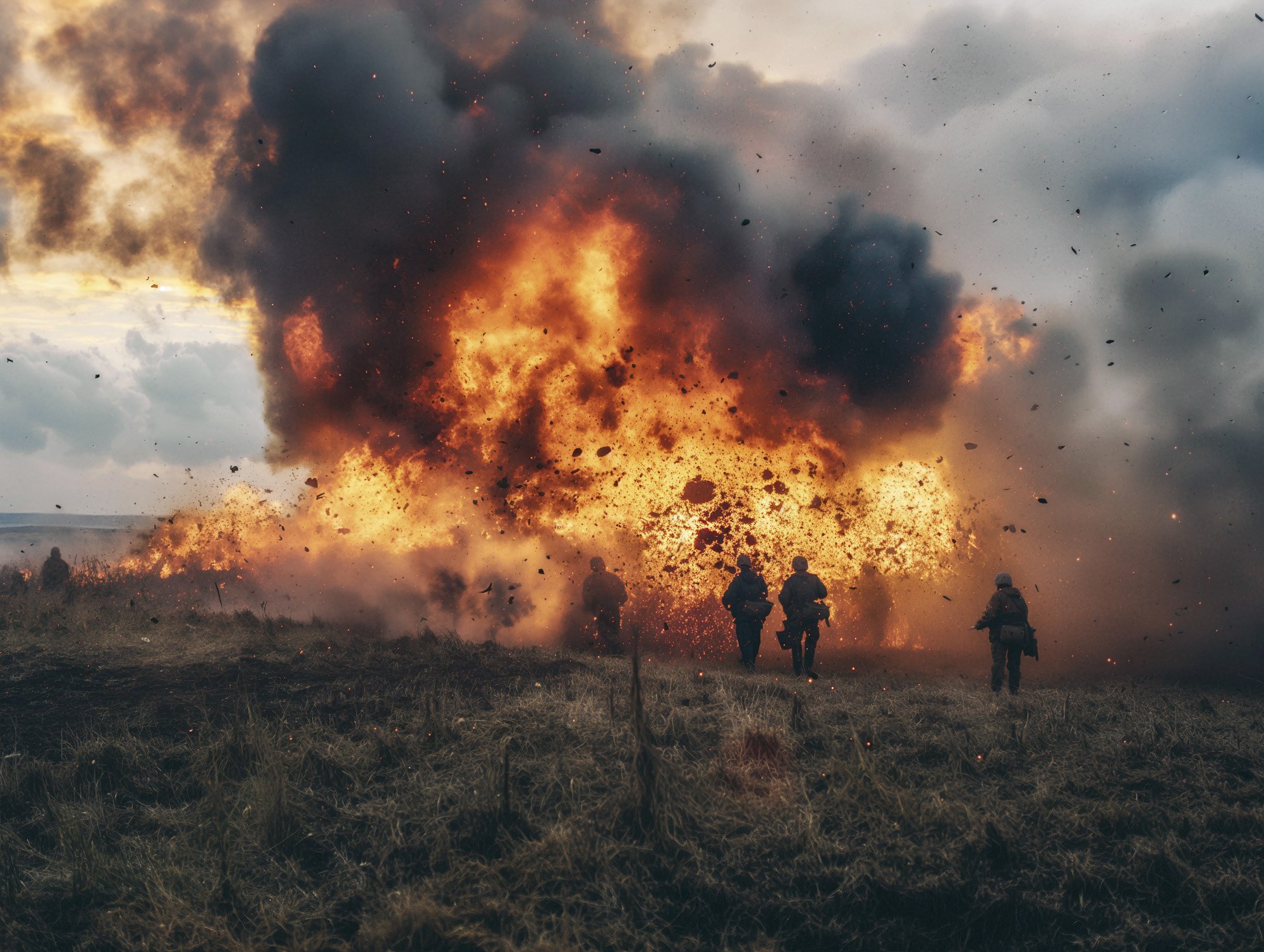
Putins Dream book14.jpg
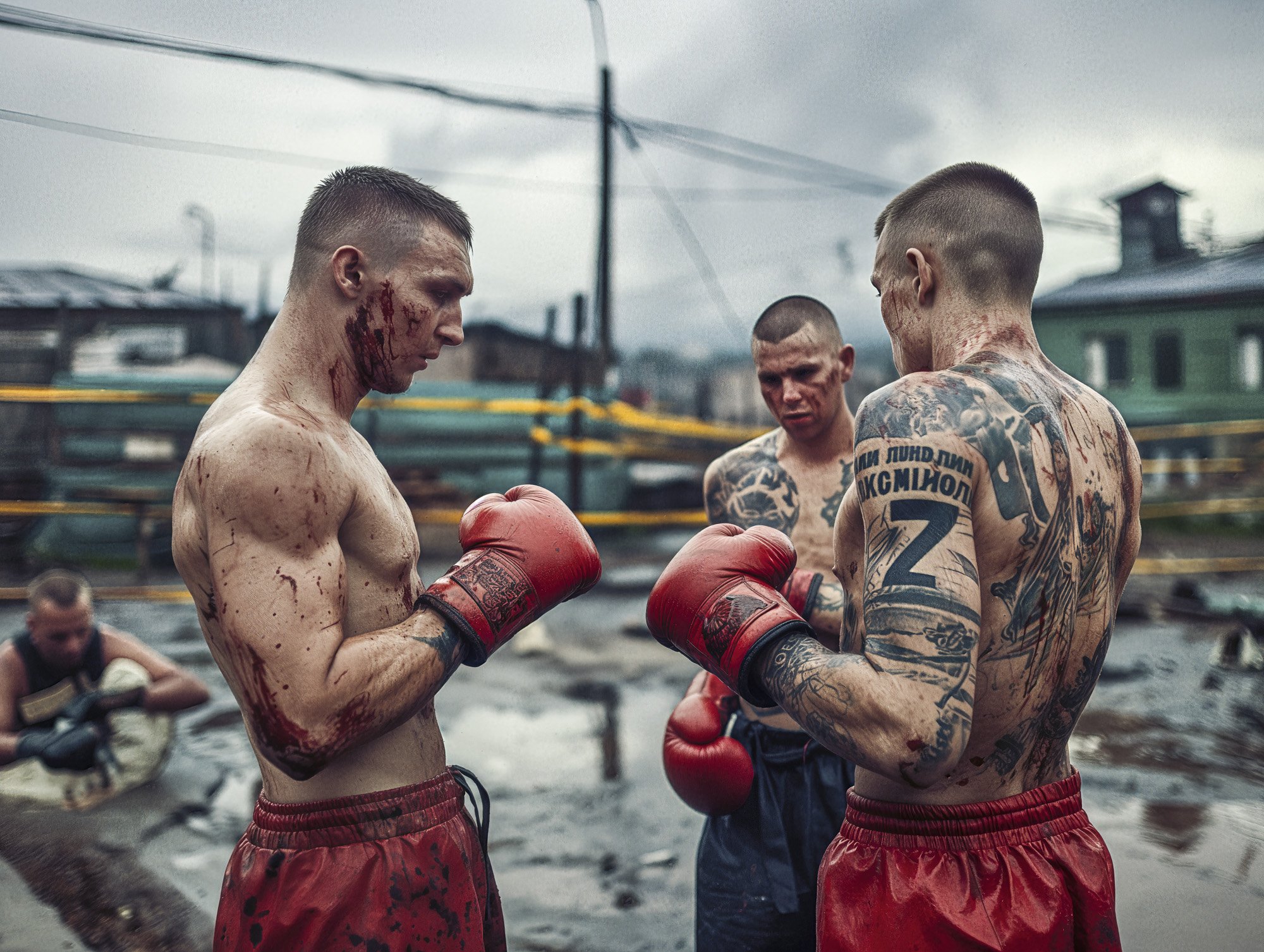
Putins Dream book15.jpg
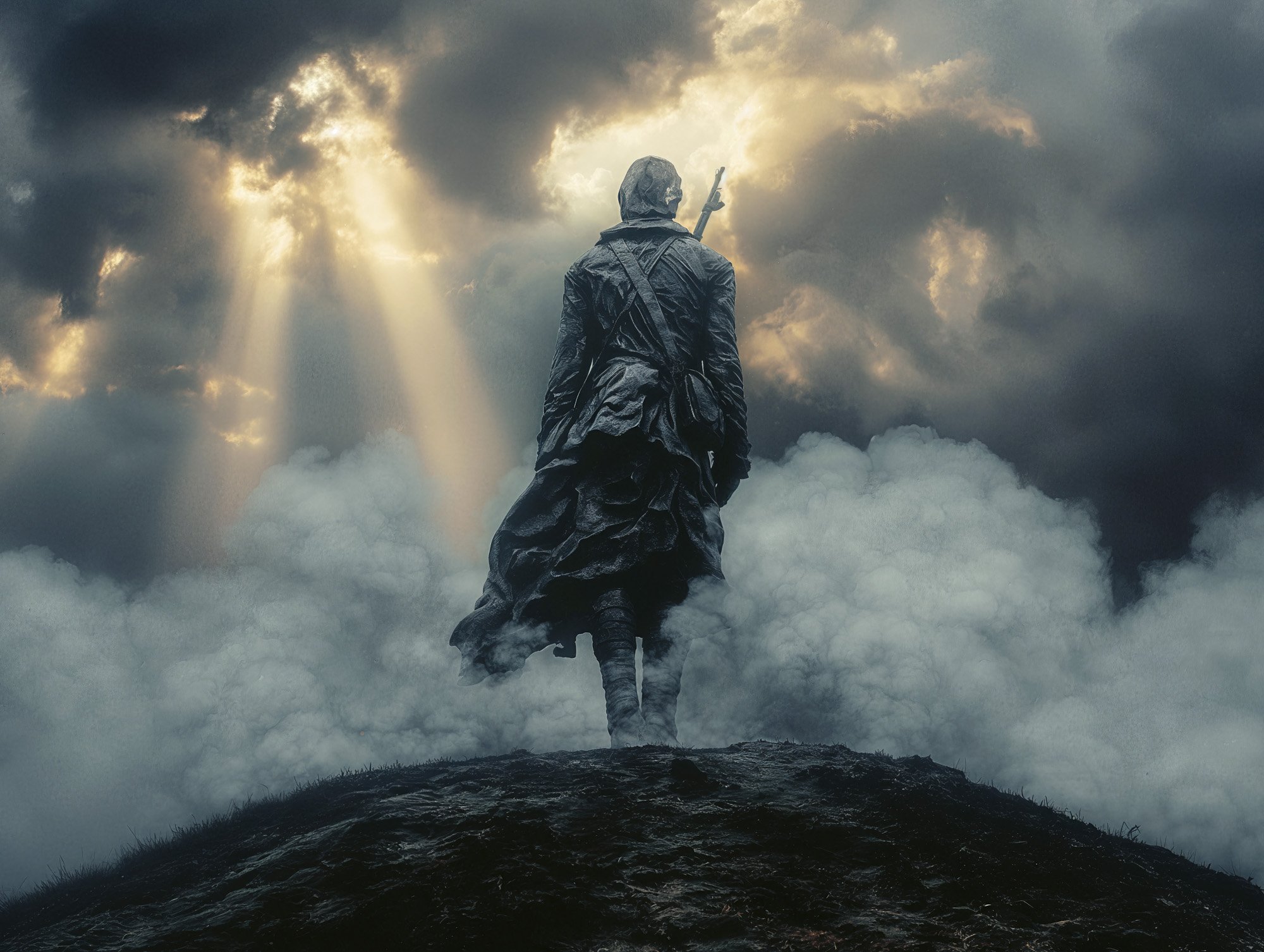
Putins Dream book16.jpg
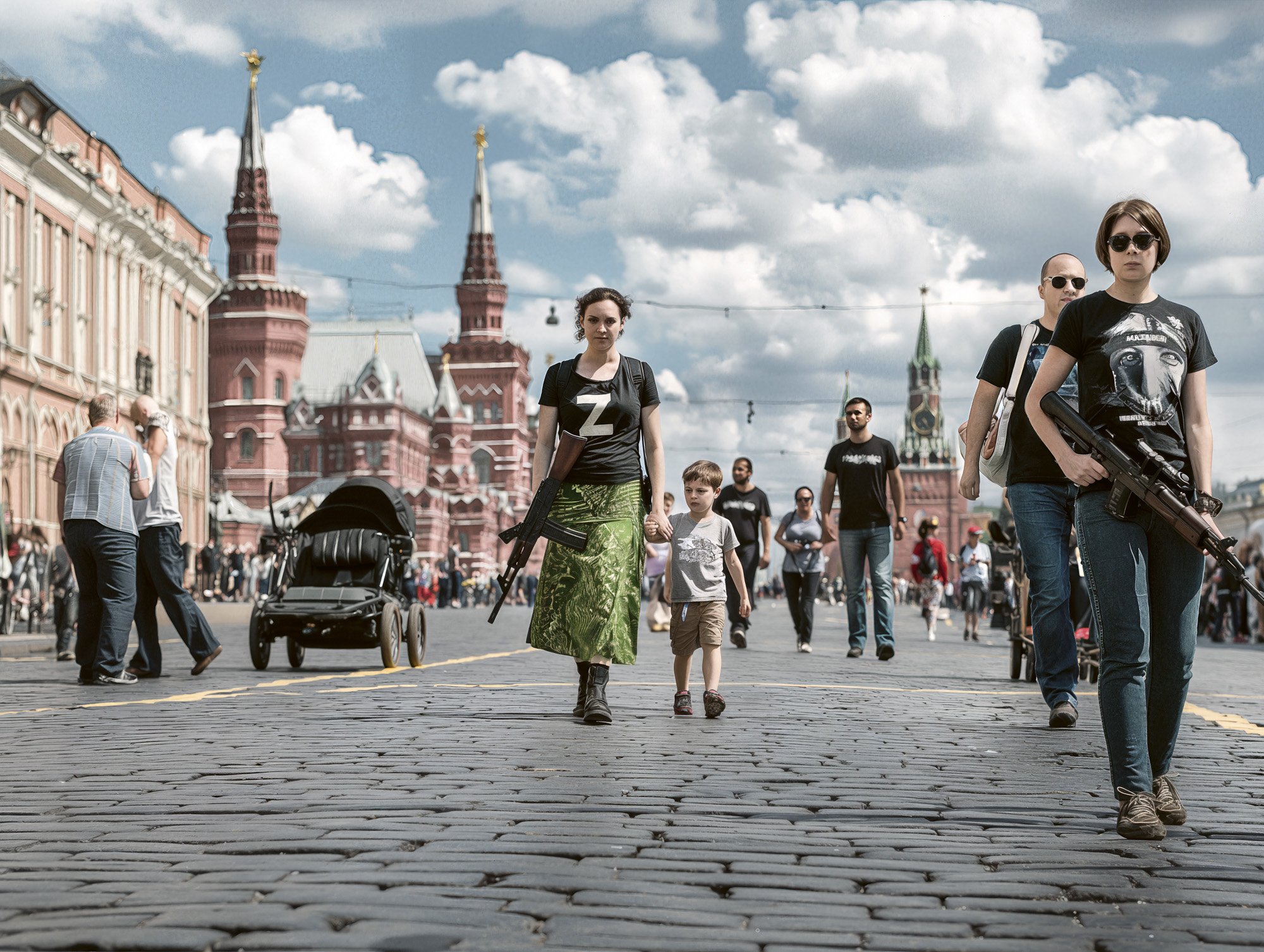
Putins Dream book17.jpg
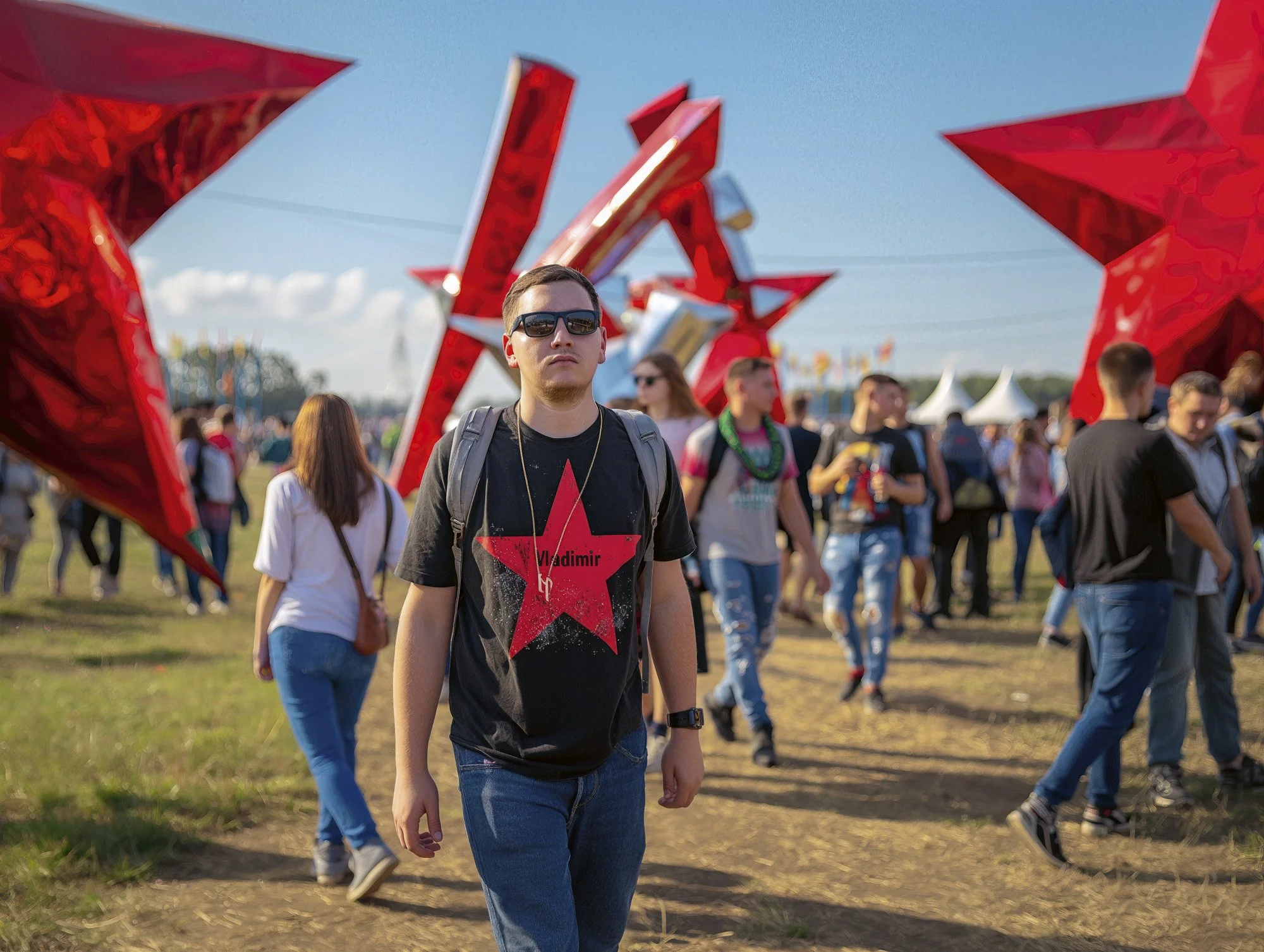
Putins Dream book19.jpg
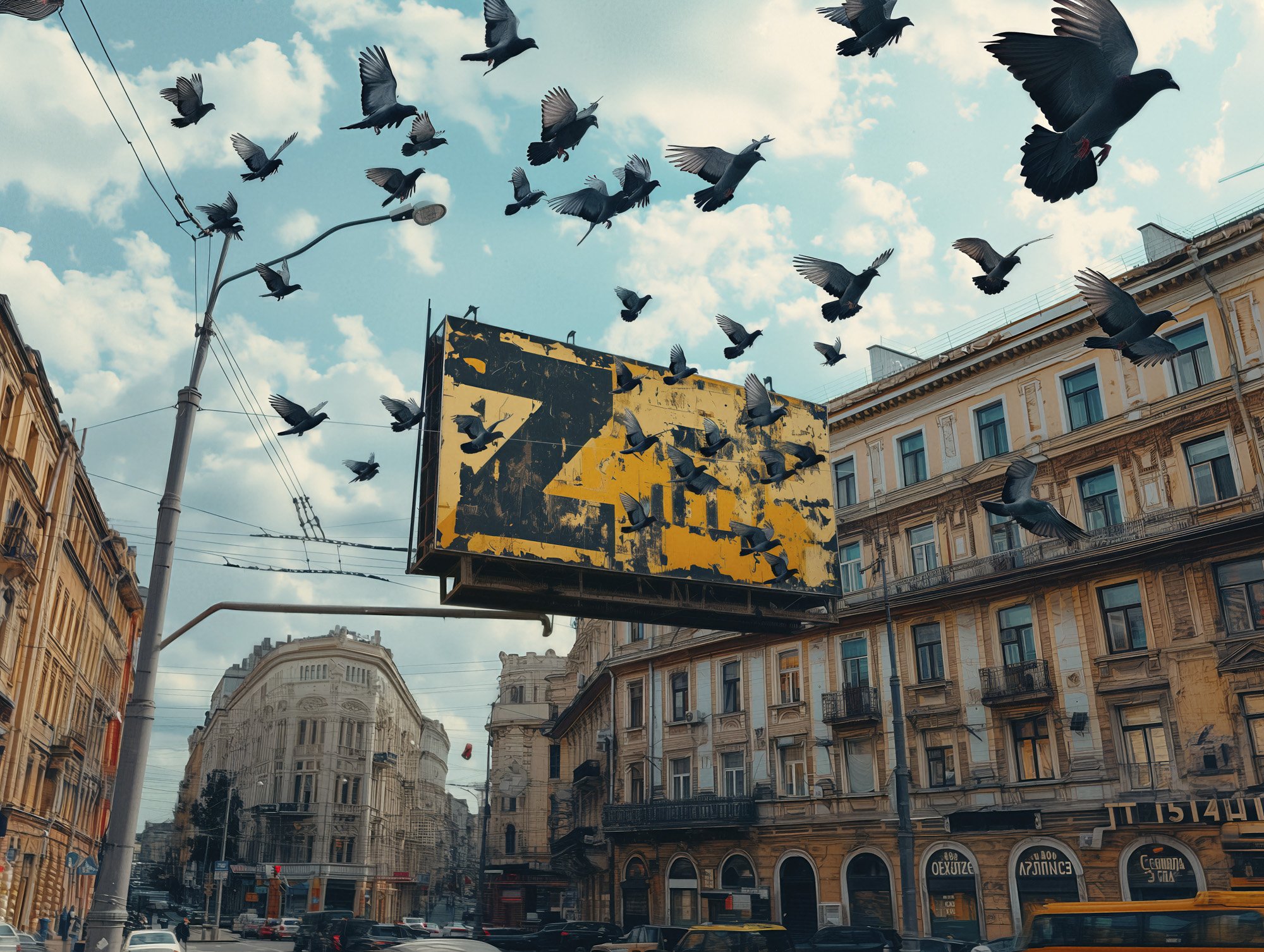
Putins Dream book20.jpg
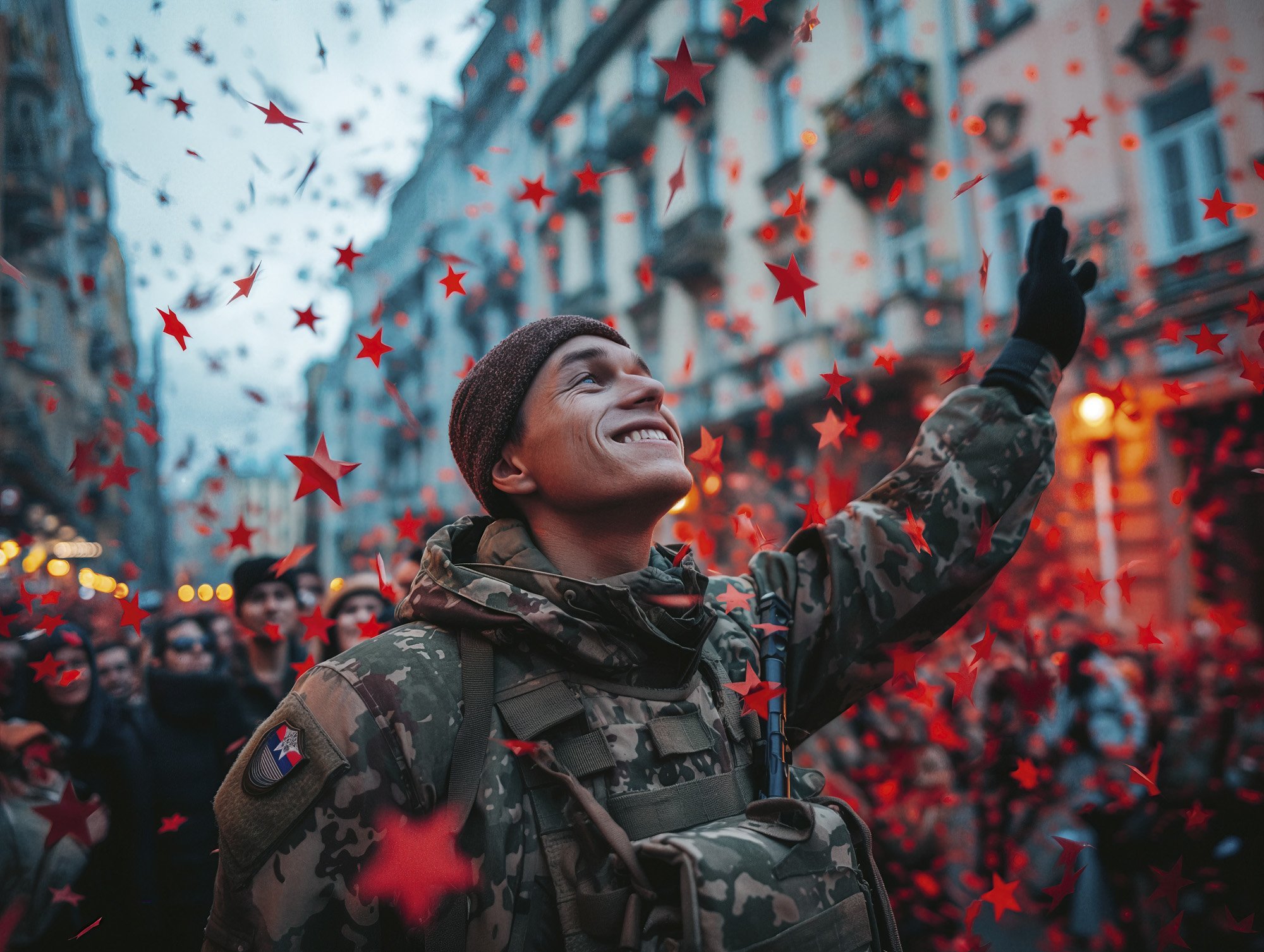
Putins Dream book21.jpg
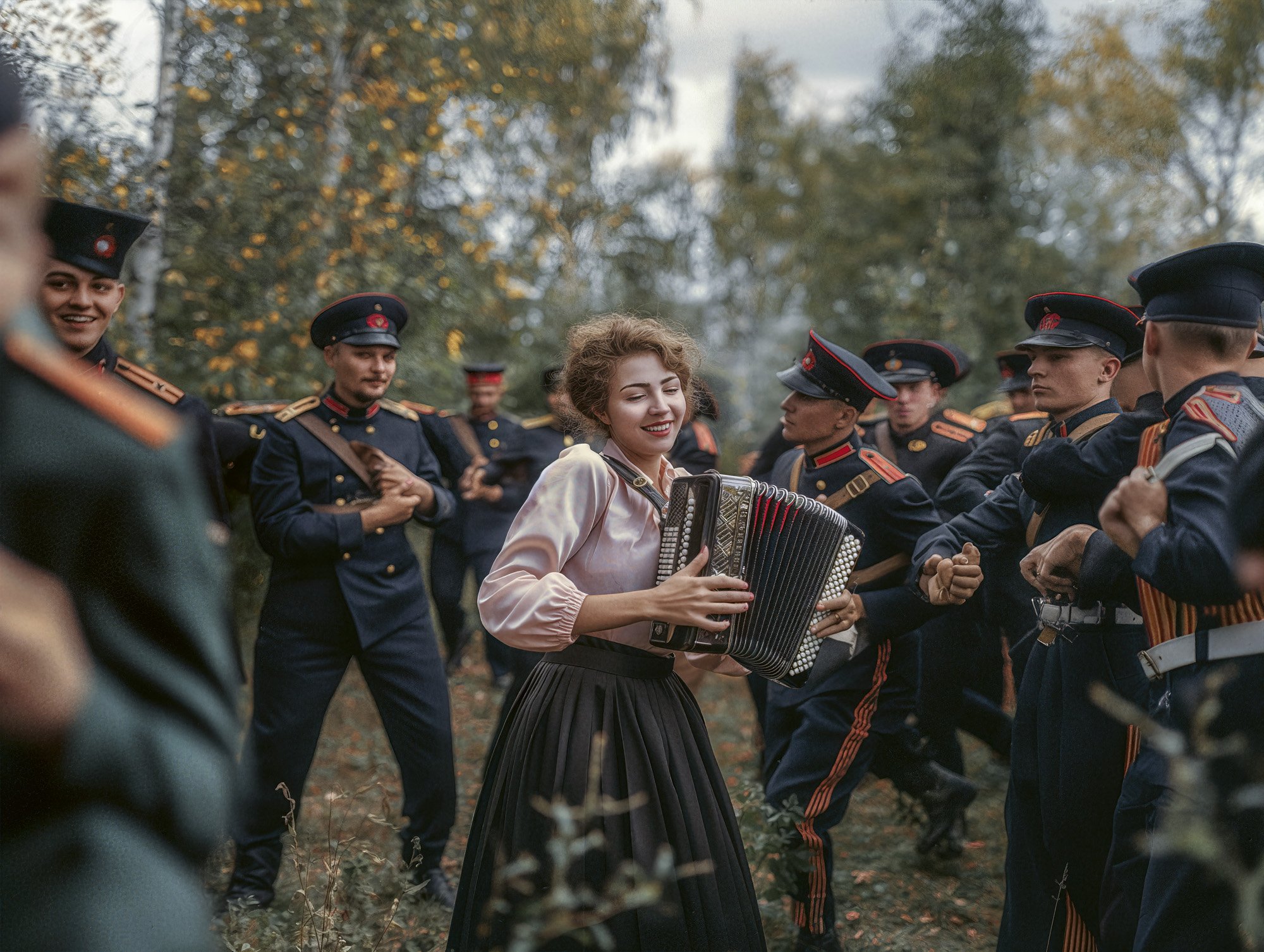
Putins Dream book22.jpg
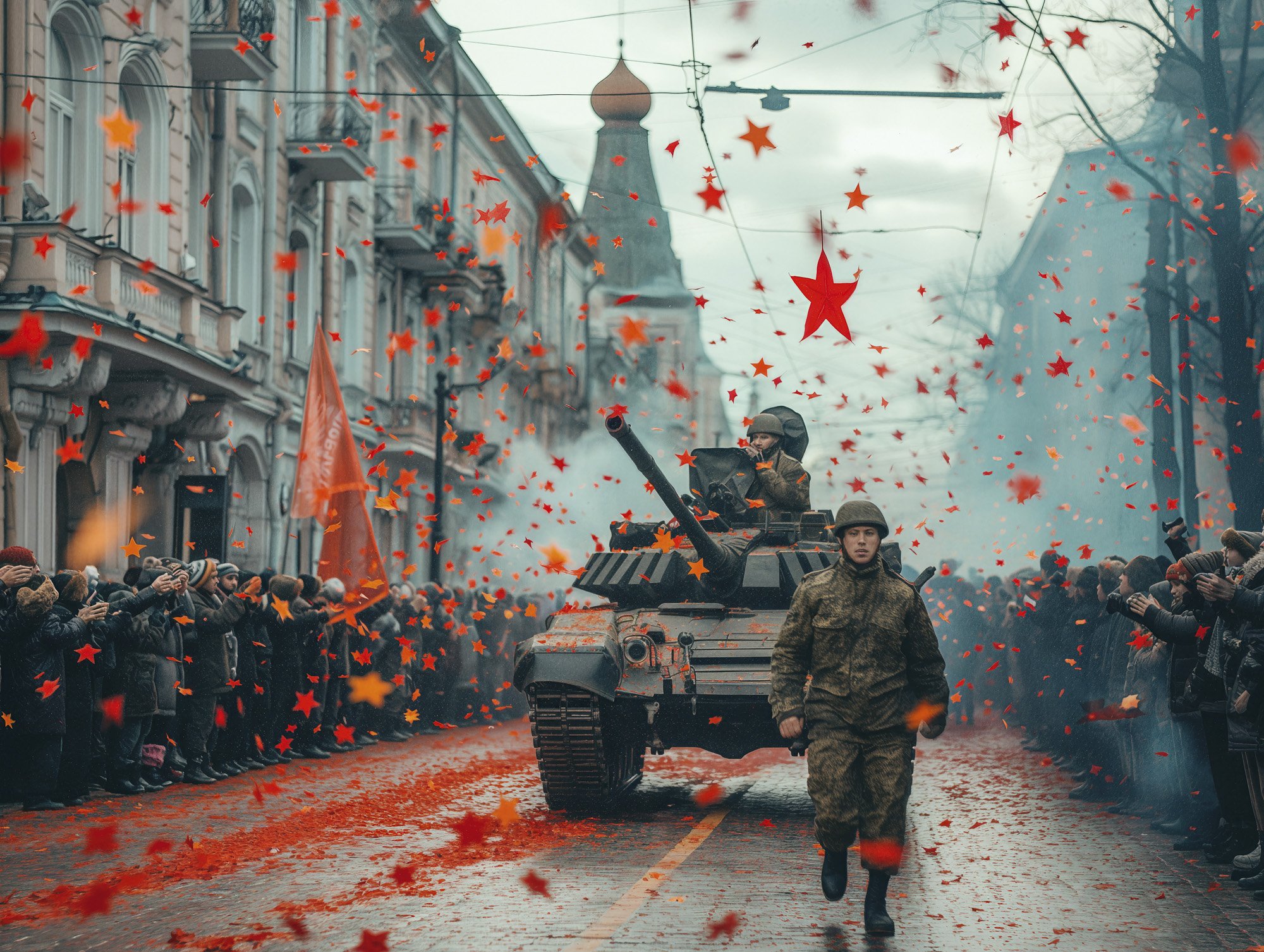
Putins Dream book23.jpg
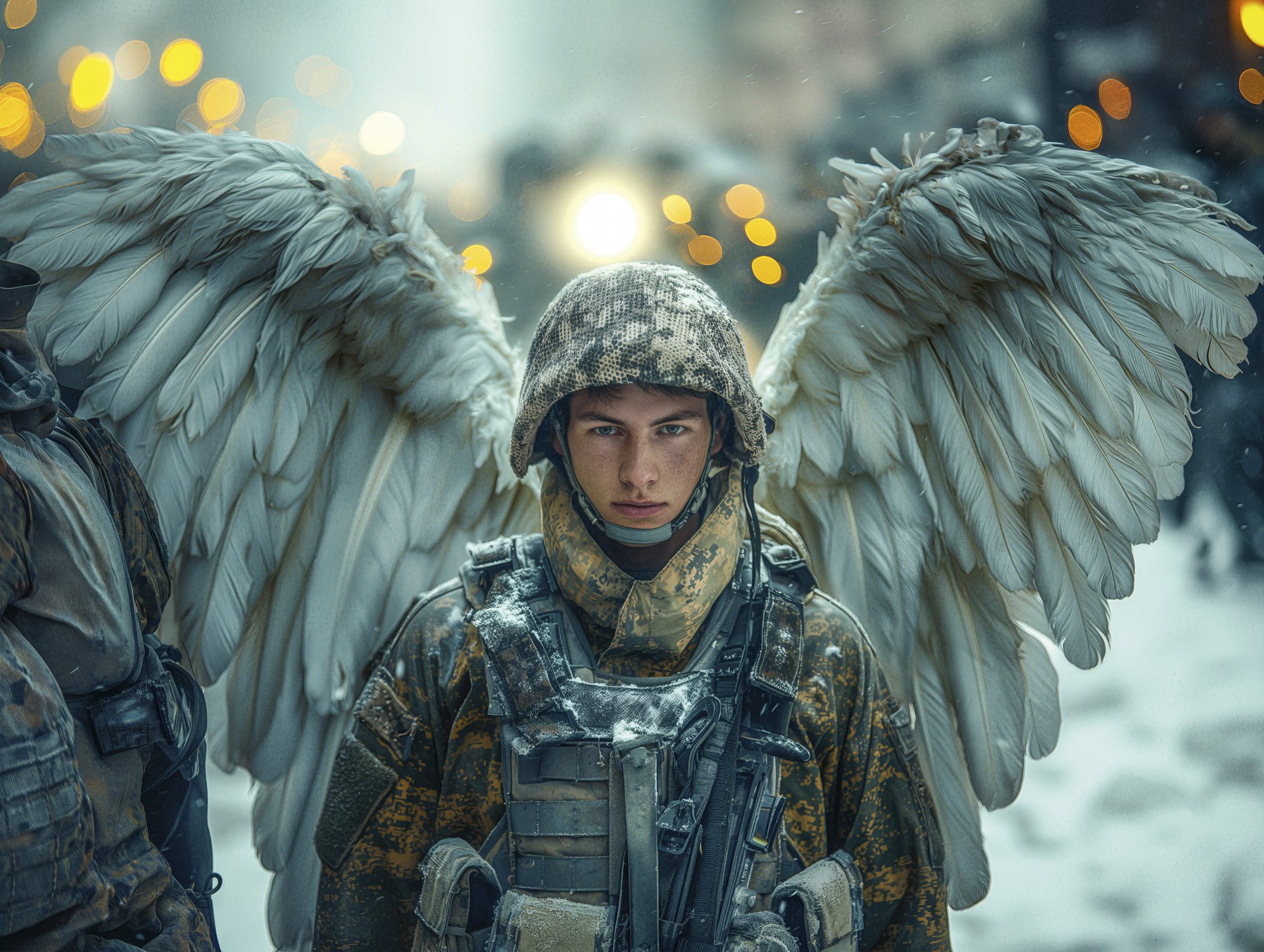
Putins Dream book24.jpg

Putins Dream book25.jpg
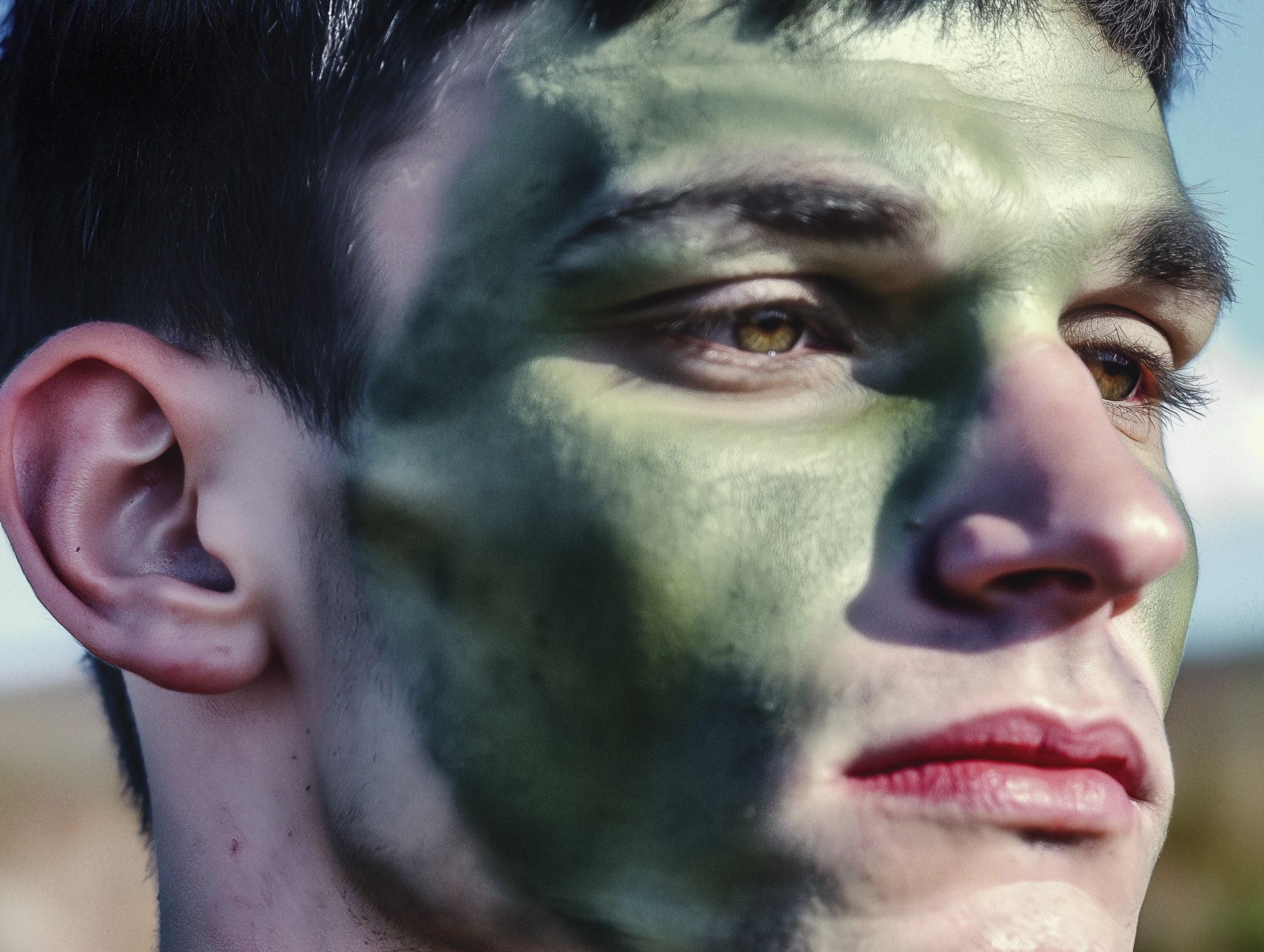
Putins Dream book30.jpg
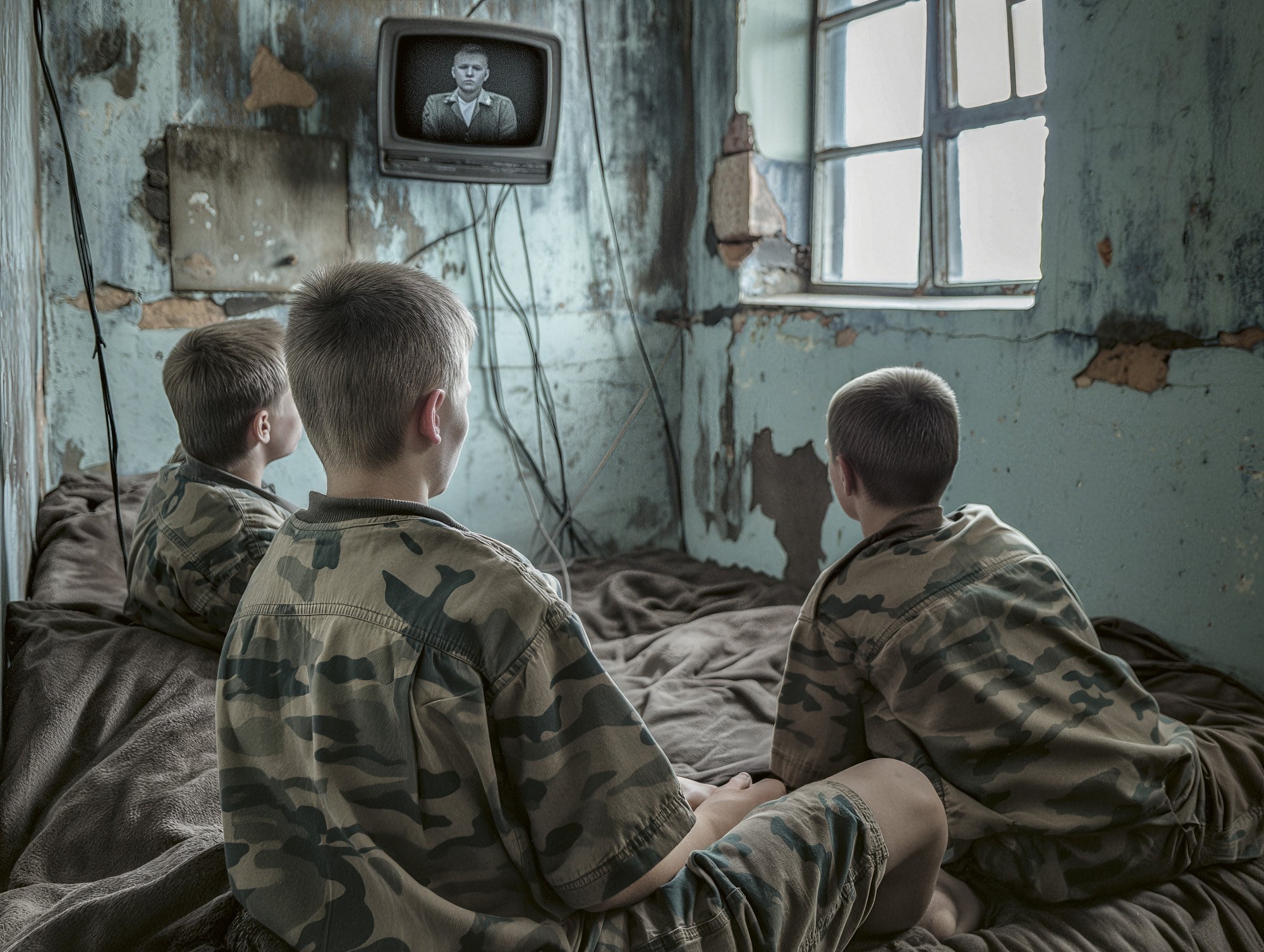
Putins Dream book31.jpg
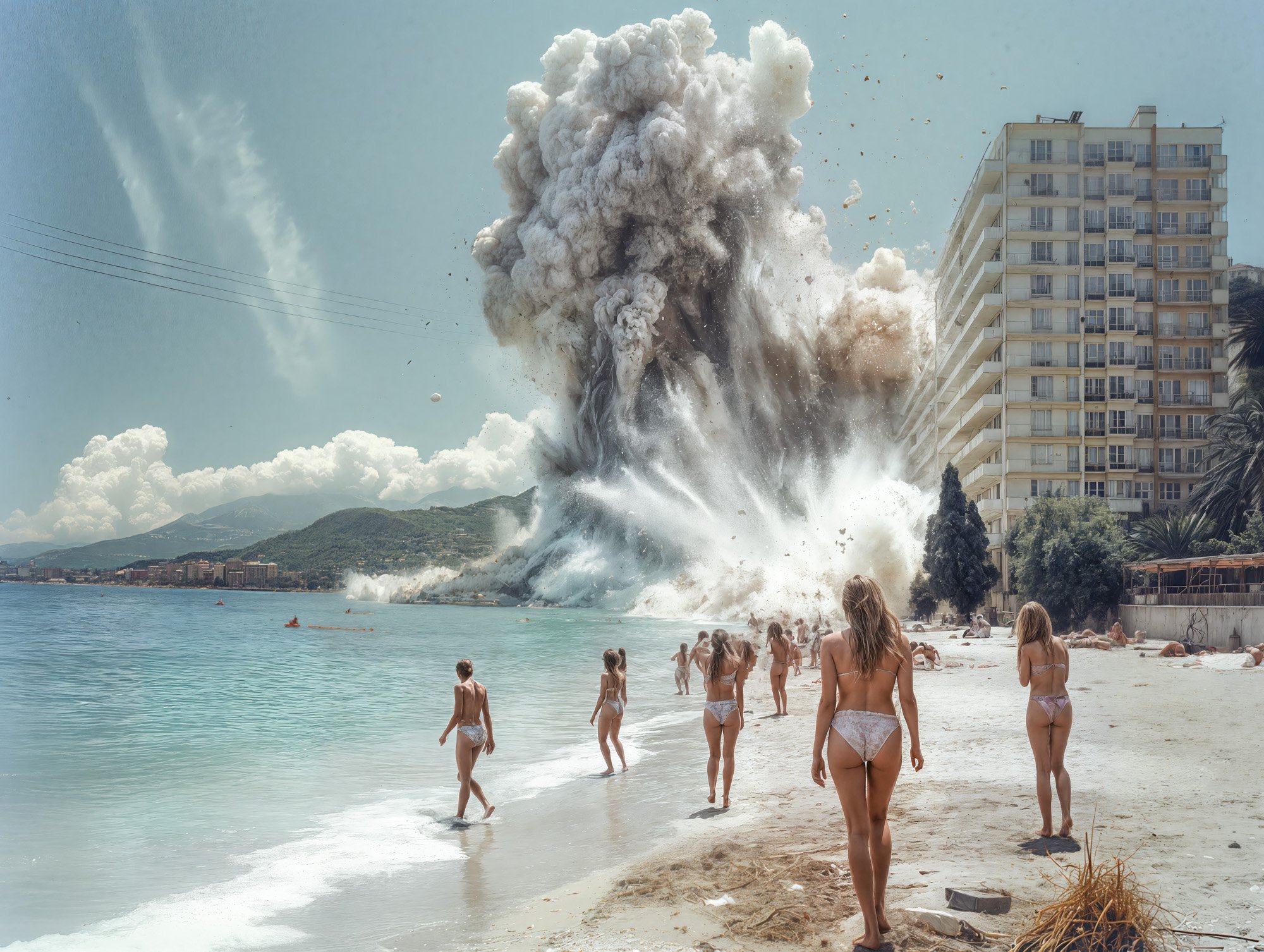
Putins Dream book33.jpg
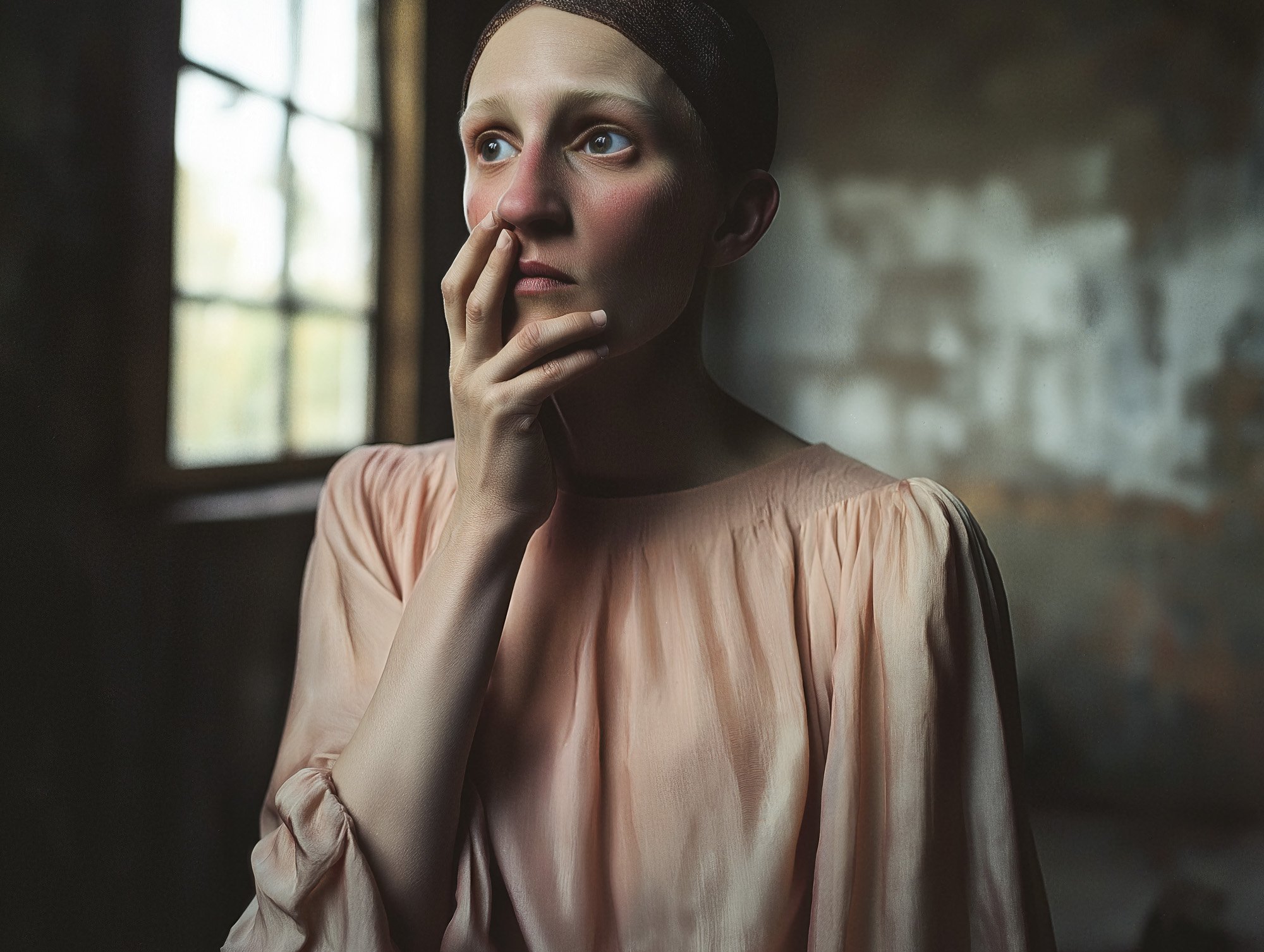
Putins Dream book35.jpg
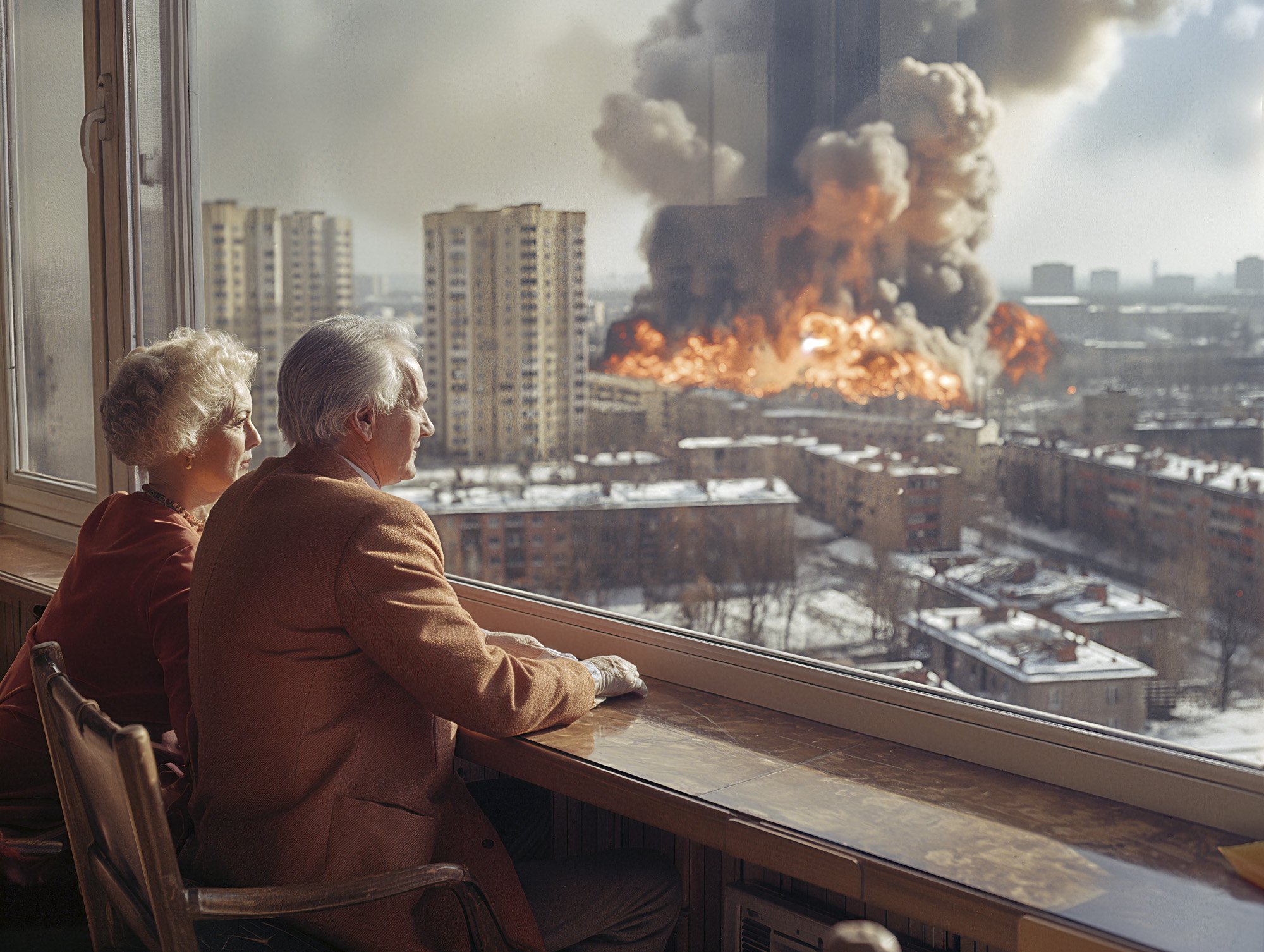
Putins Dream book37.jpg
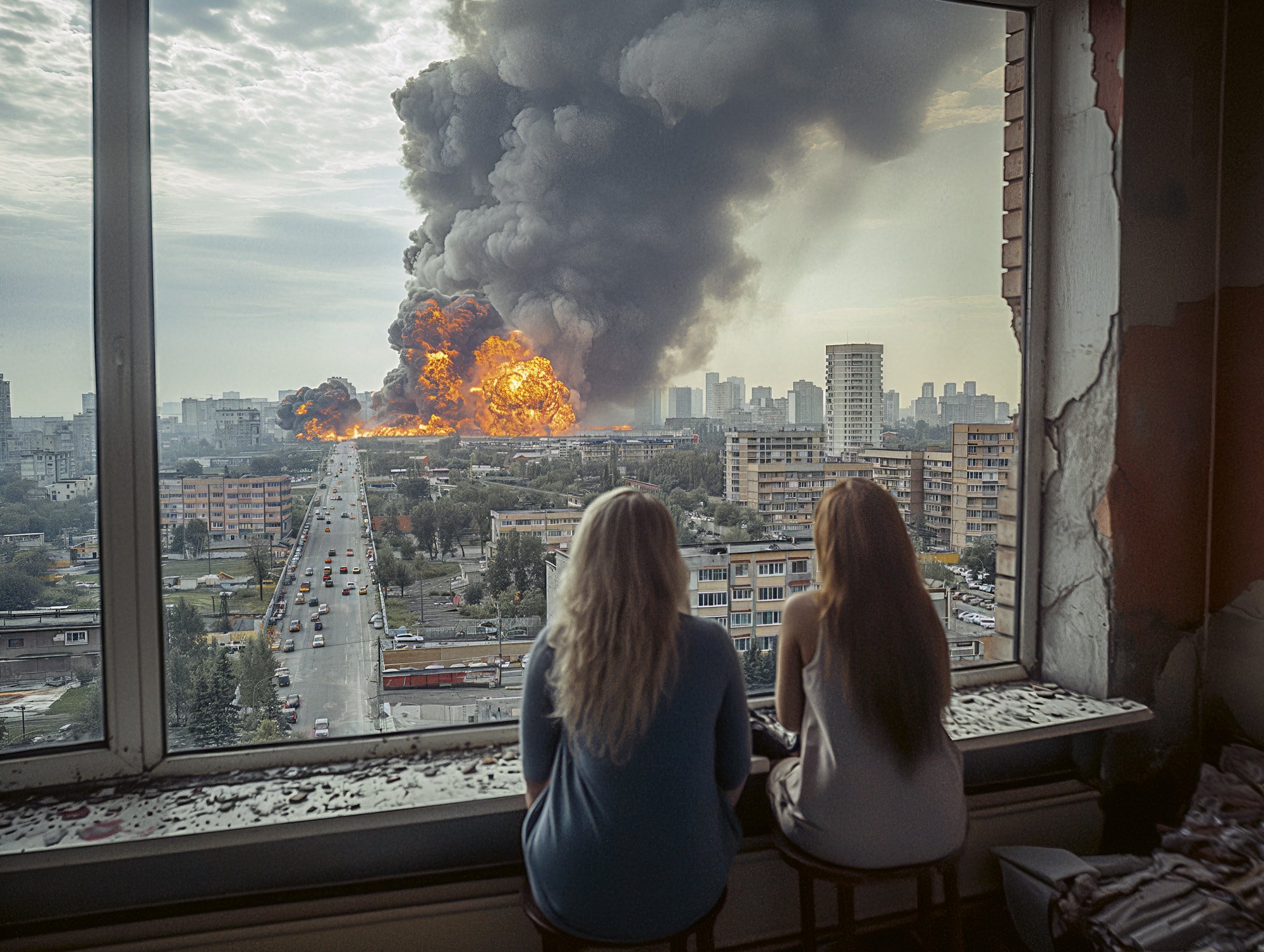
Putins Dream book38.jpg
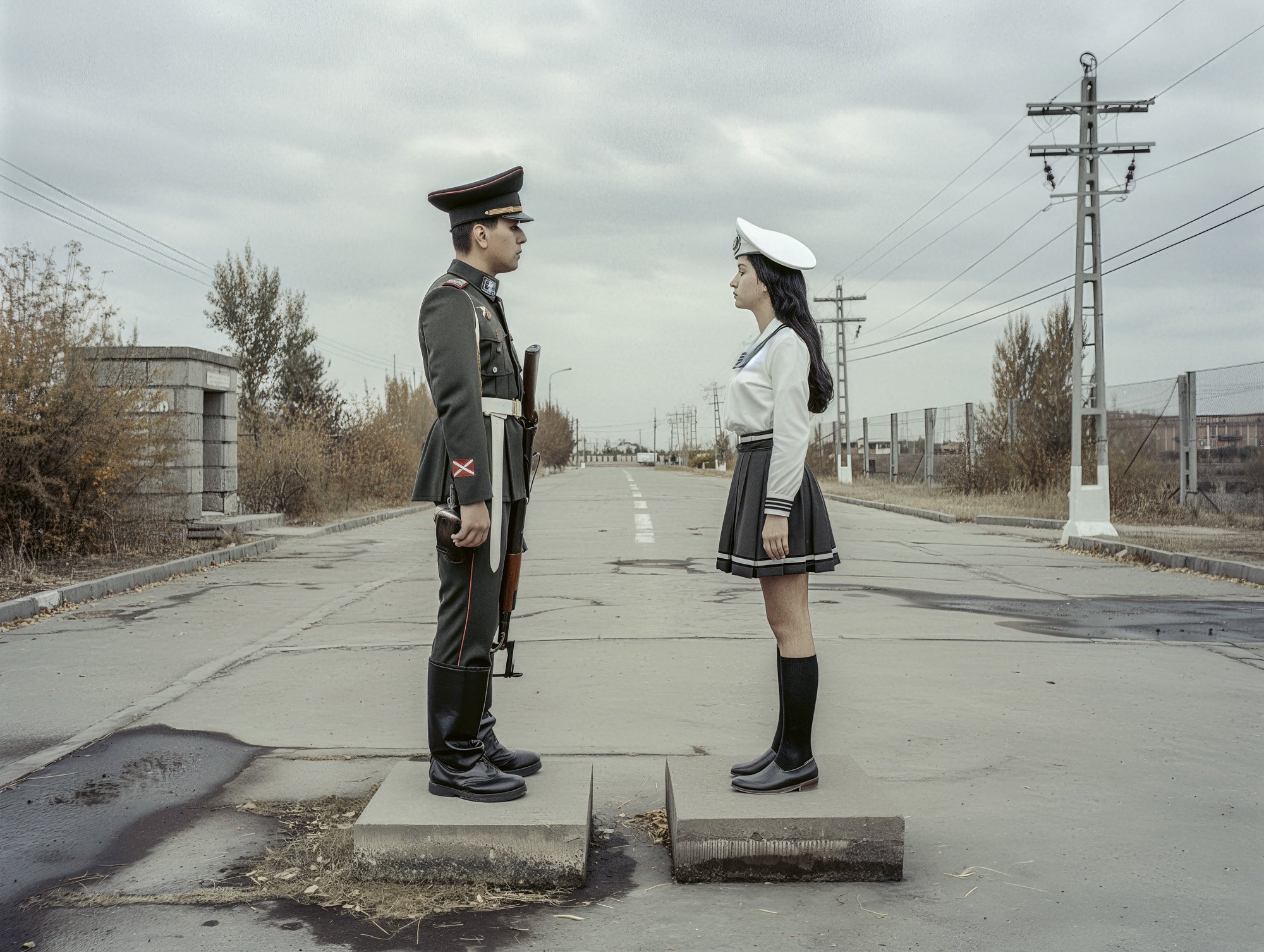
Putins Dream book39.jpg
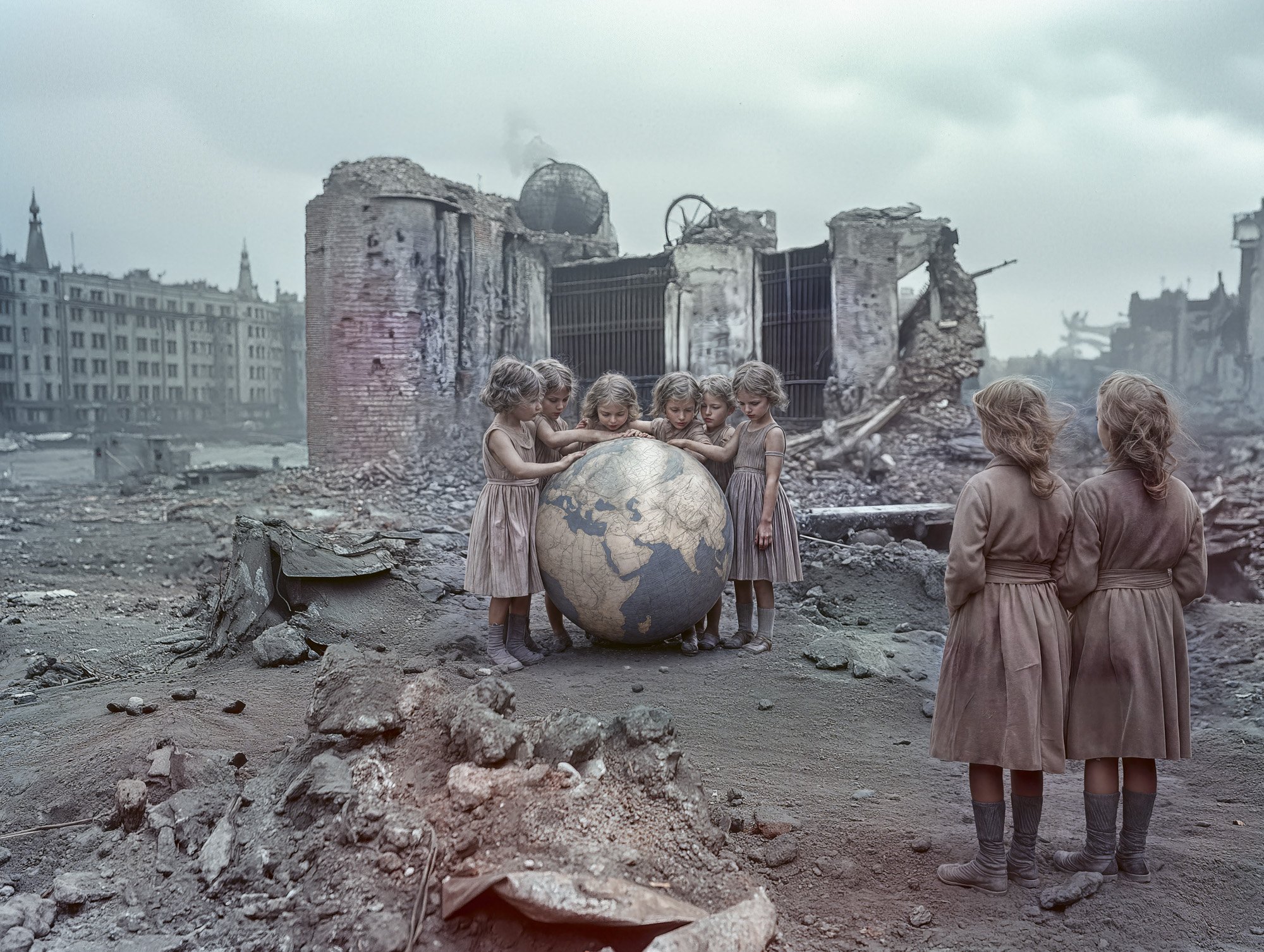
Putins Dream book40.jpg
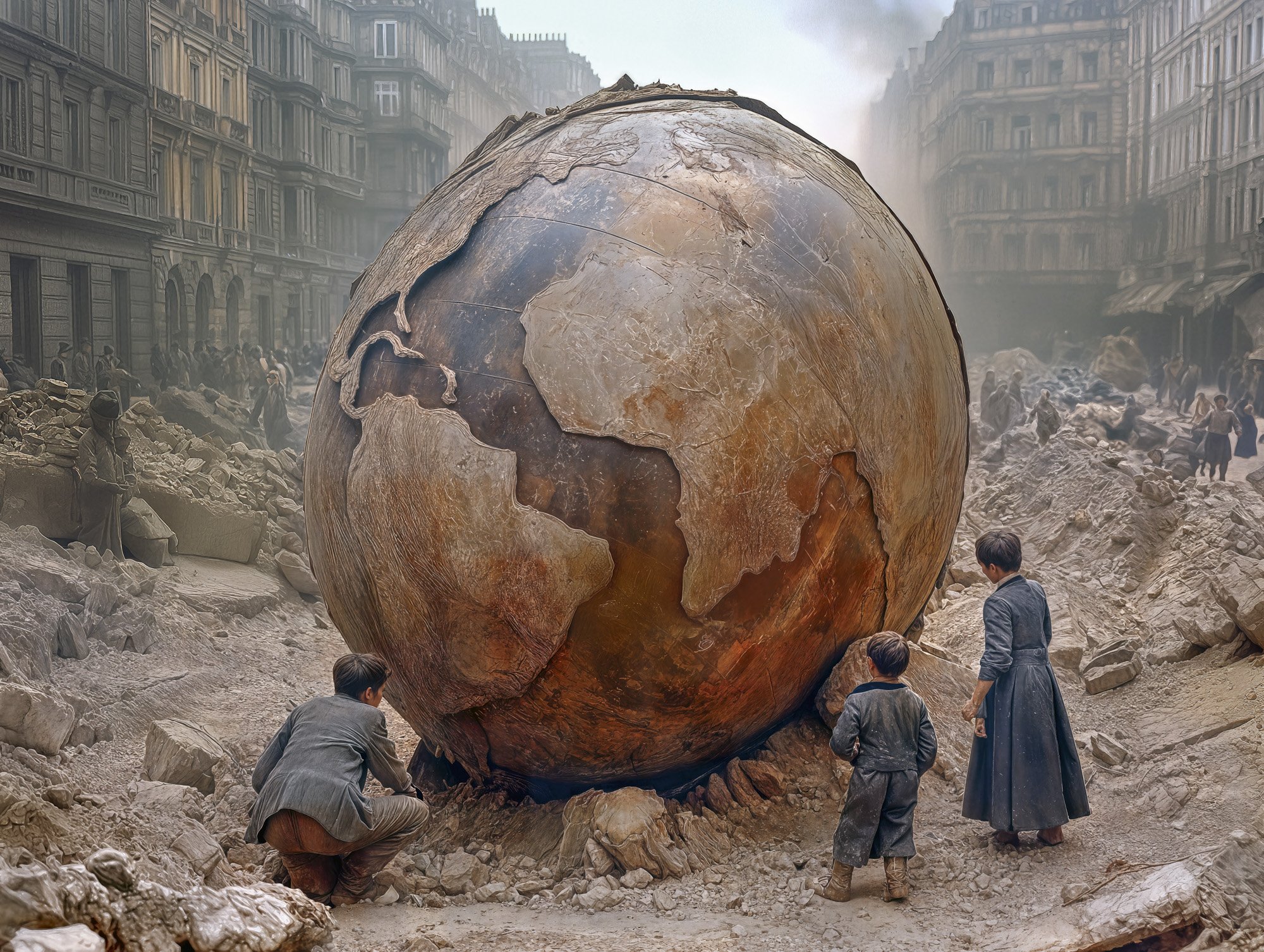
Putins Dream book41.jpg

Putins Dream book43.jpg
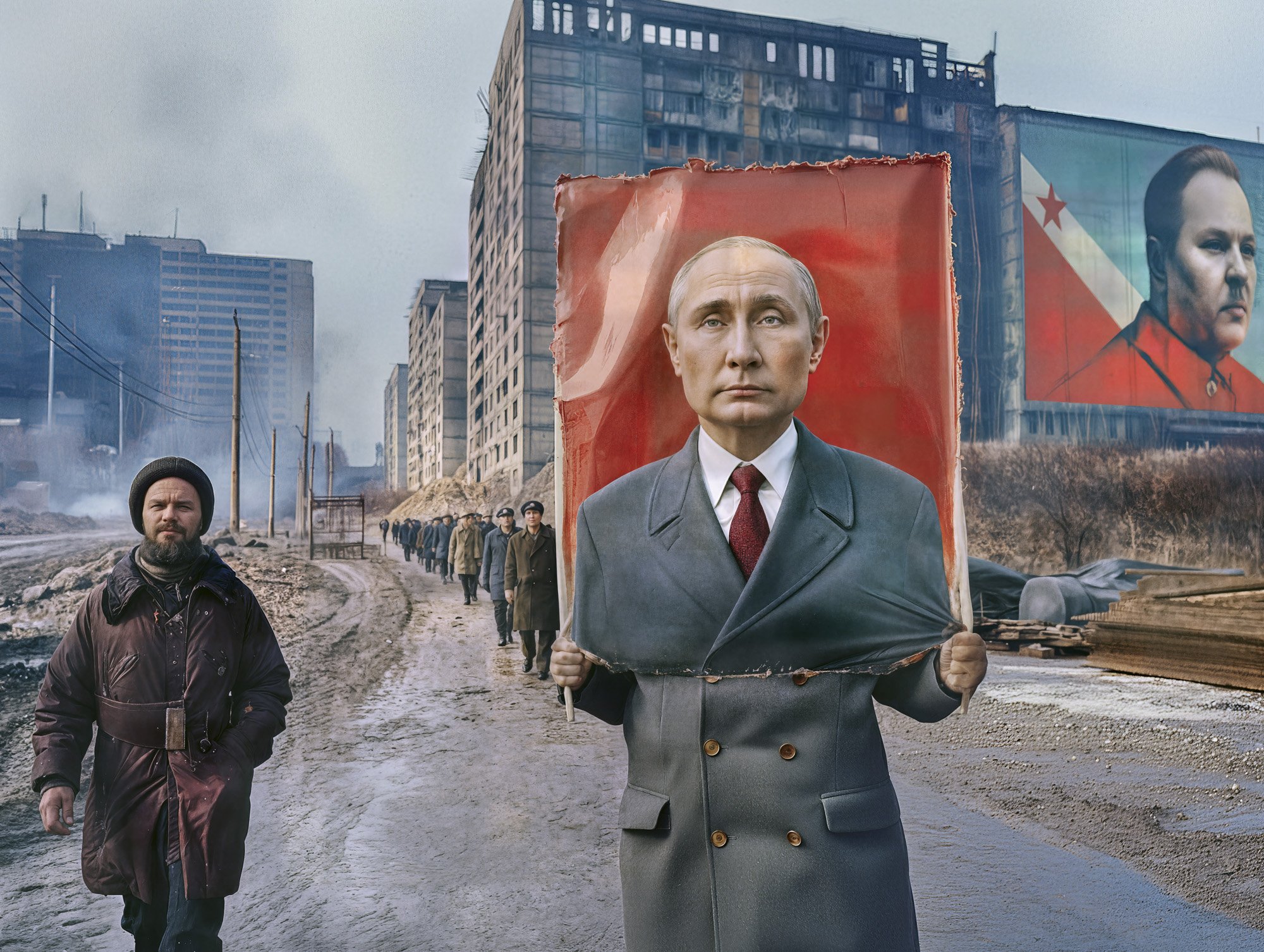
Putins Dream book45.jpg

Putins Dream book46.jpg
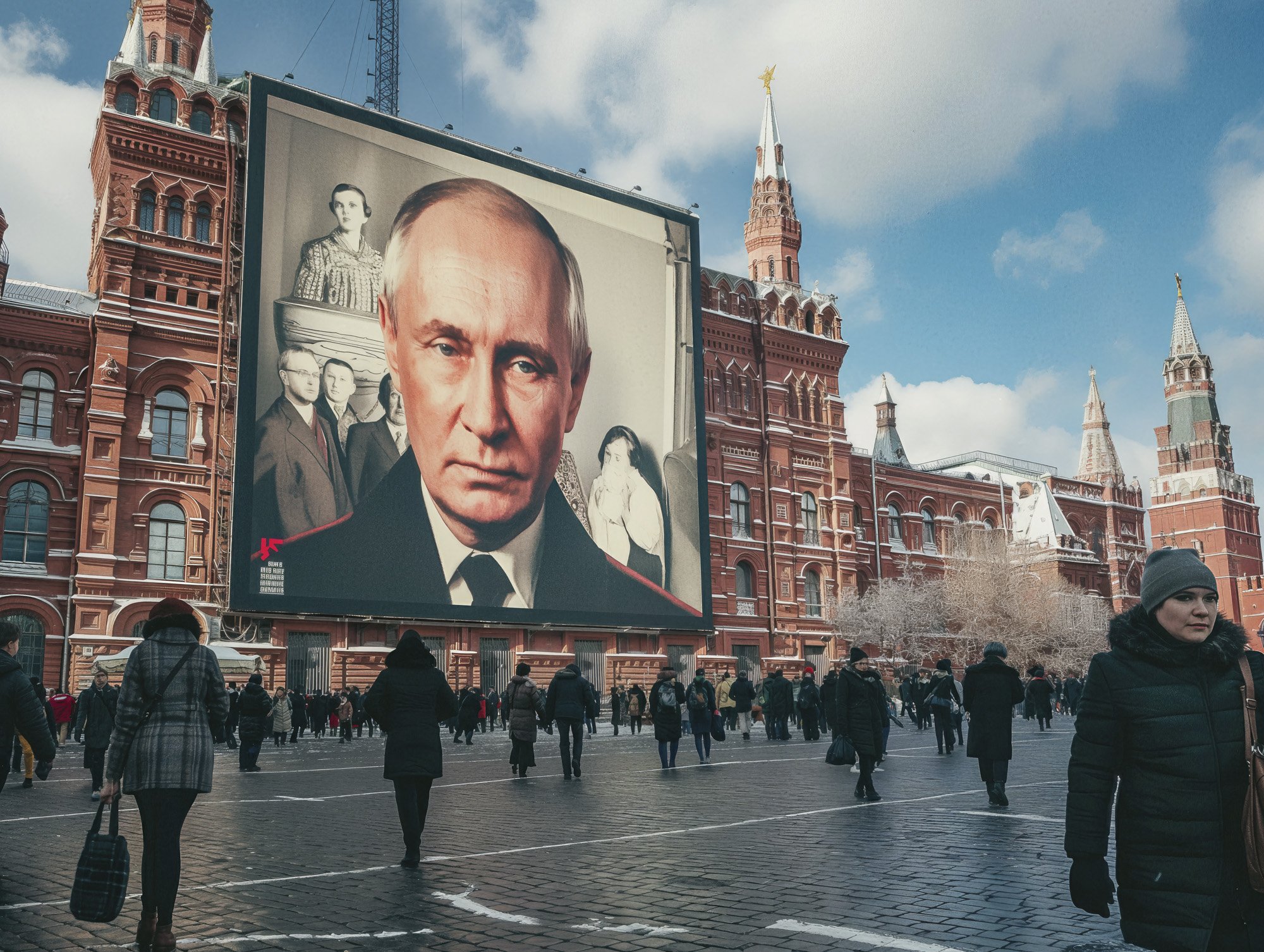
Putins Dream book47.jpg

Putins Dream book48.jpg
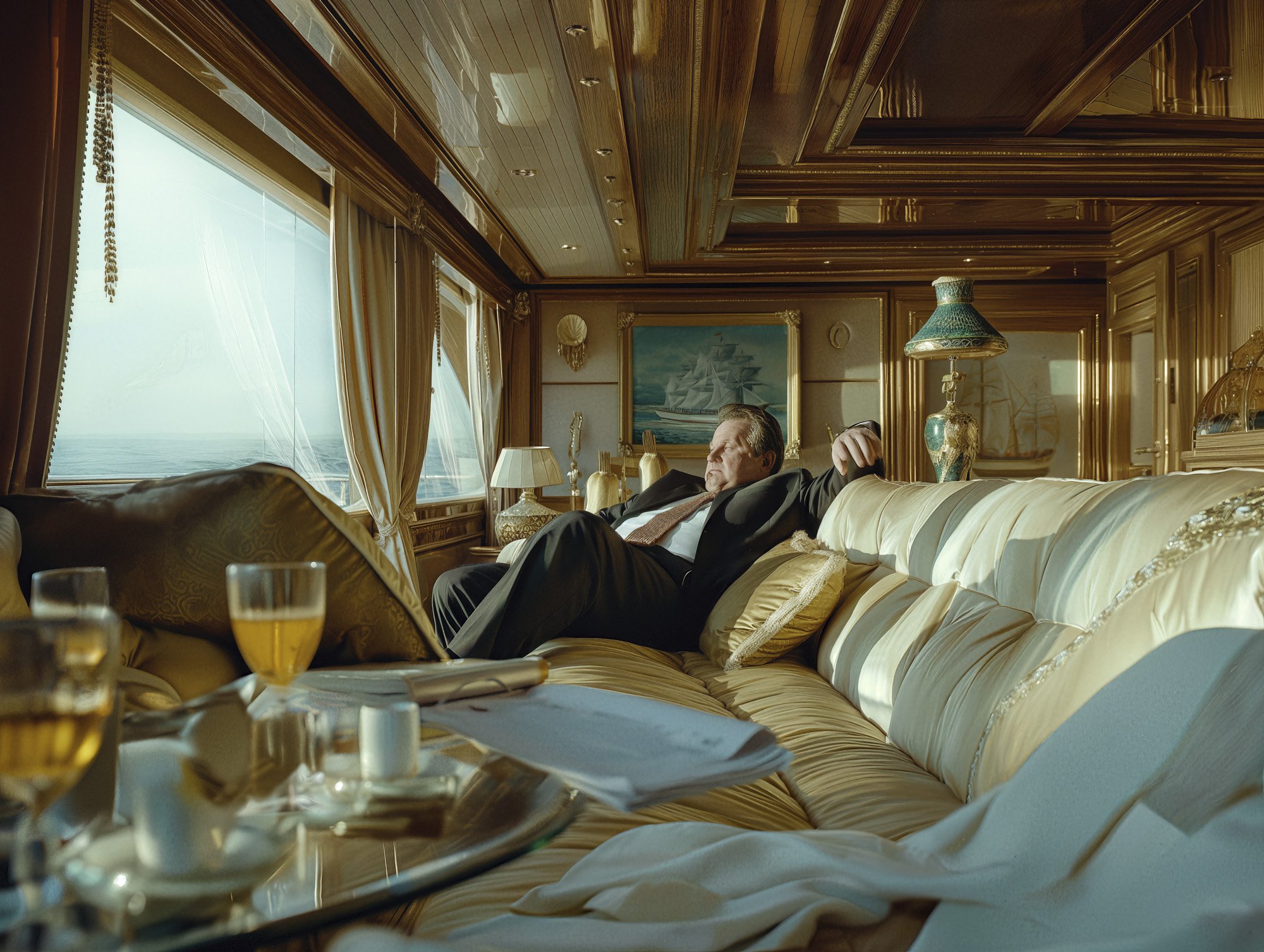
Putins Dream book49.jpg
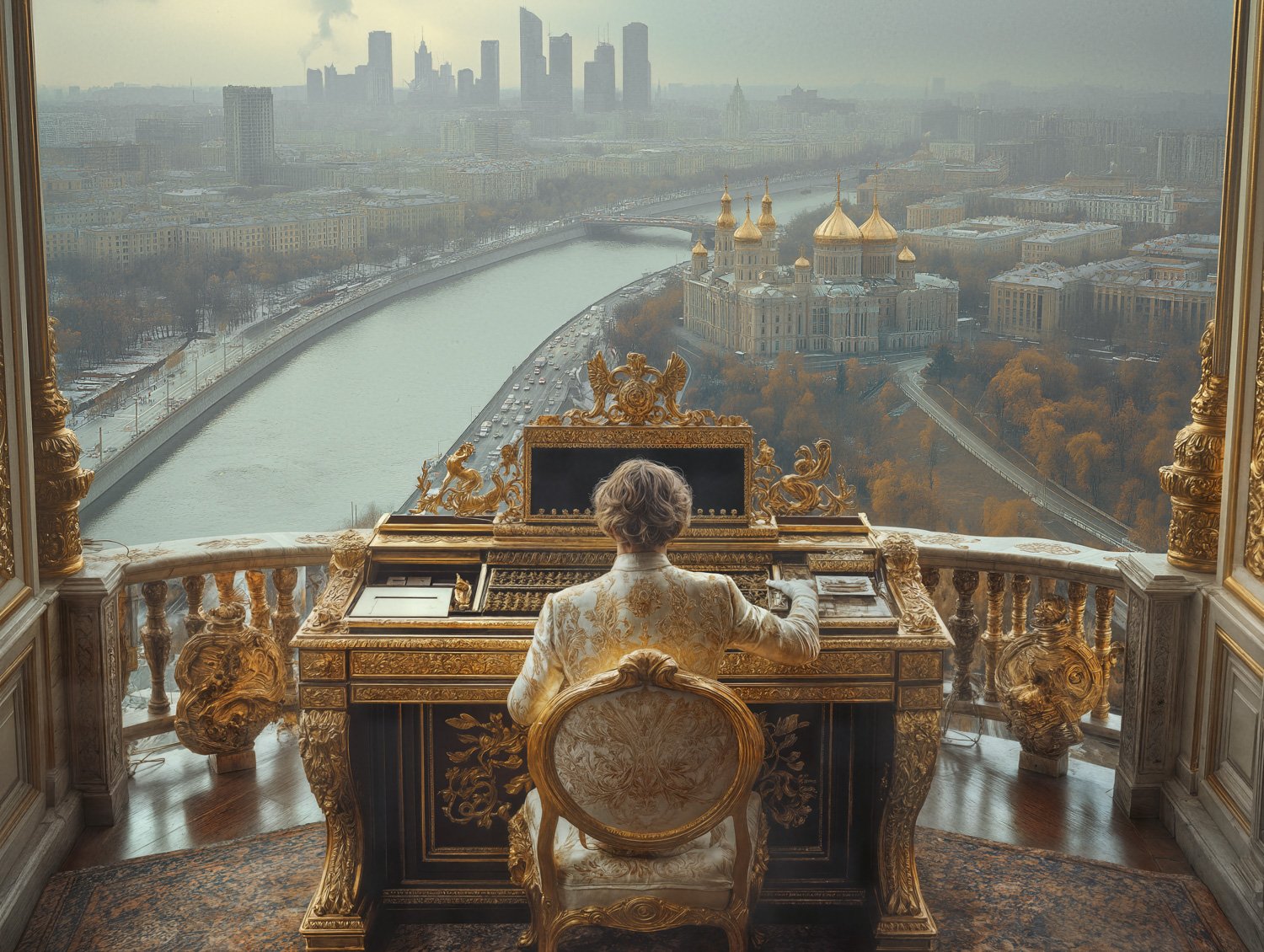
Putins Dream book51.jpg
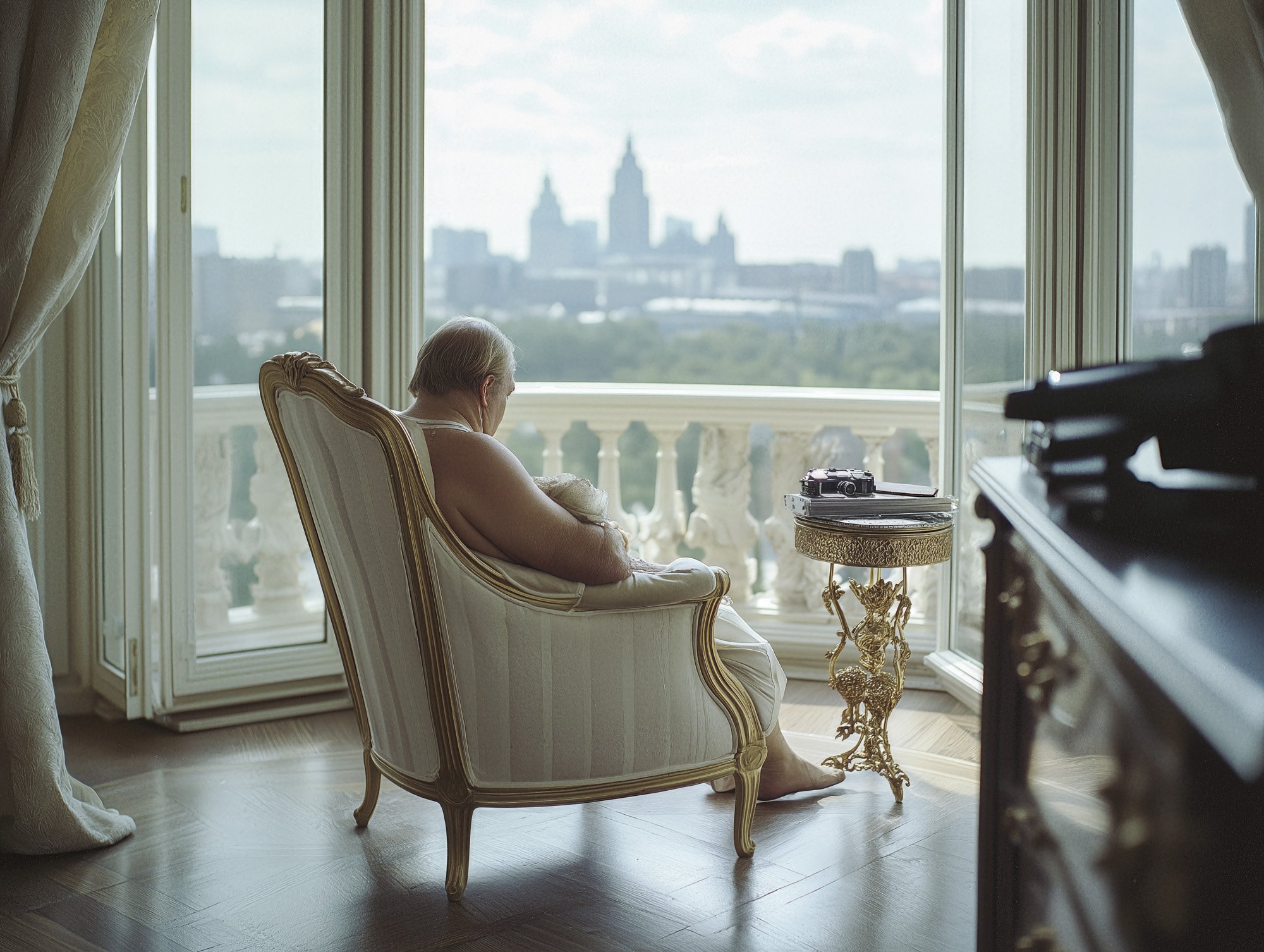
Putins Dream book53.jpg
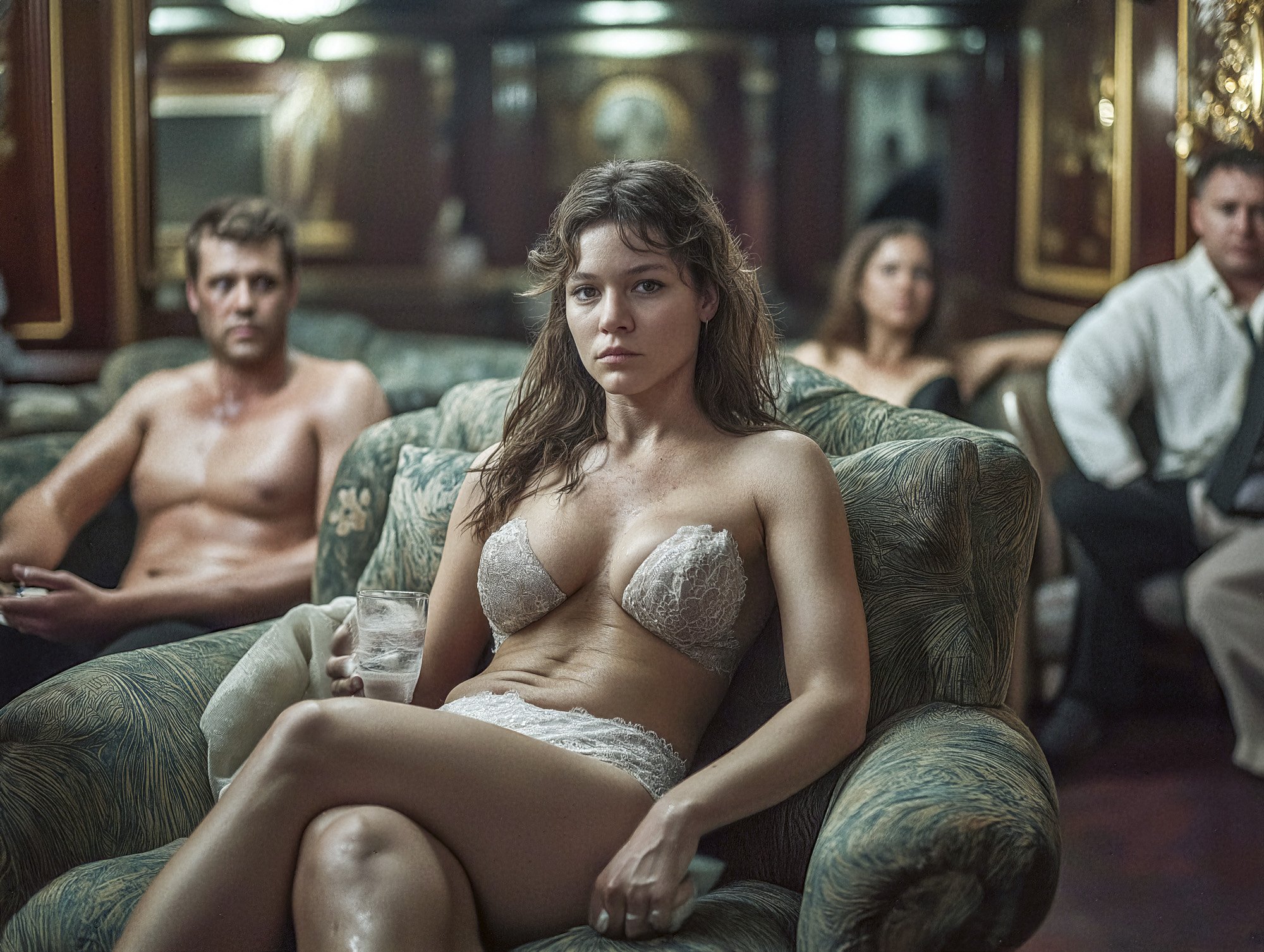
Putins Dream book54.jpg
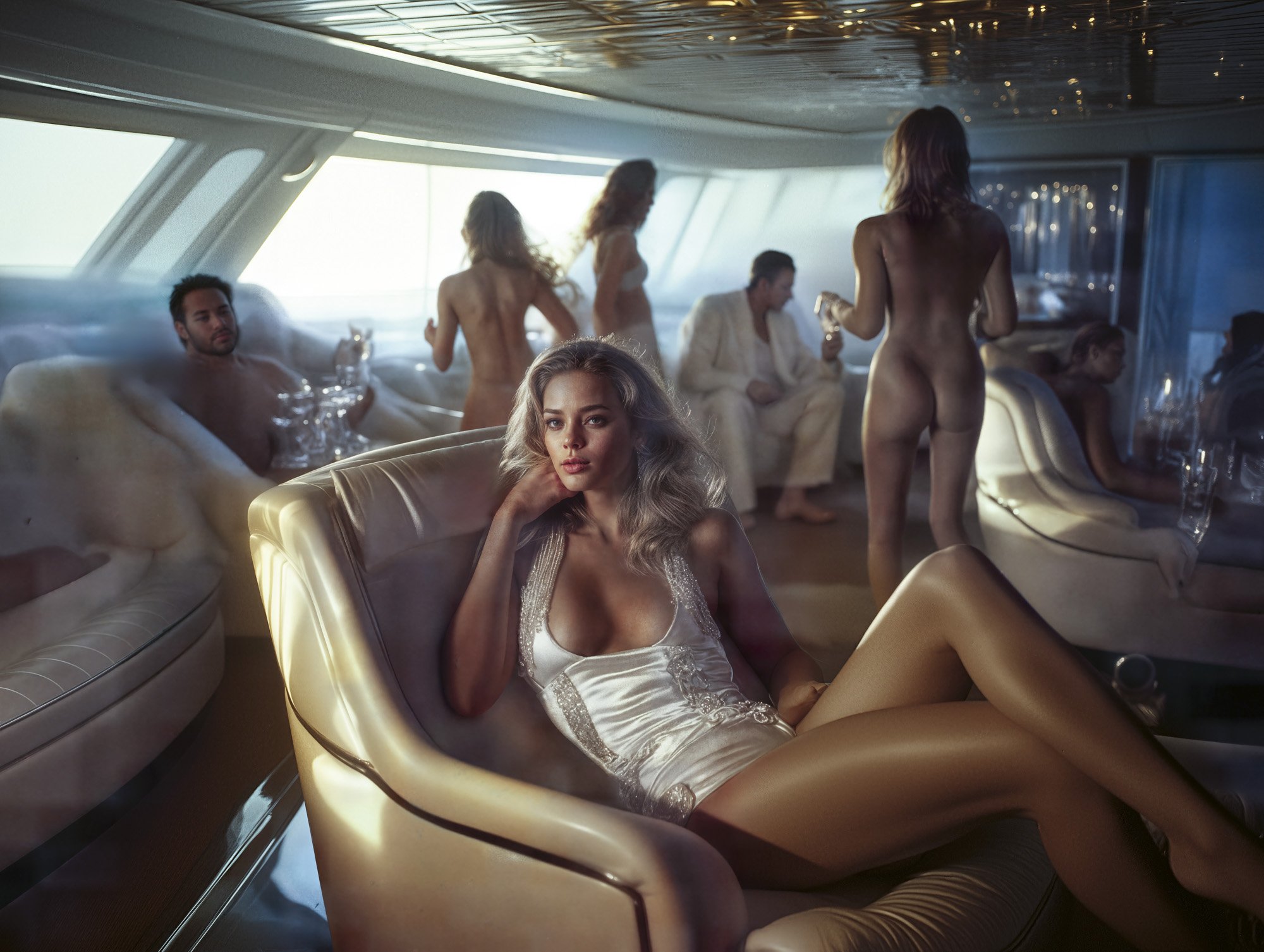
Putins Dream book55.jpg
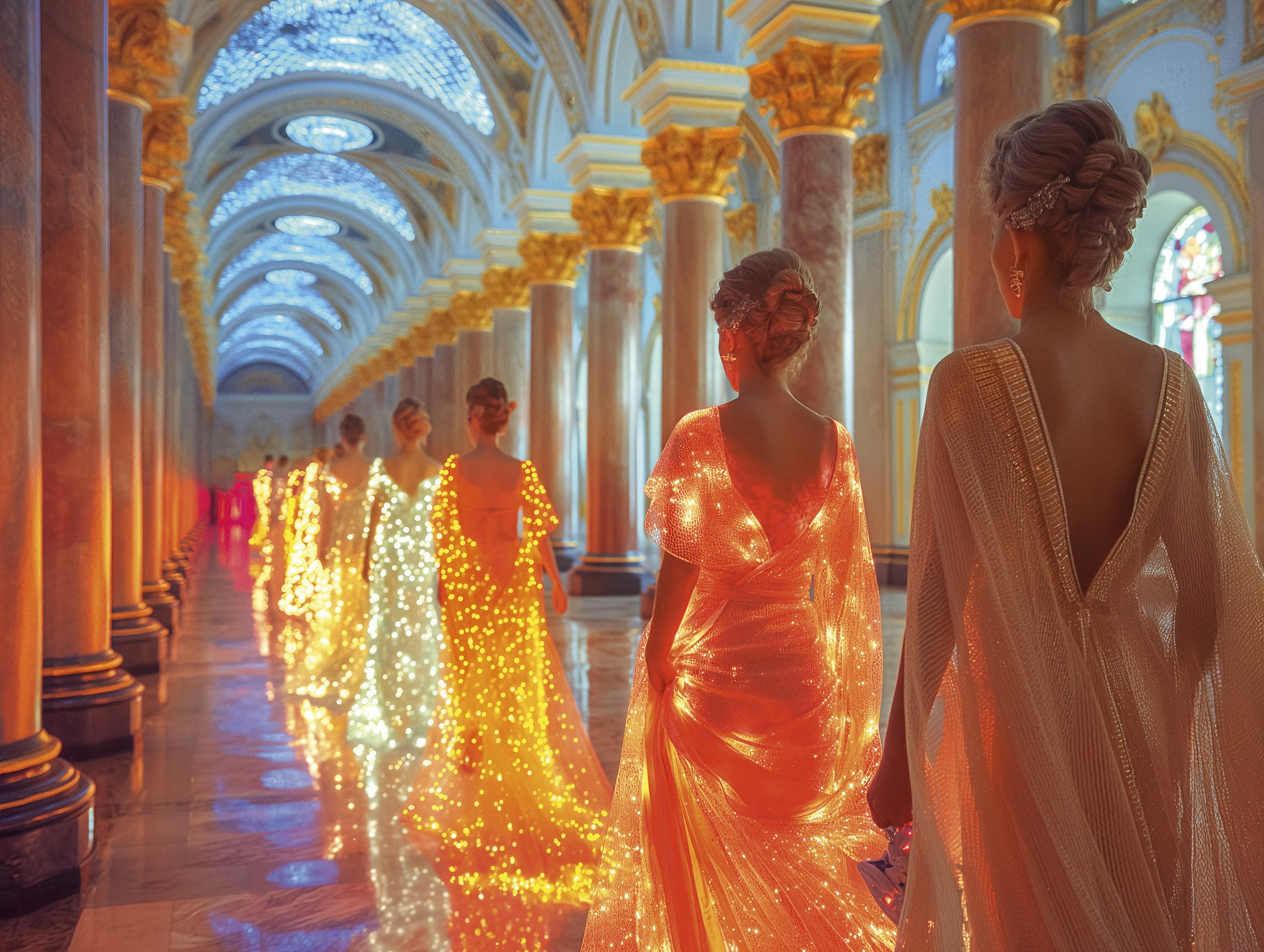
Putins Dream book56.jpg
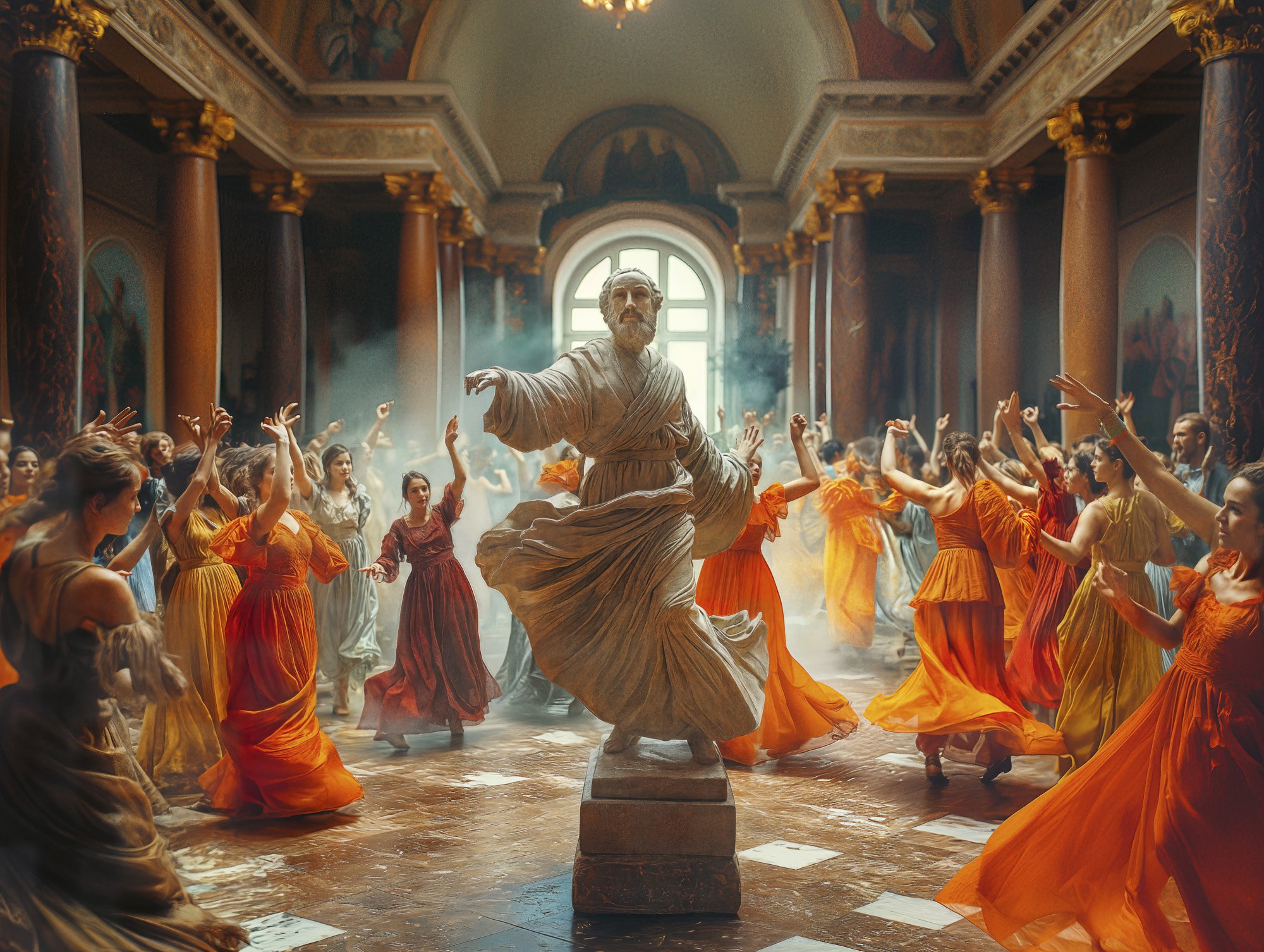
Putins Dream book57.jpg
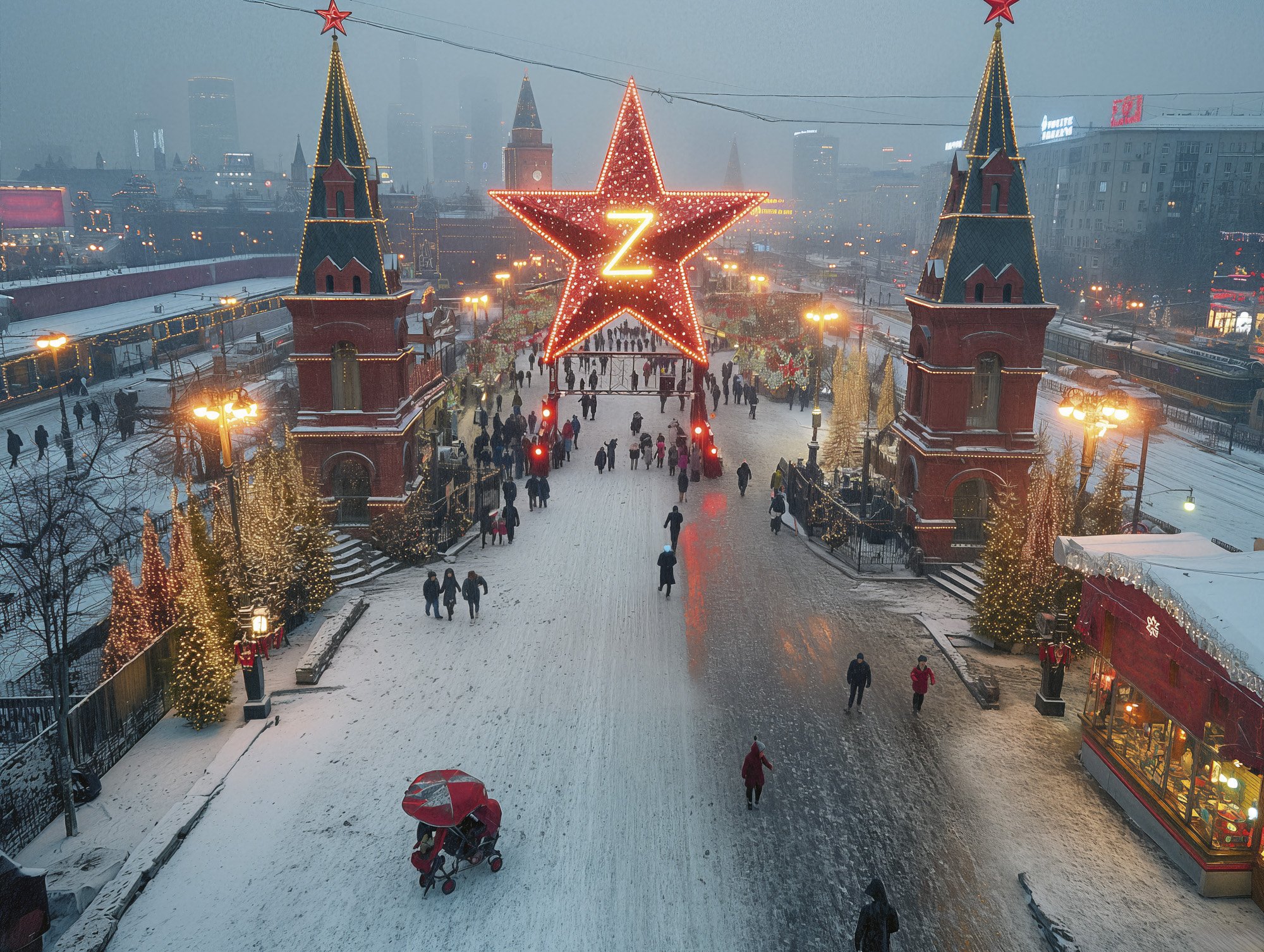
Putins Dream book58.jpg

Putins Dream book59.jpg
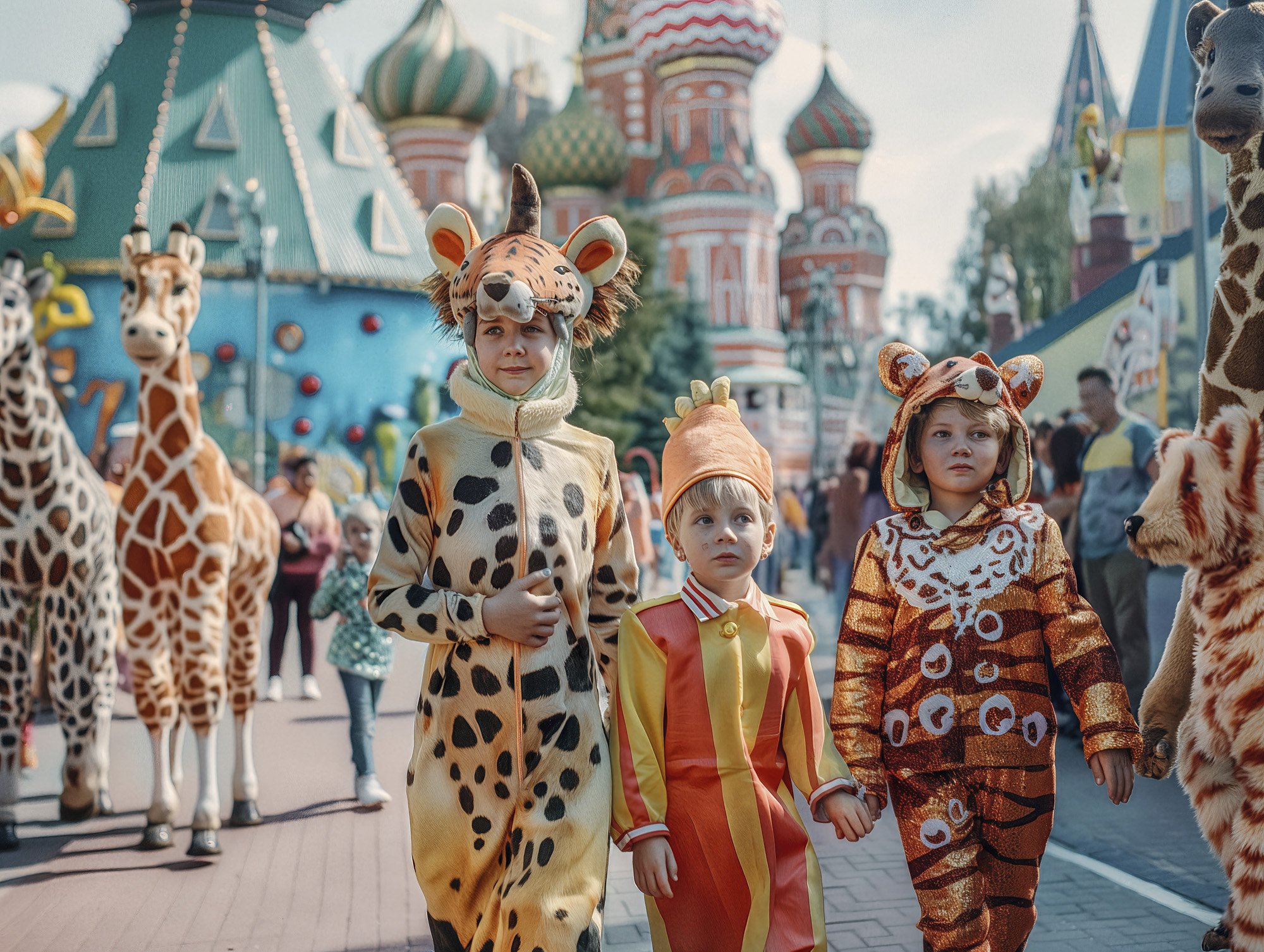
Putins Dream book60.jpg
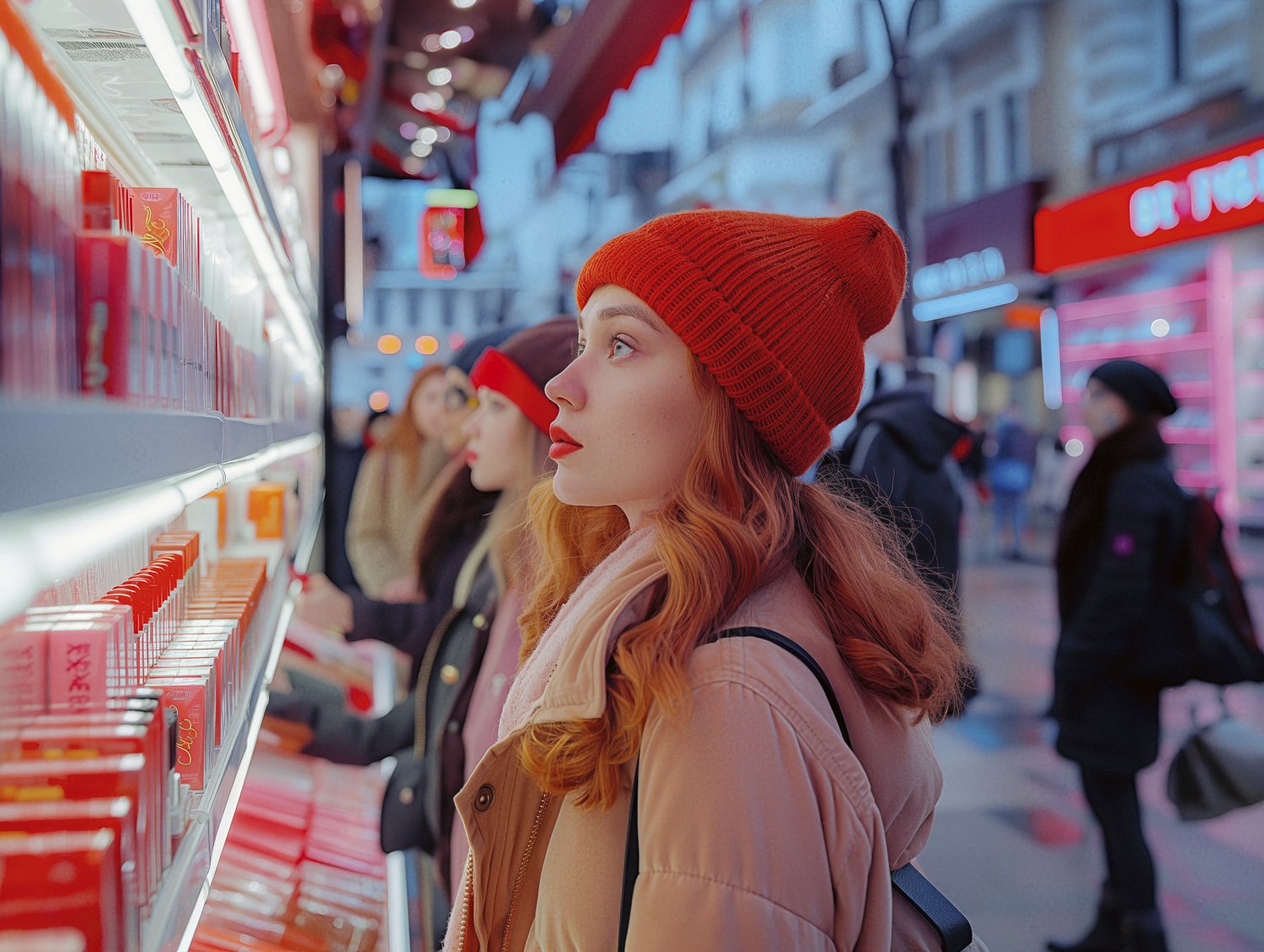
Putins Dream book61.jpg

Putins Dream book62.jpg
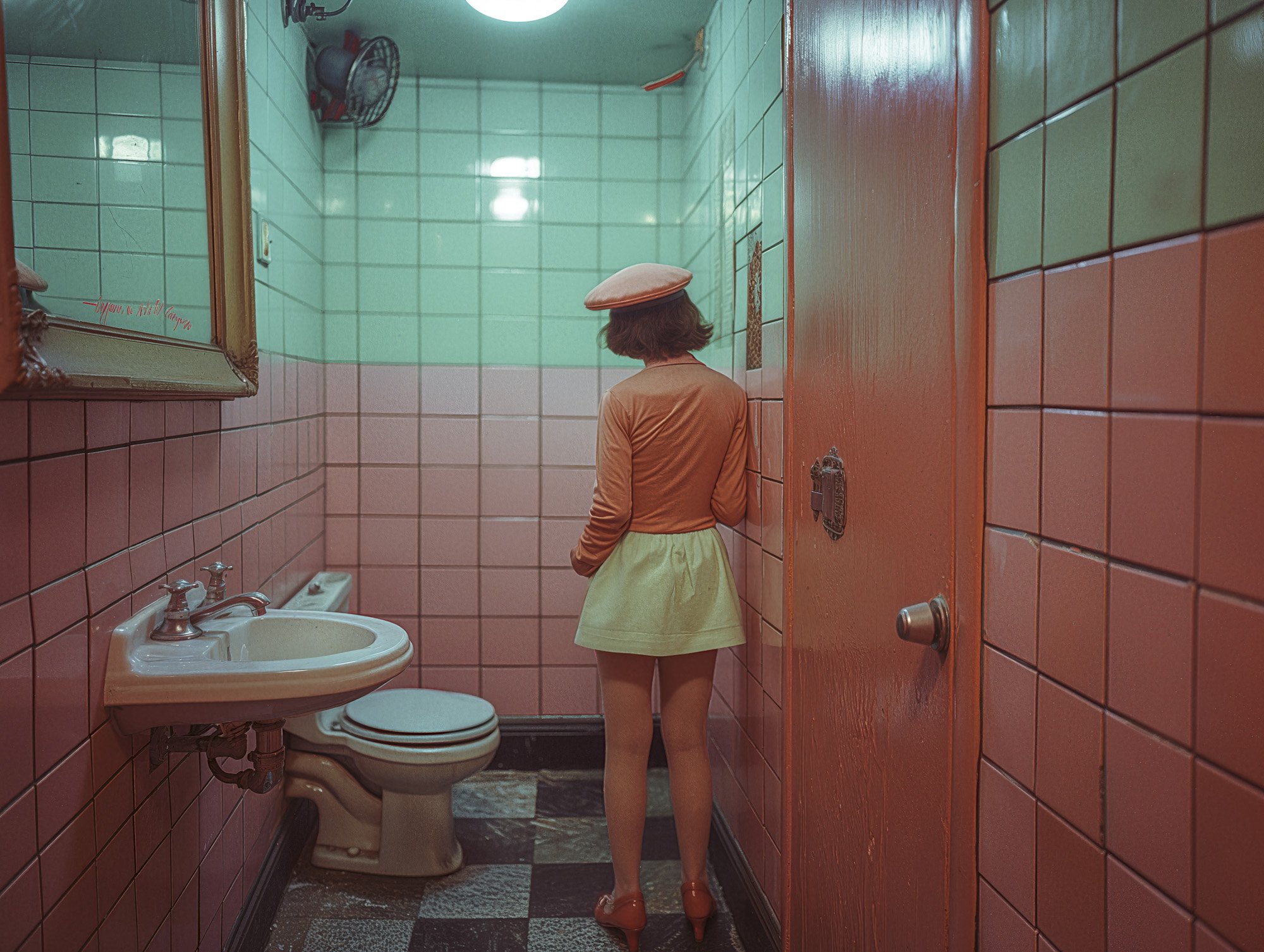
Putins Dream book64.jpg
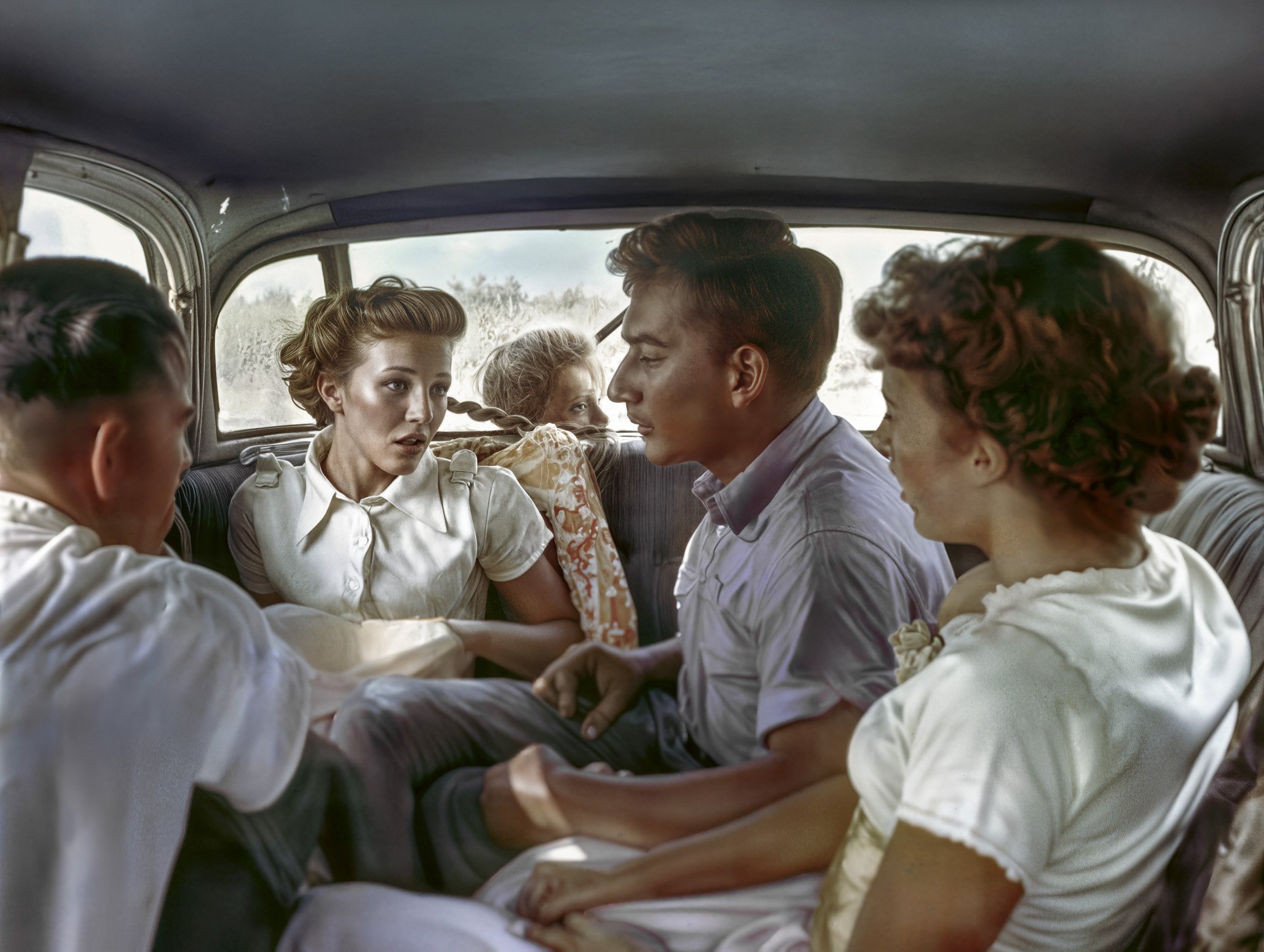
Putins Dream book65.jpg

Putins Dream book67.jpg
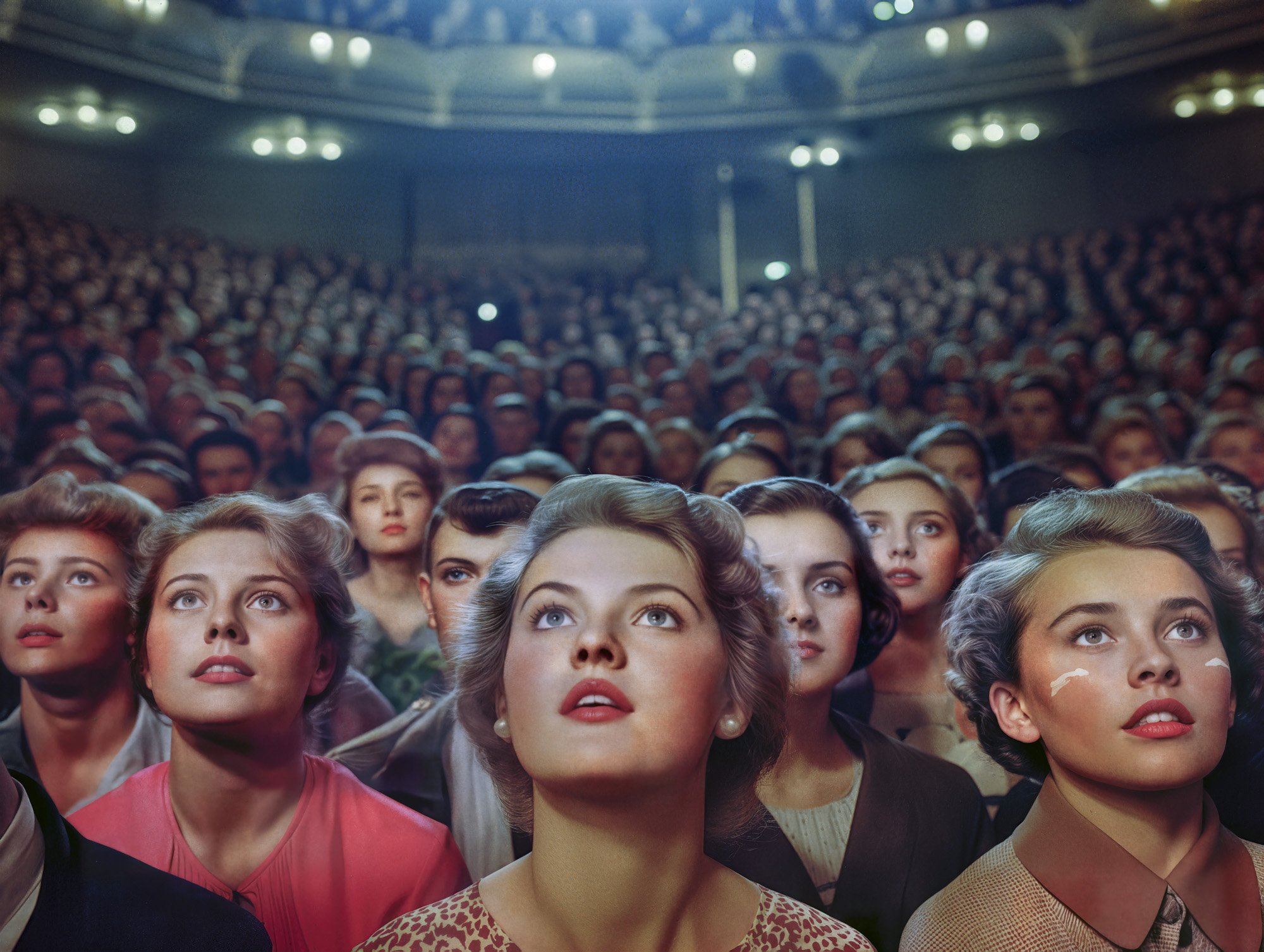
Putins Dream book69.jpg
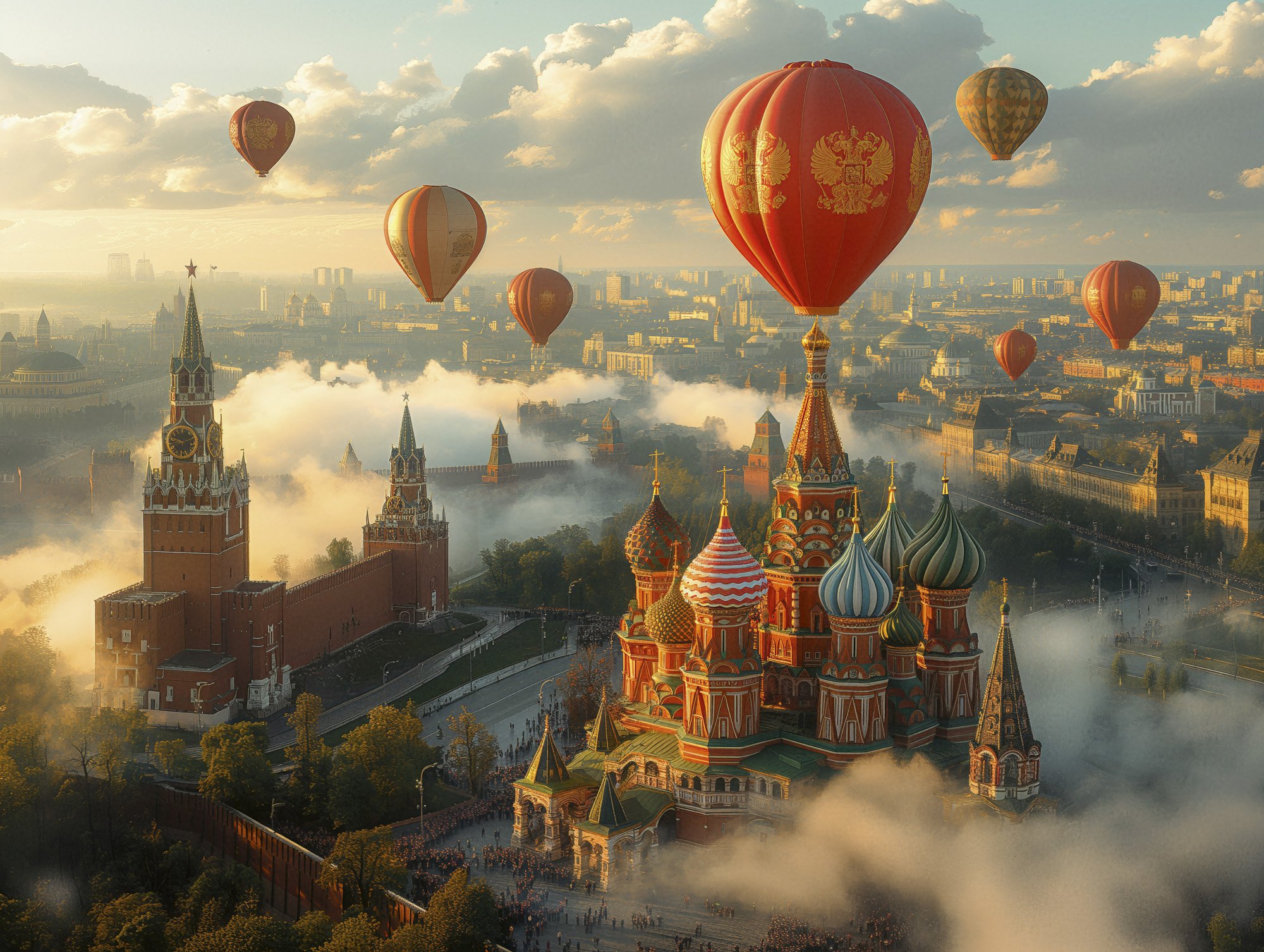
Putins Dream book70.jpg
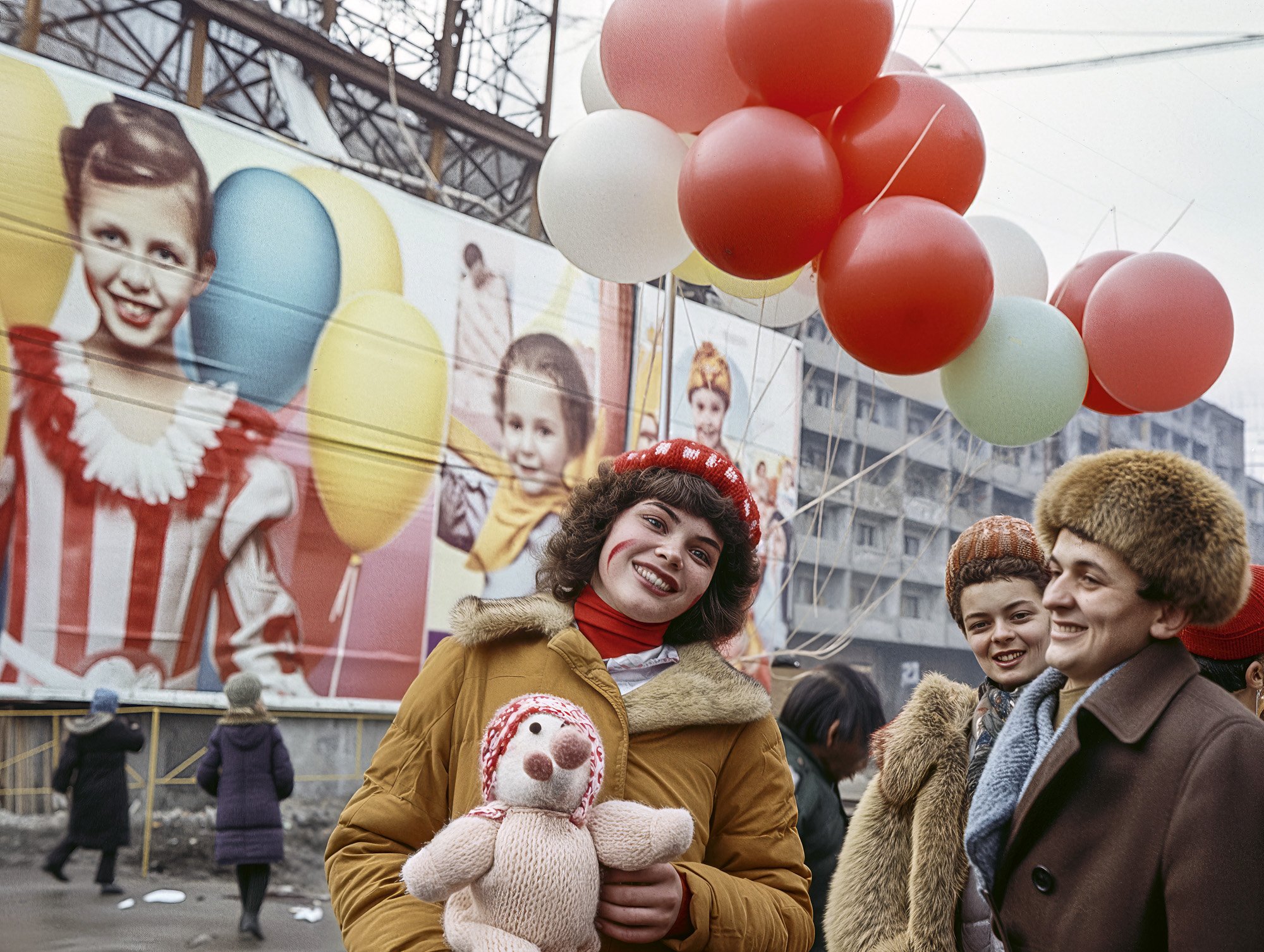
Putins Dream book71.jpg
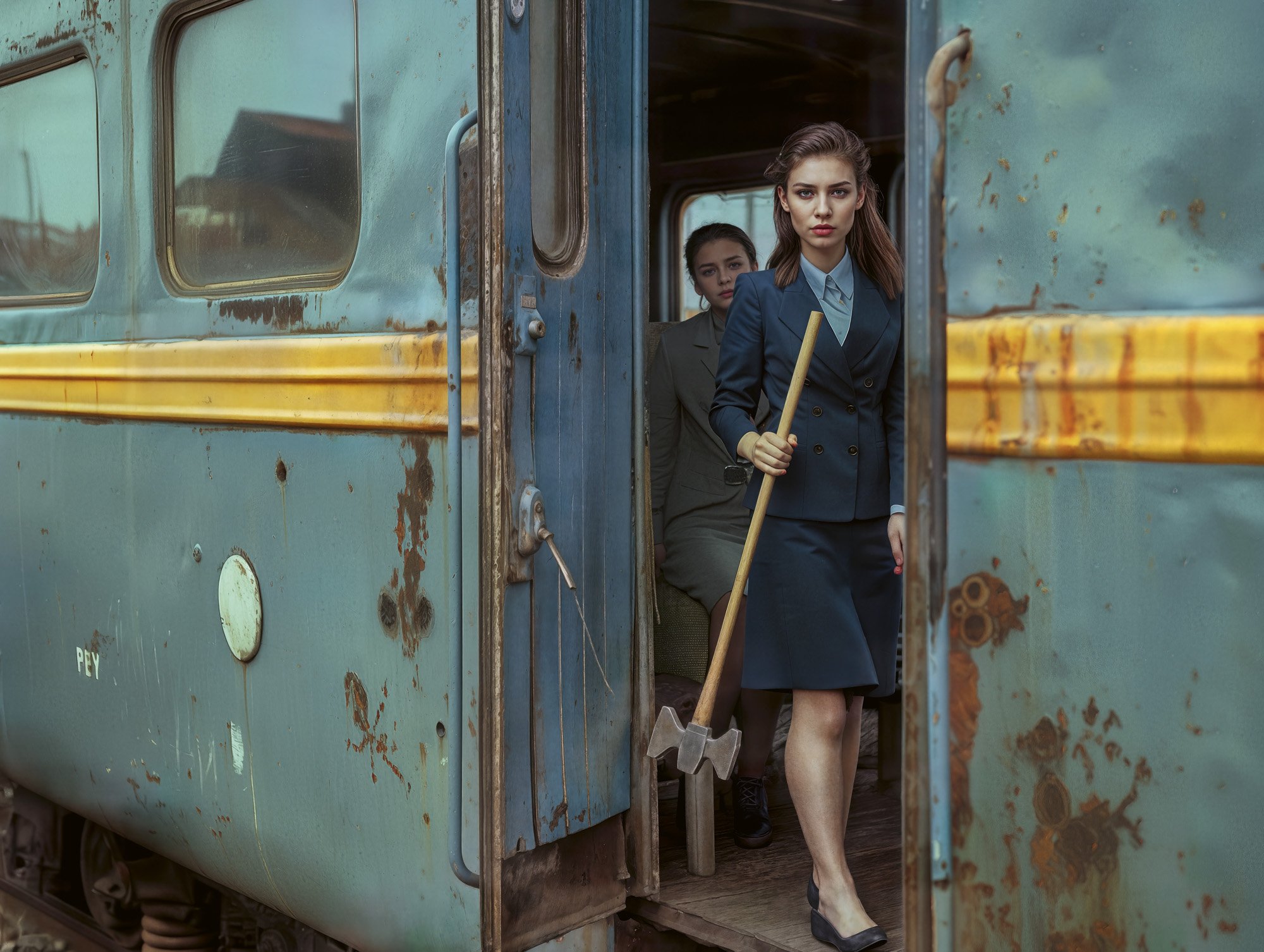
Putins Dream book73.jpg

Putins Dream book75.jpg
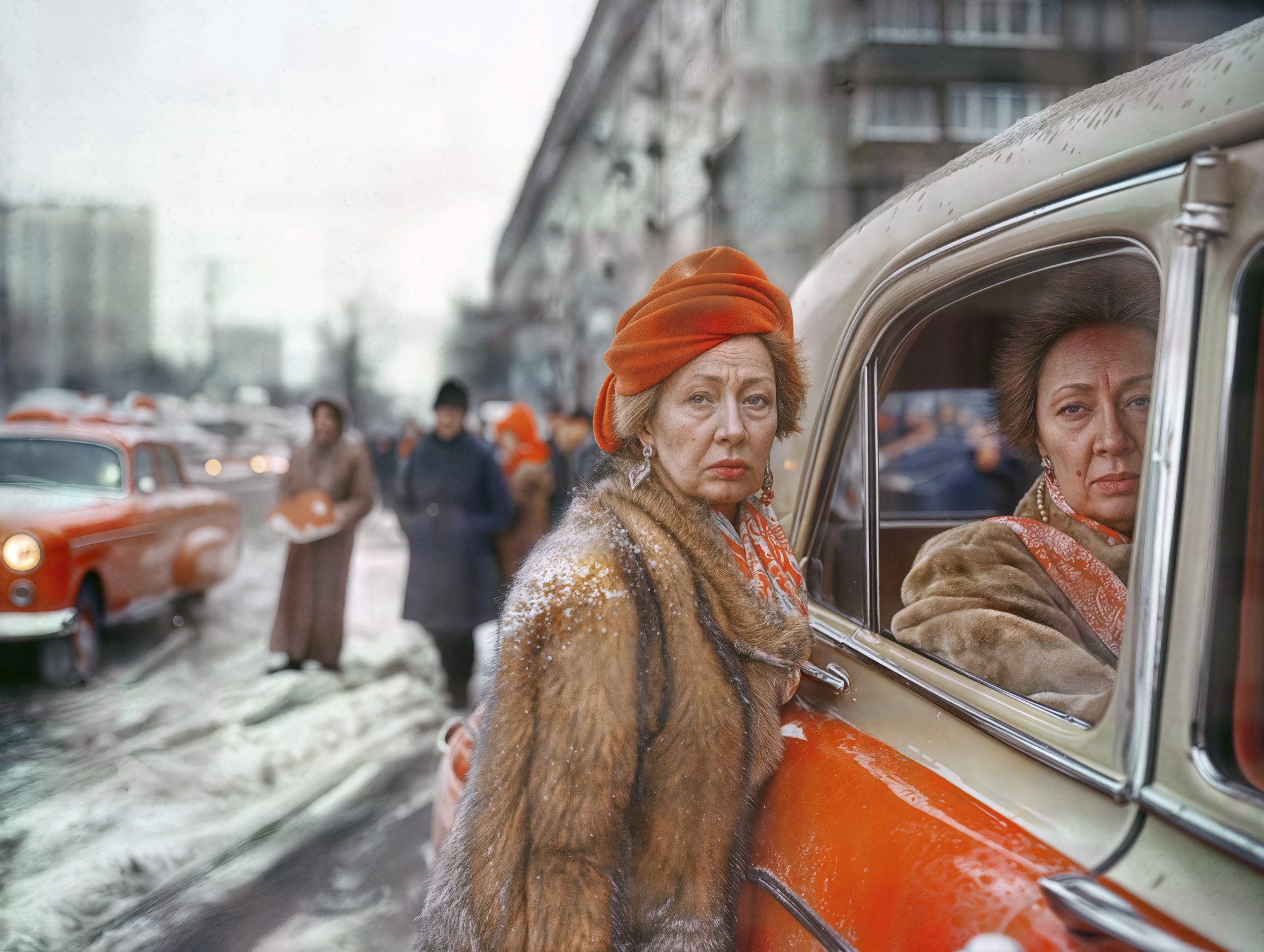
Putins Dream book76.jpg
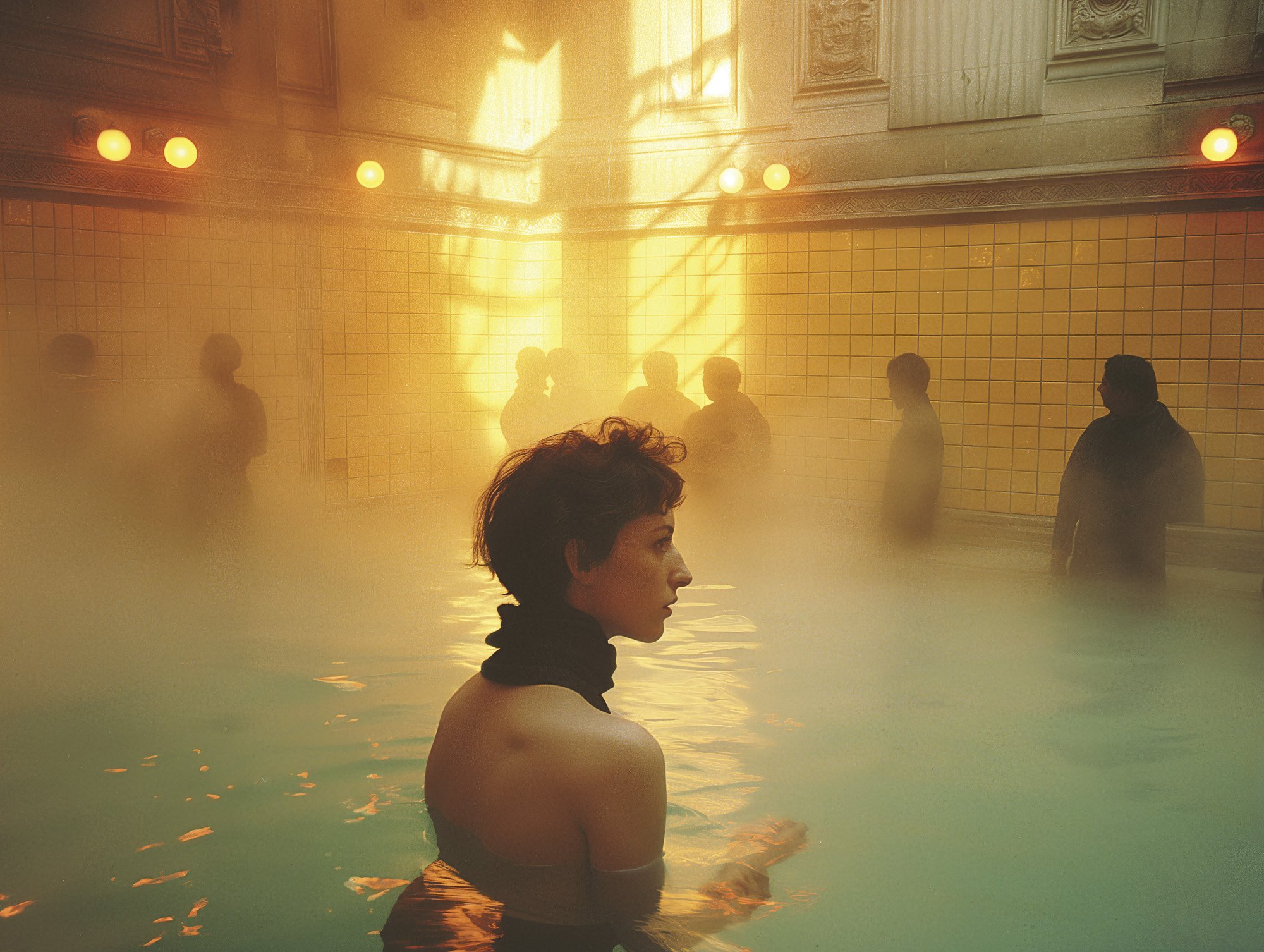
Putins Dream book77.jpg
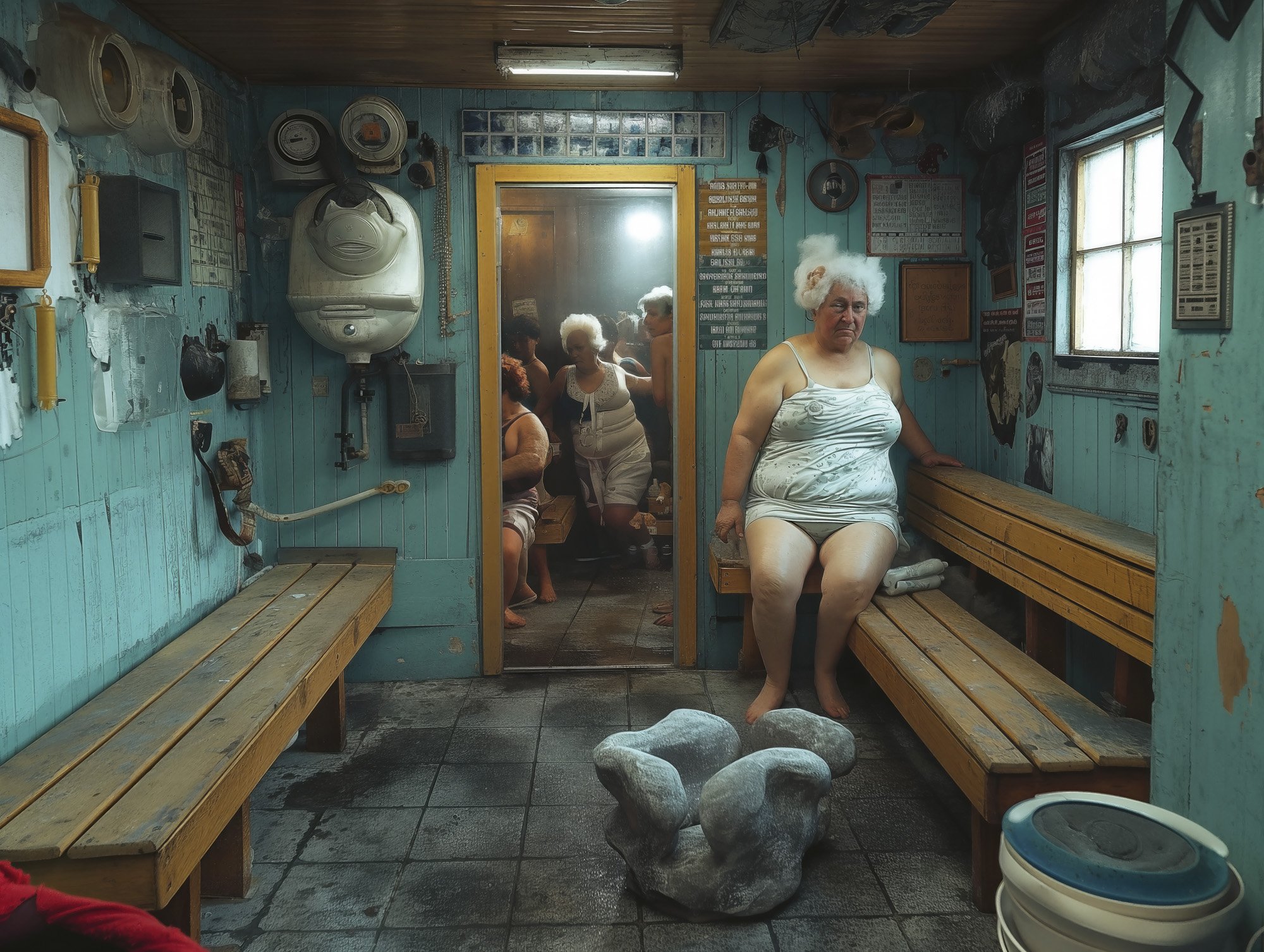
Putins Dream book79.jpg
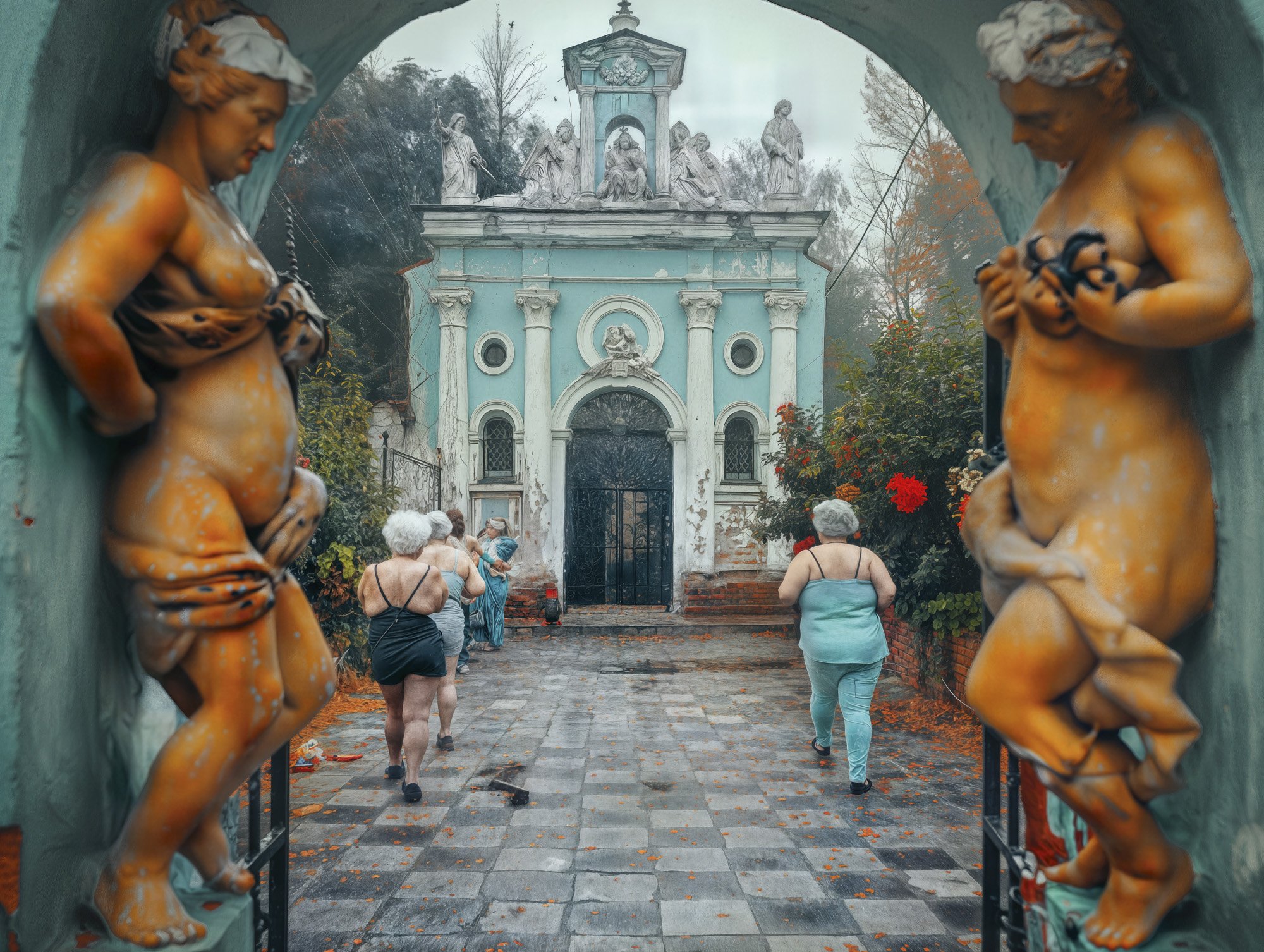
Putins Dream book80.jpg
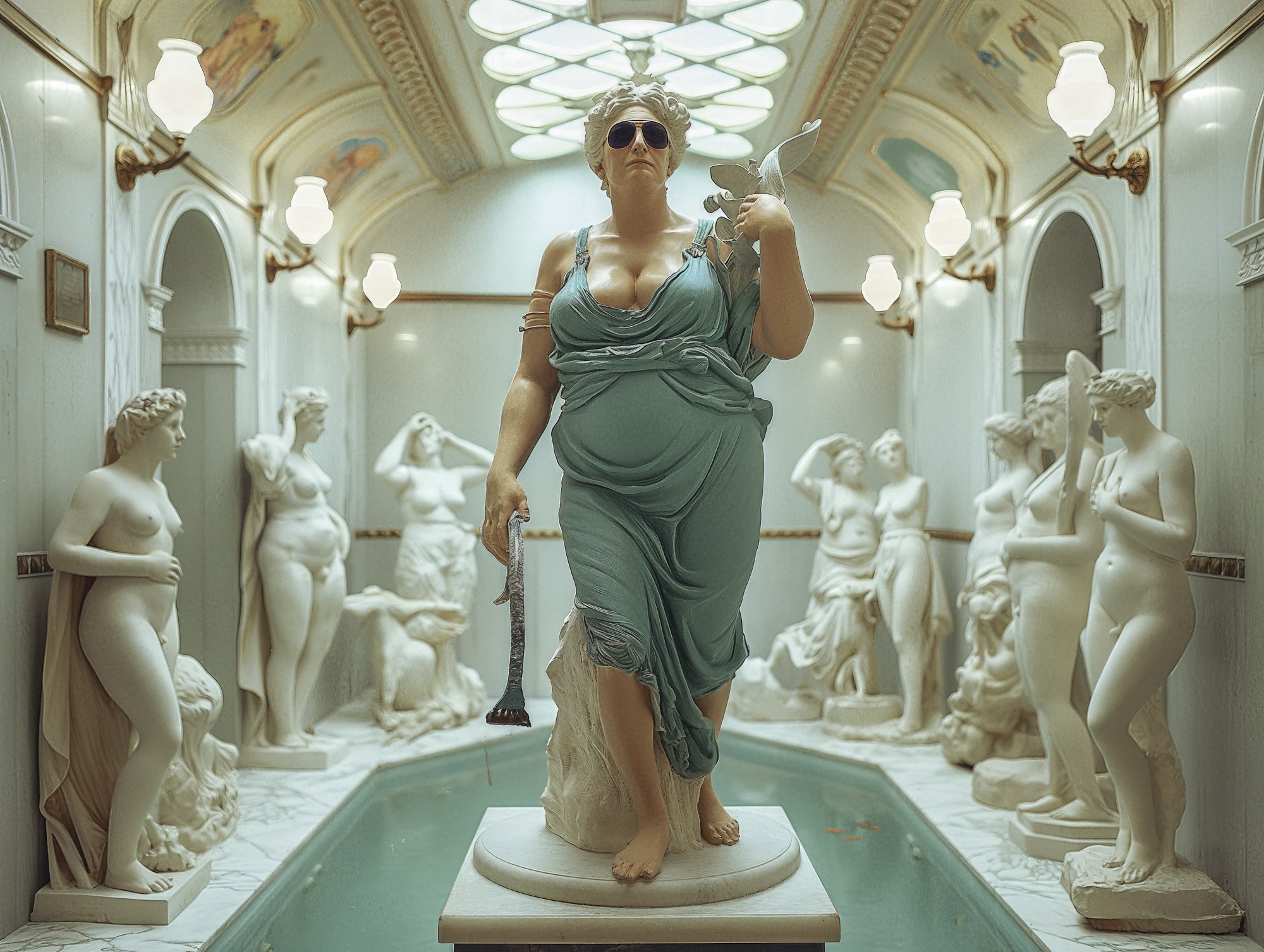
Putins Dream book81.jpg
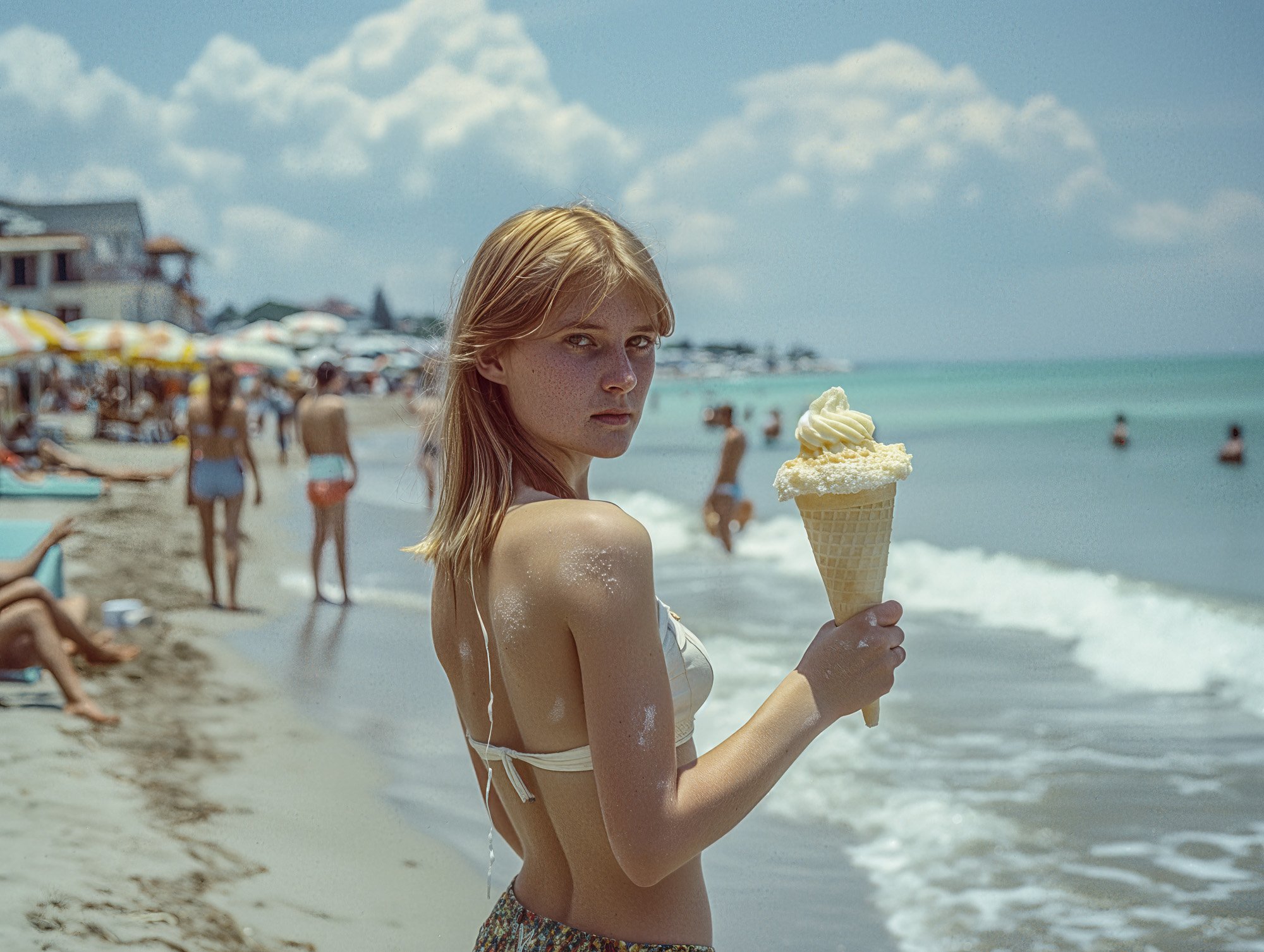
Putins Dream book82.jpg
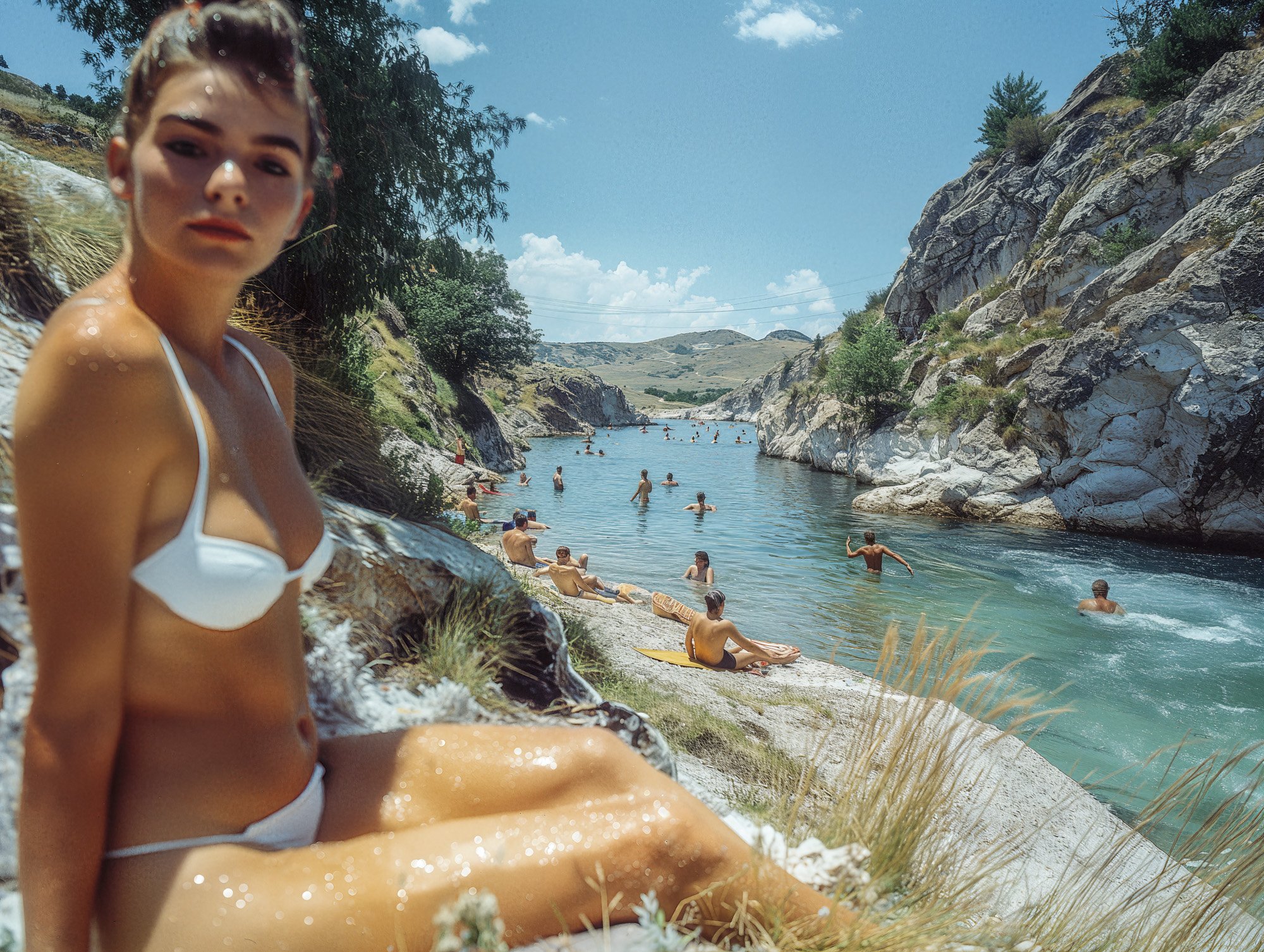
Putins Dream book84.jpg
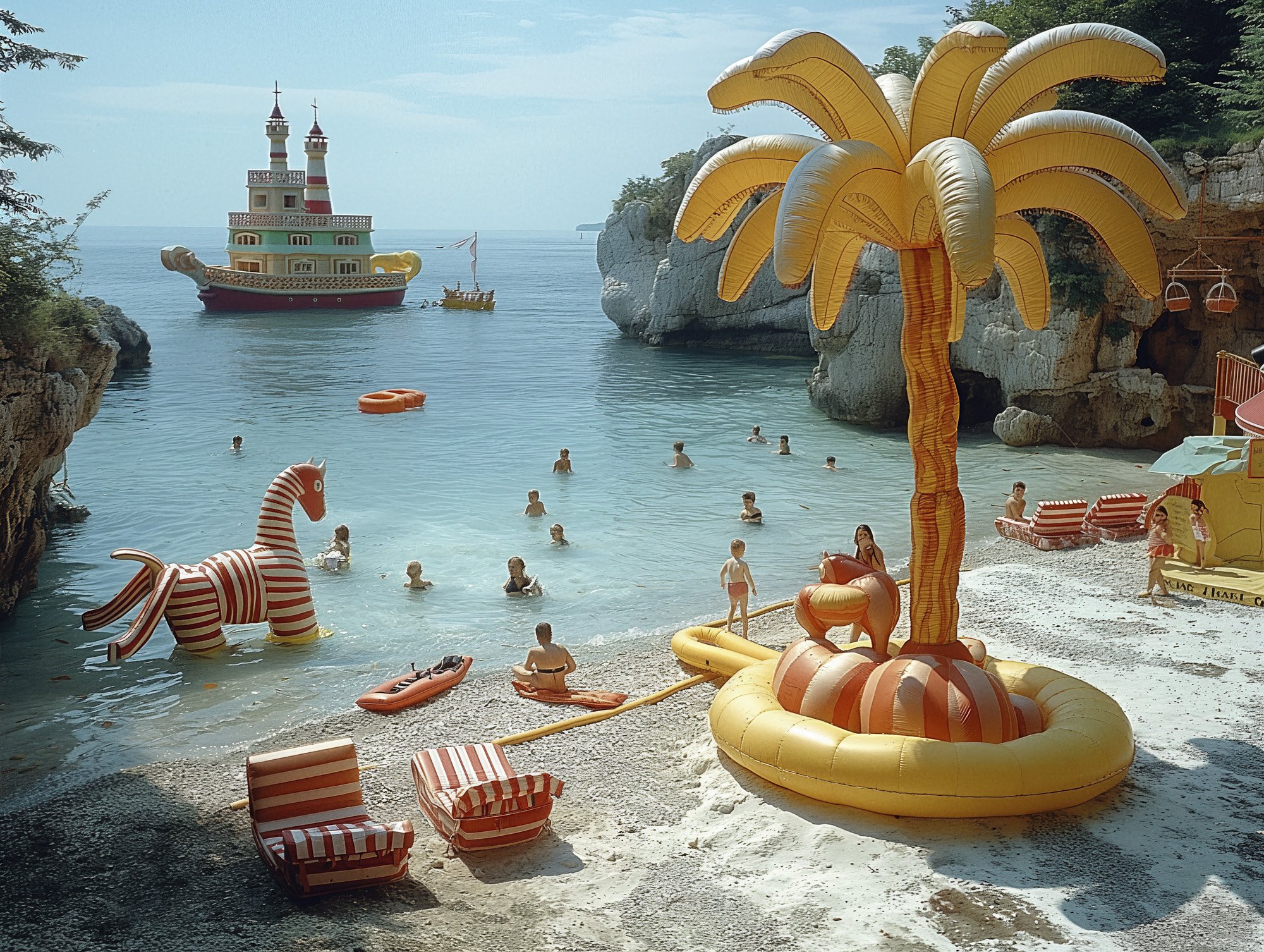
Putins Dream book85.jpg
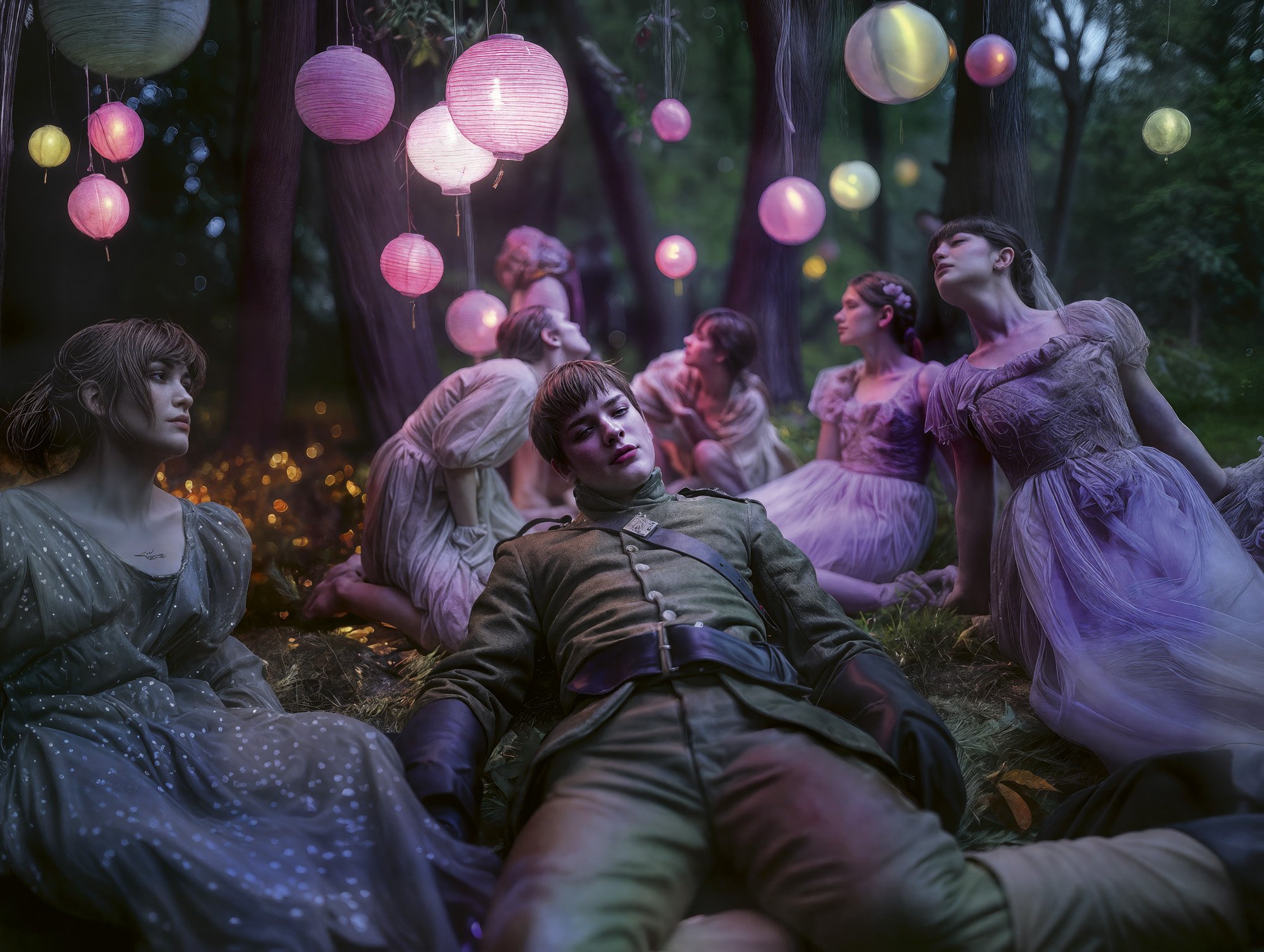
Putins Dream book86.jpg
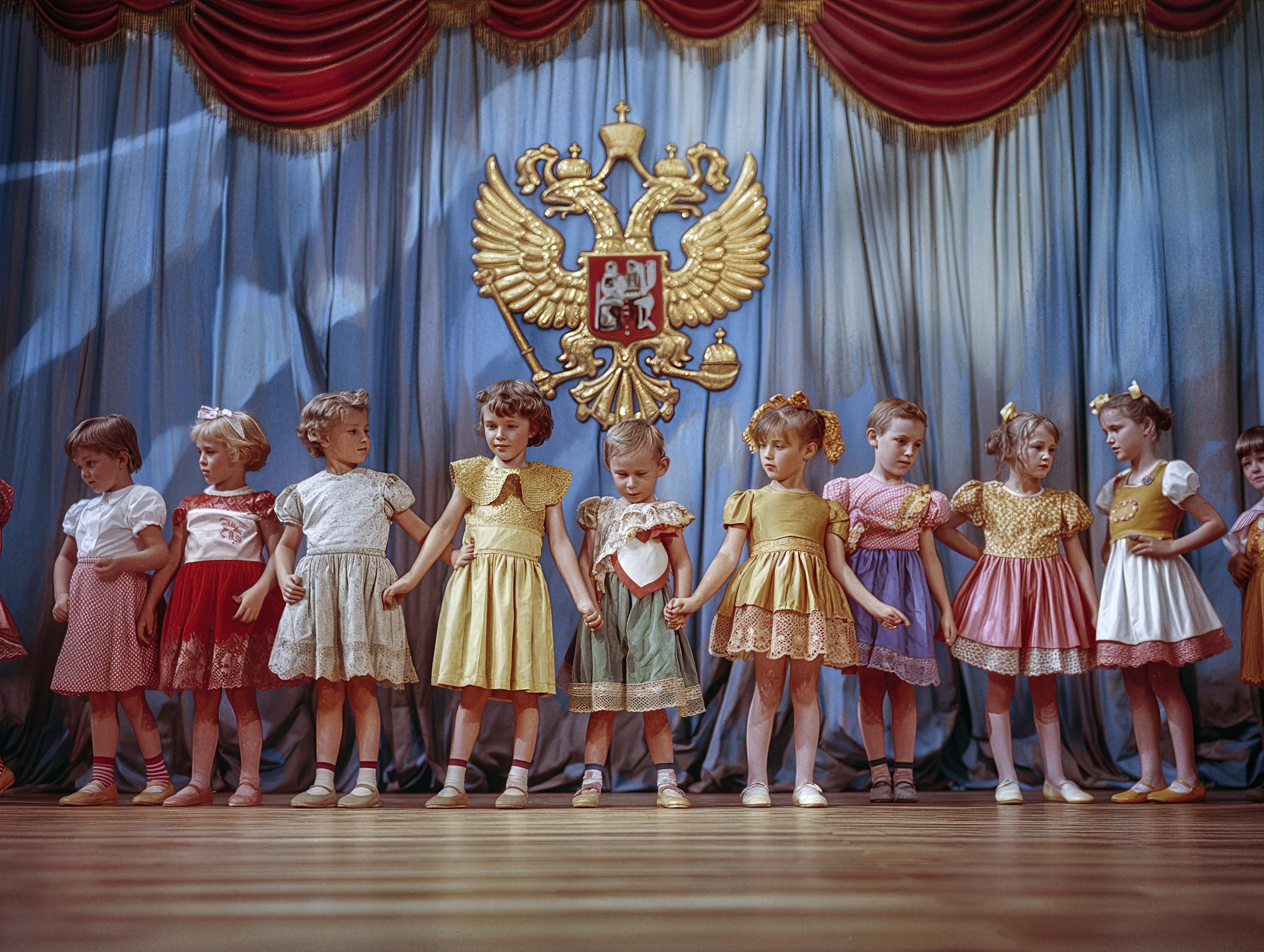
Putins Dream book88.jpg
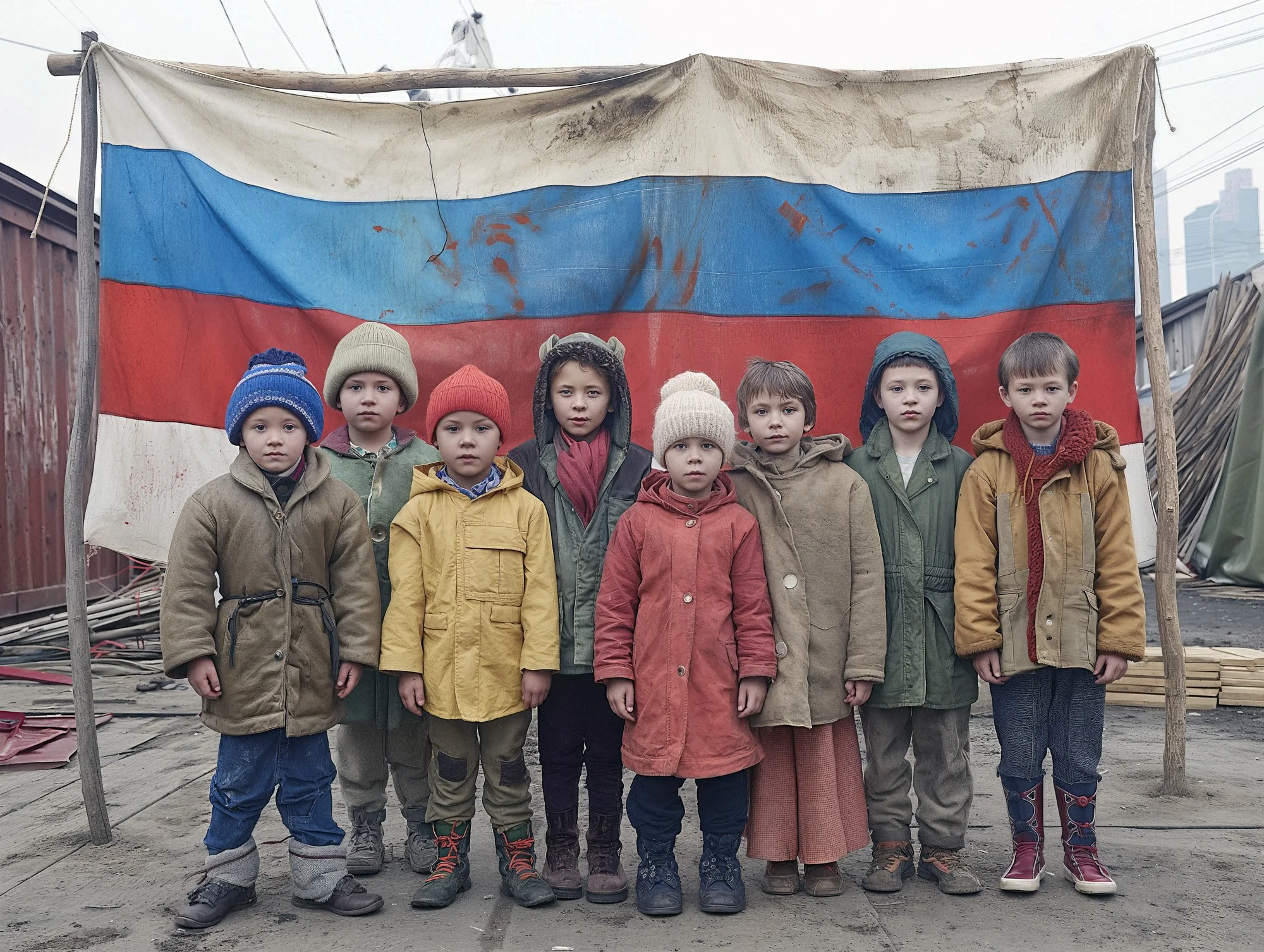
Putins Dream book89.jpg
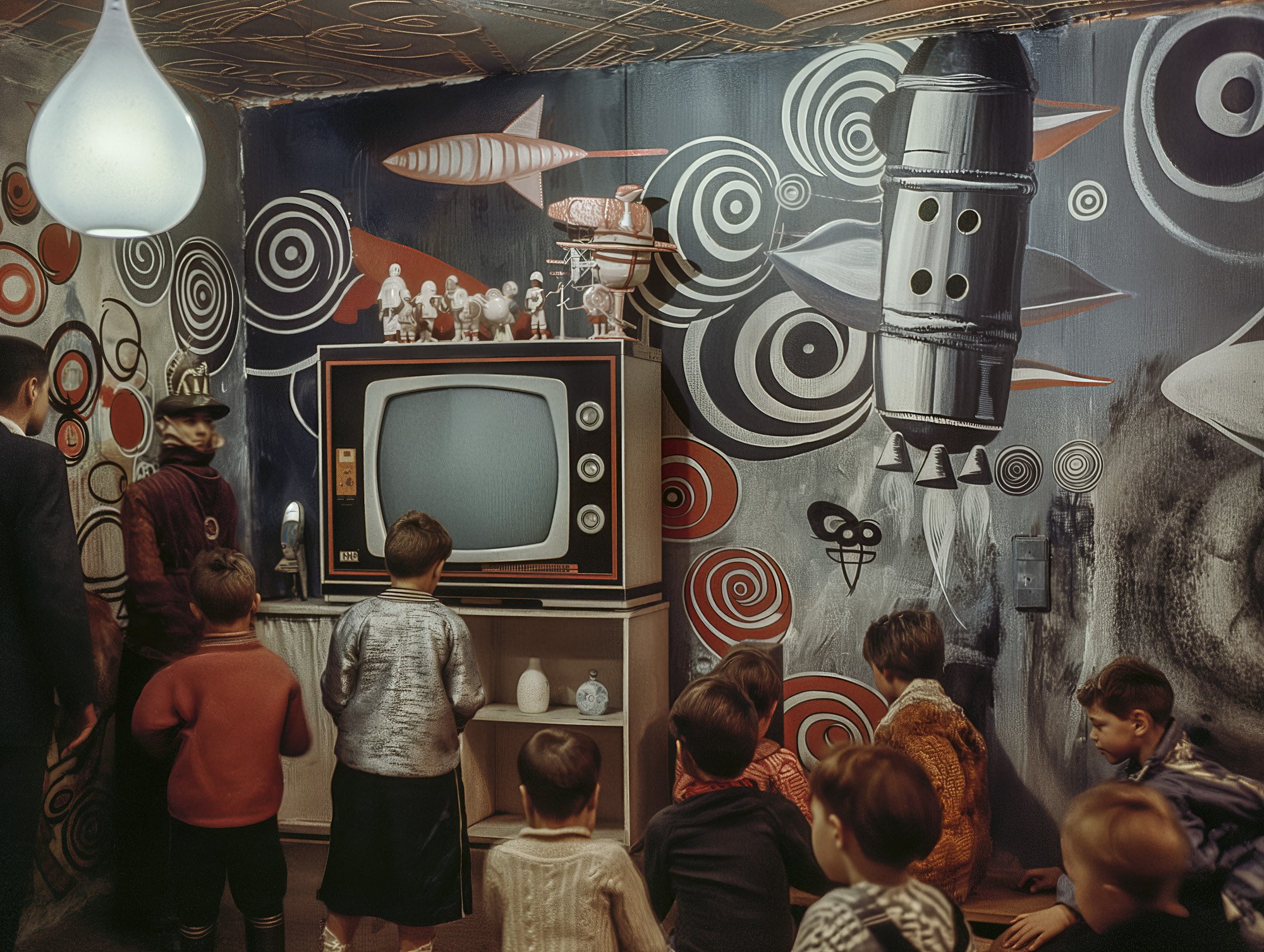
Putins Dream book90.jpg
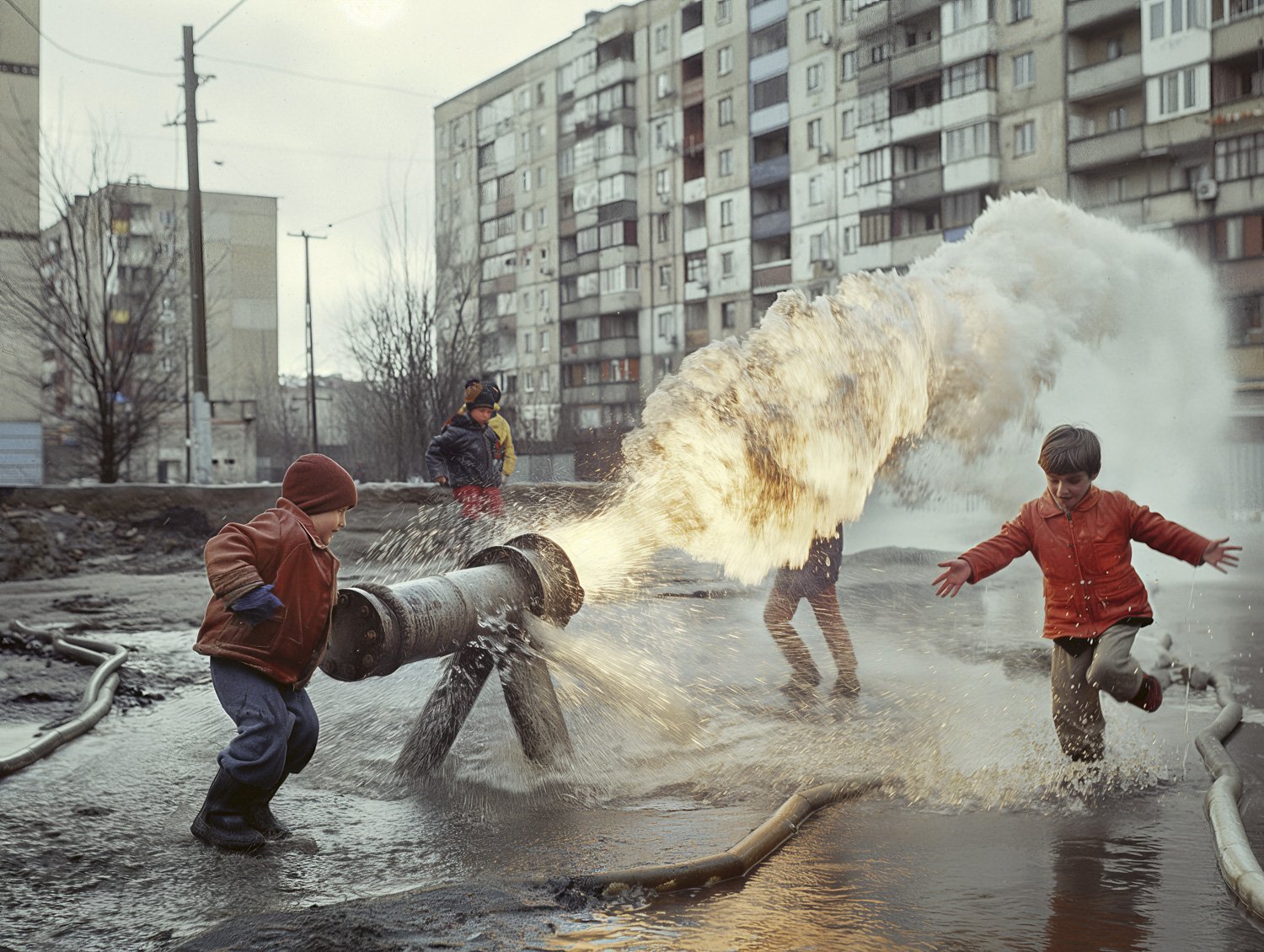
Putins Dream book91.jpg
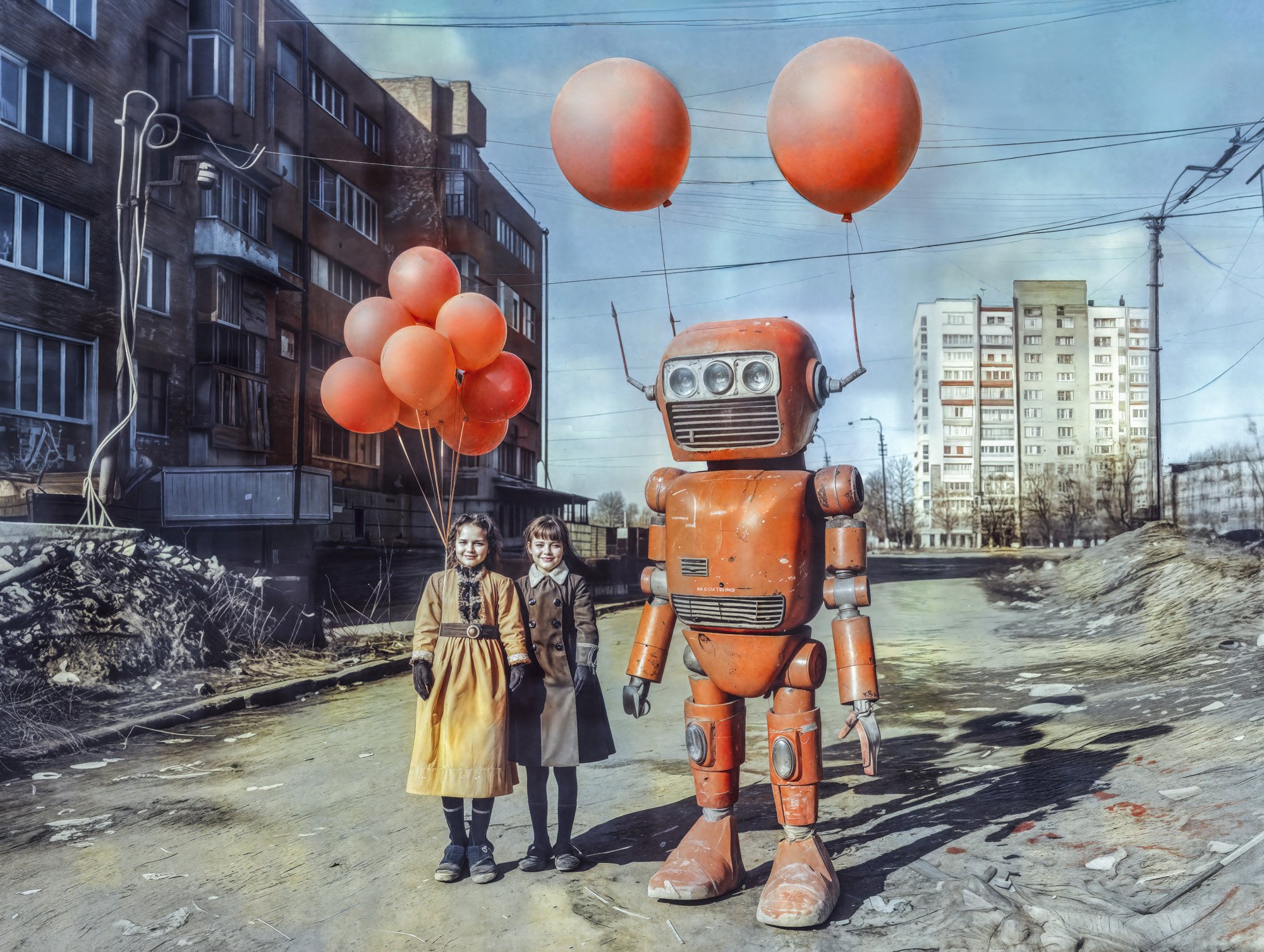
Putins Dream book92.jpg
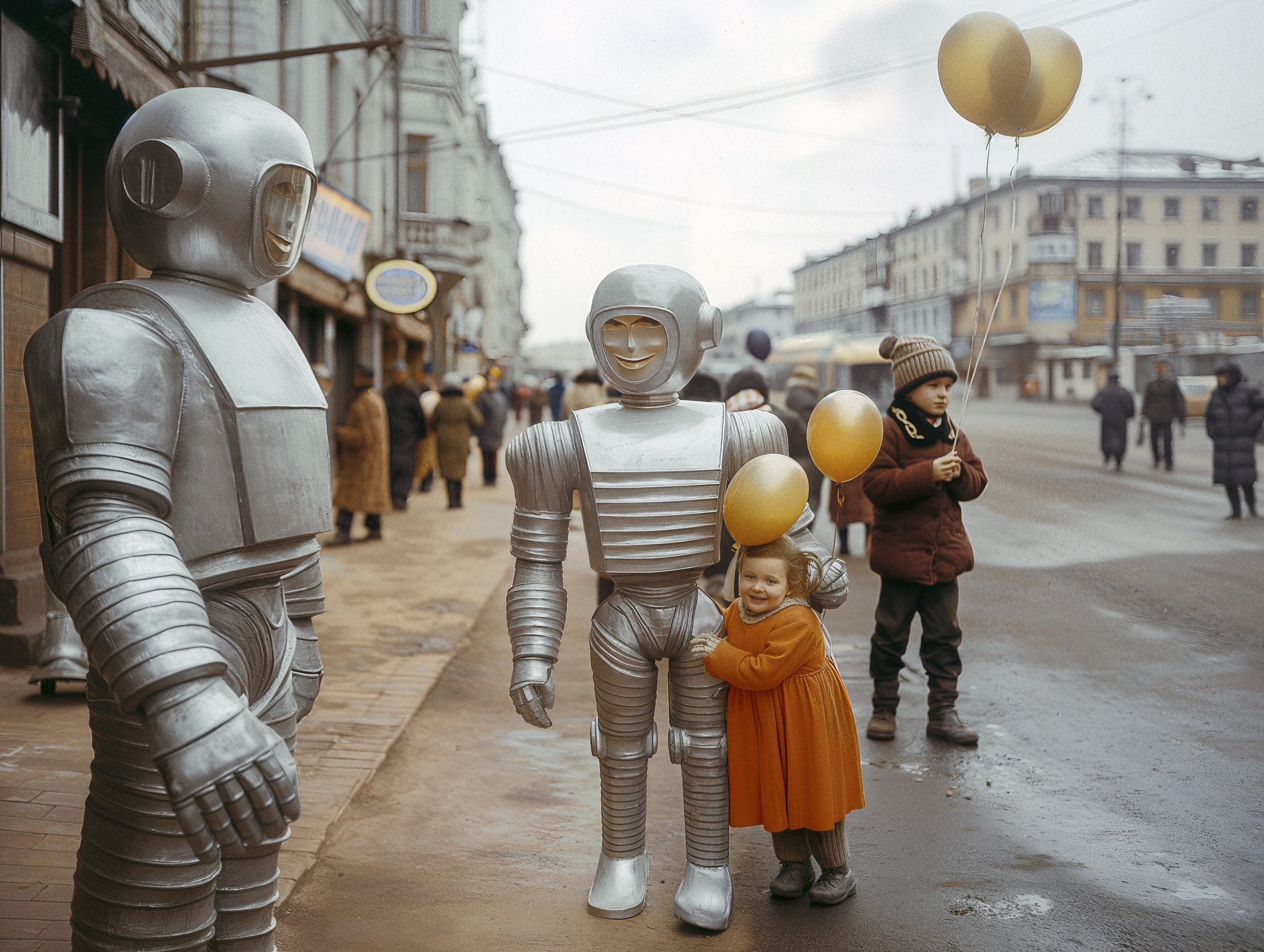
Putins Dream book93.jpg
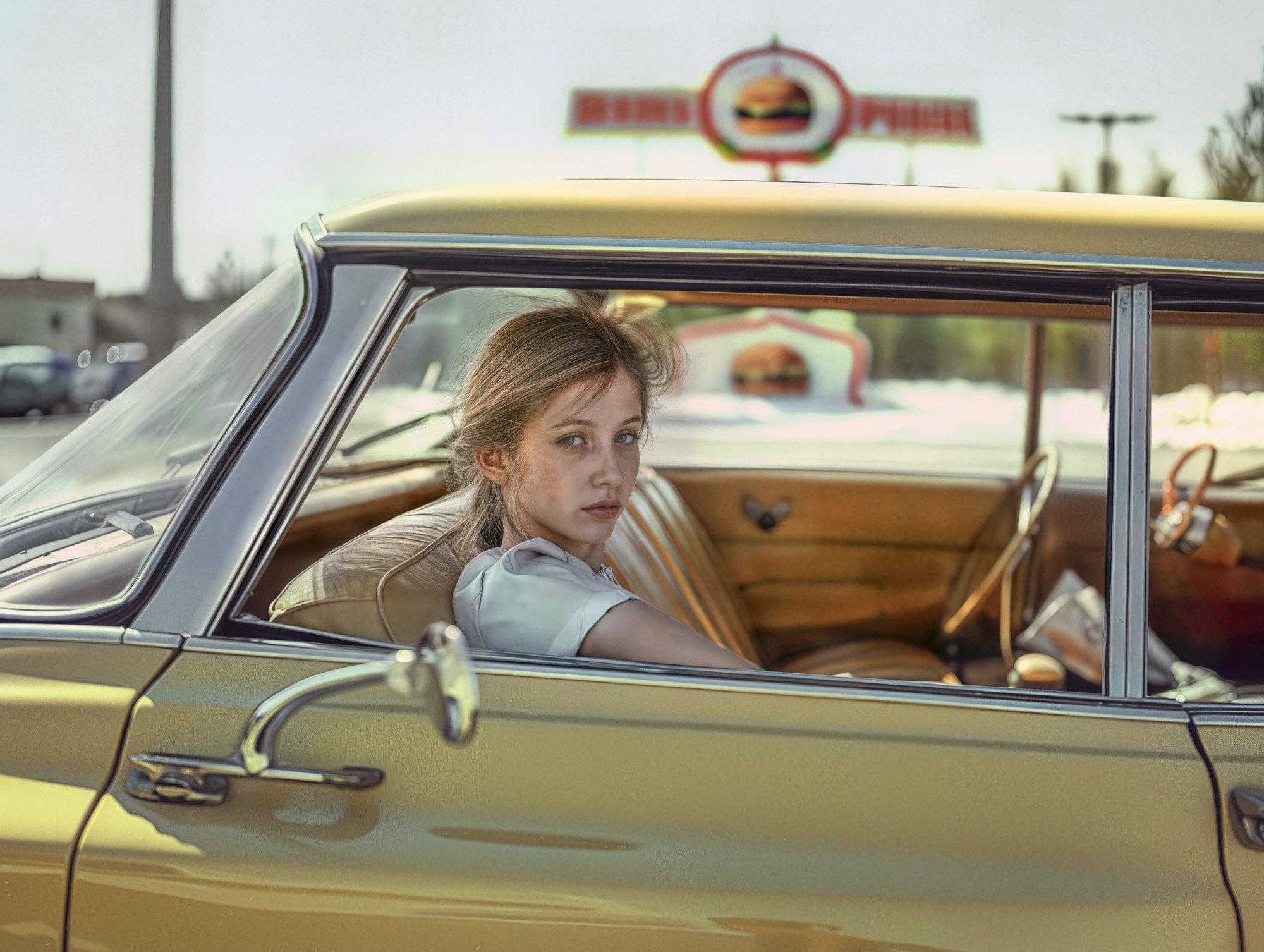
Putins Dream book94.jpg
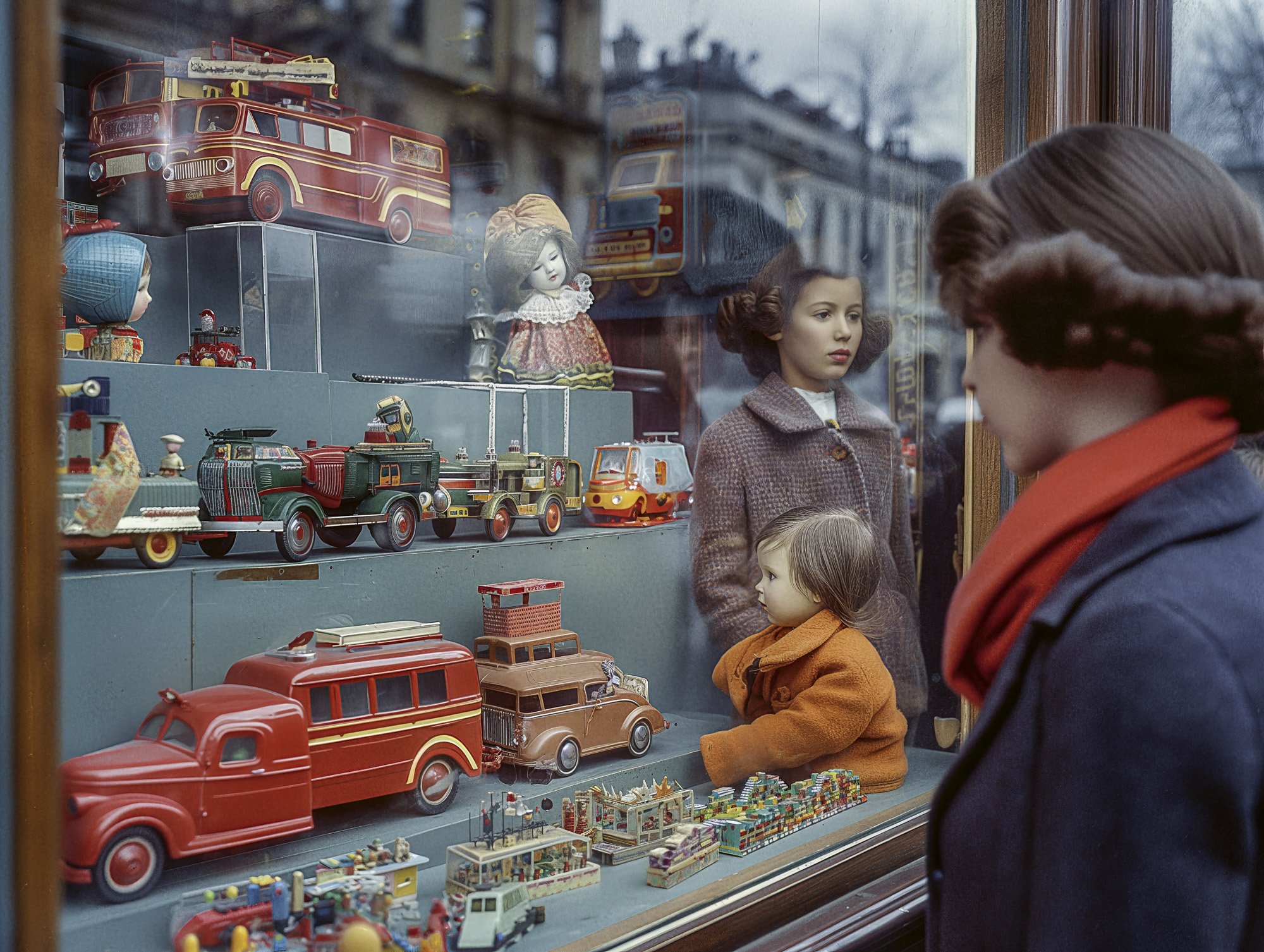
Putins Dream book95.jpg
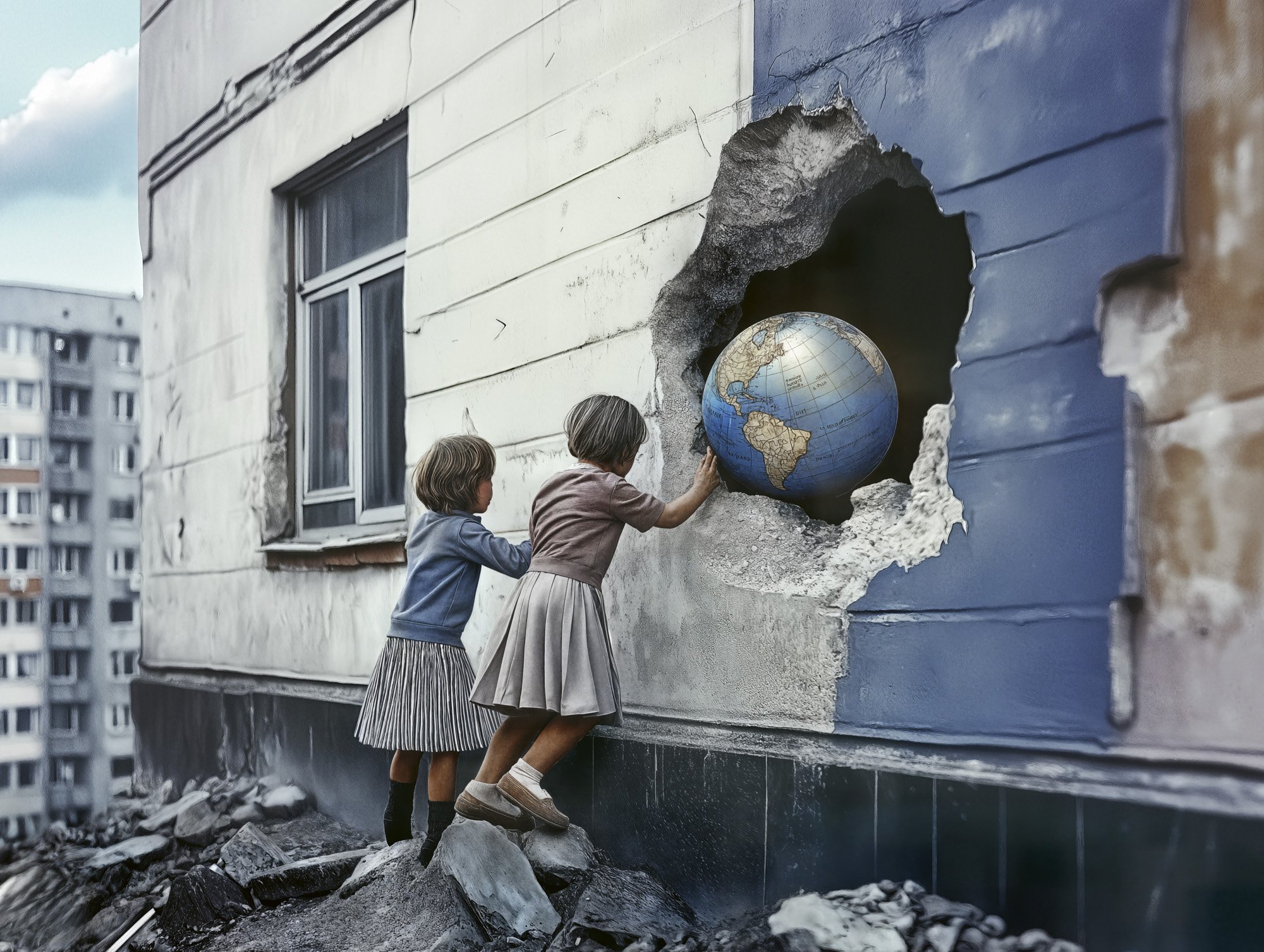
Putins Dream book97.jpg

Putins Dream book98.jpg
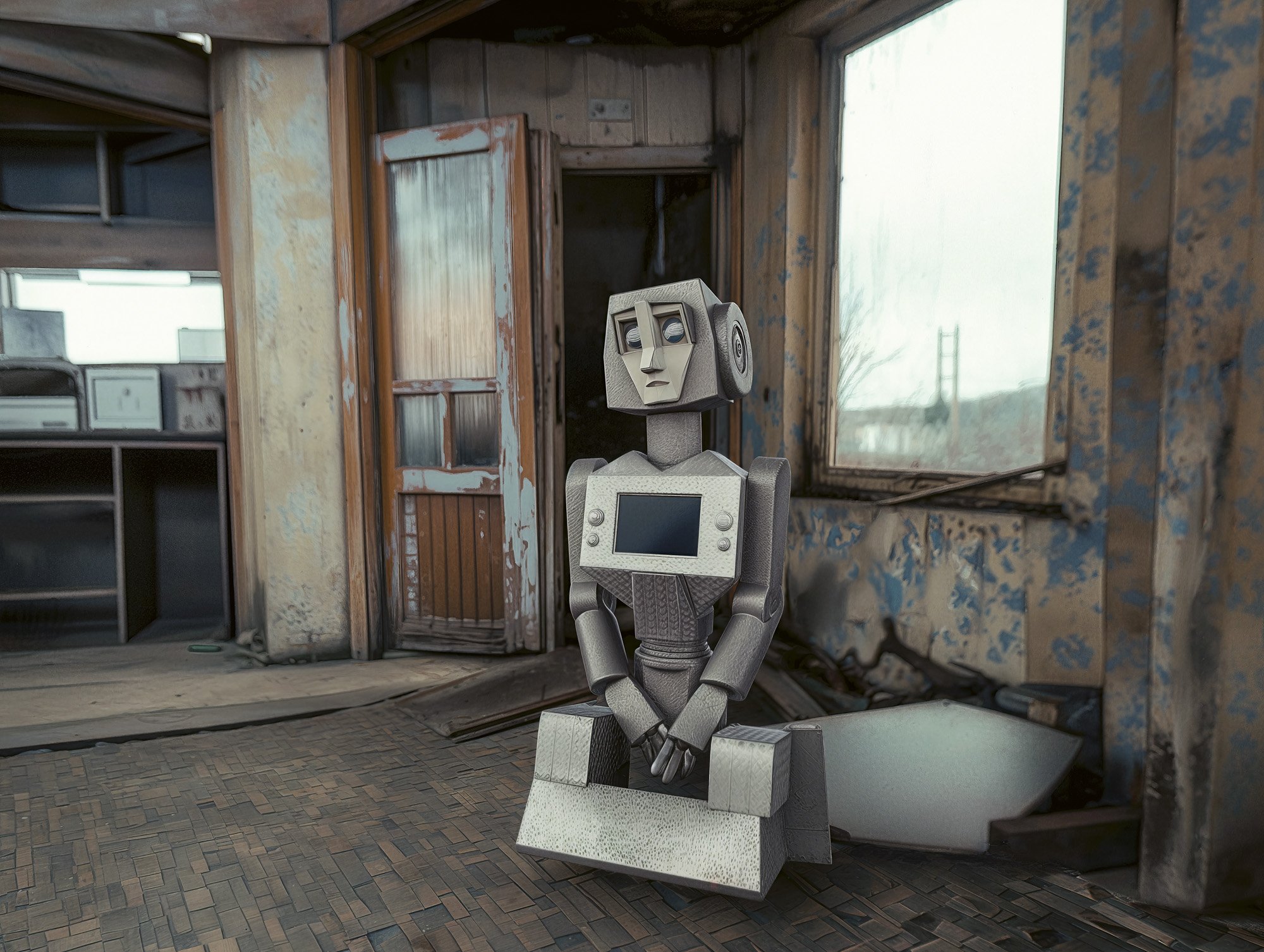
Putins Dream book99.jpg
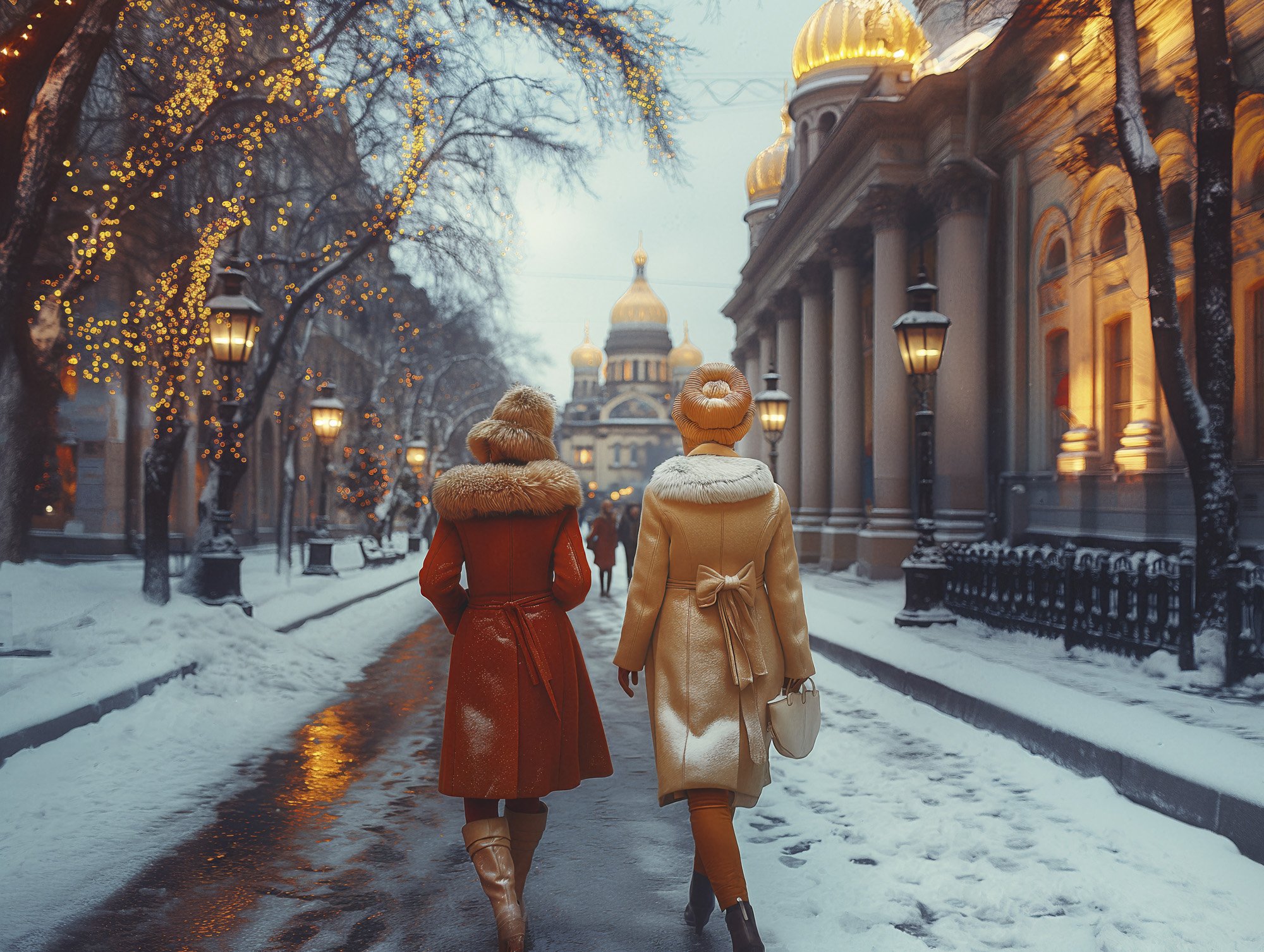
Putins Dream book100.jpg
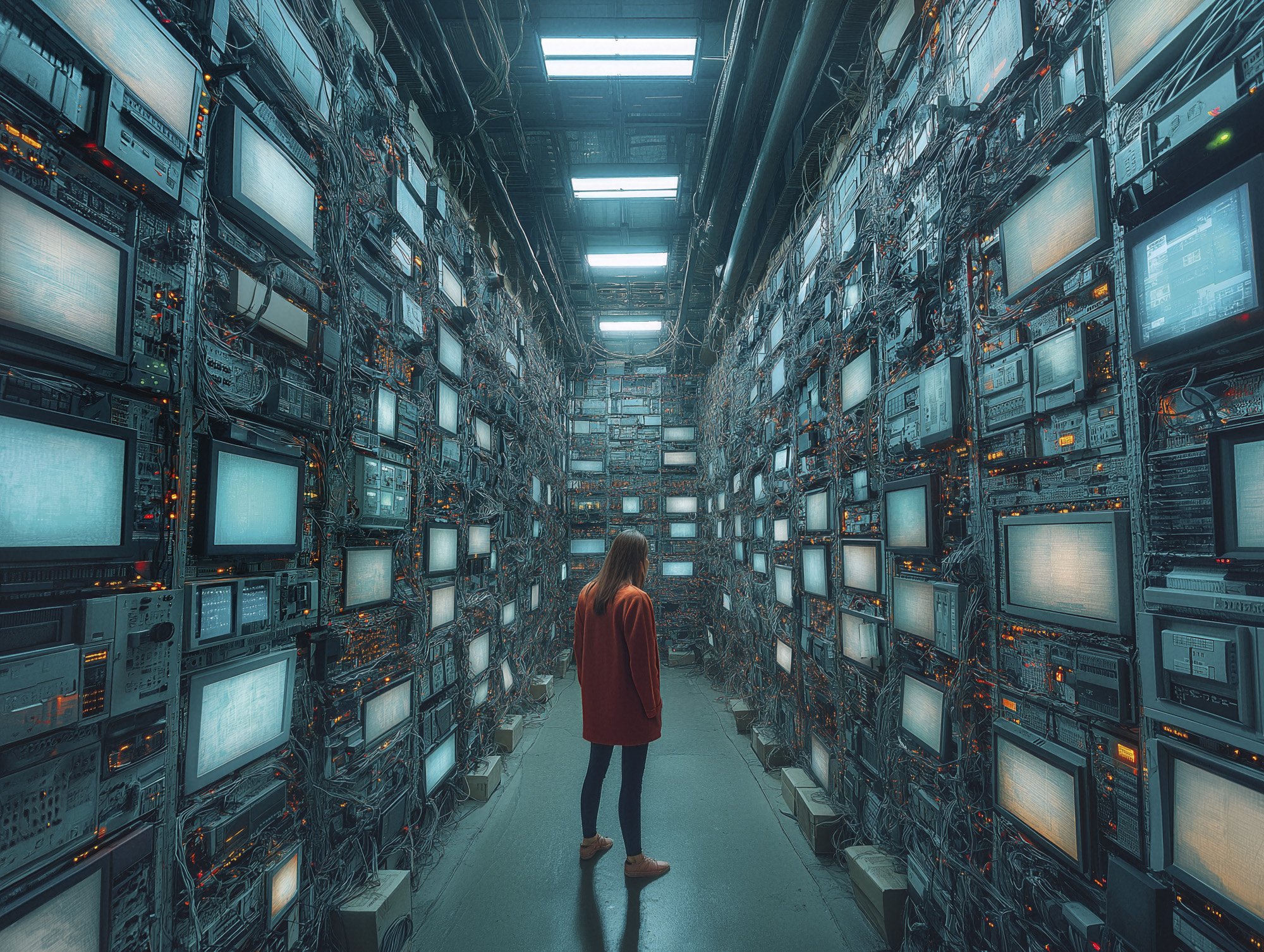
Putins Dream book101.jpg

Putins Dream book103.jpg
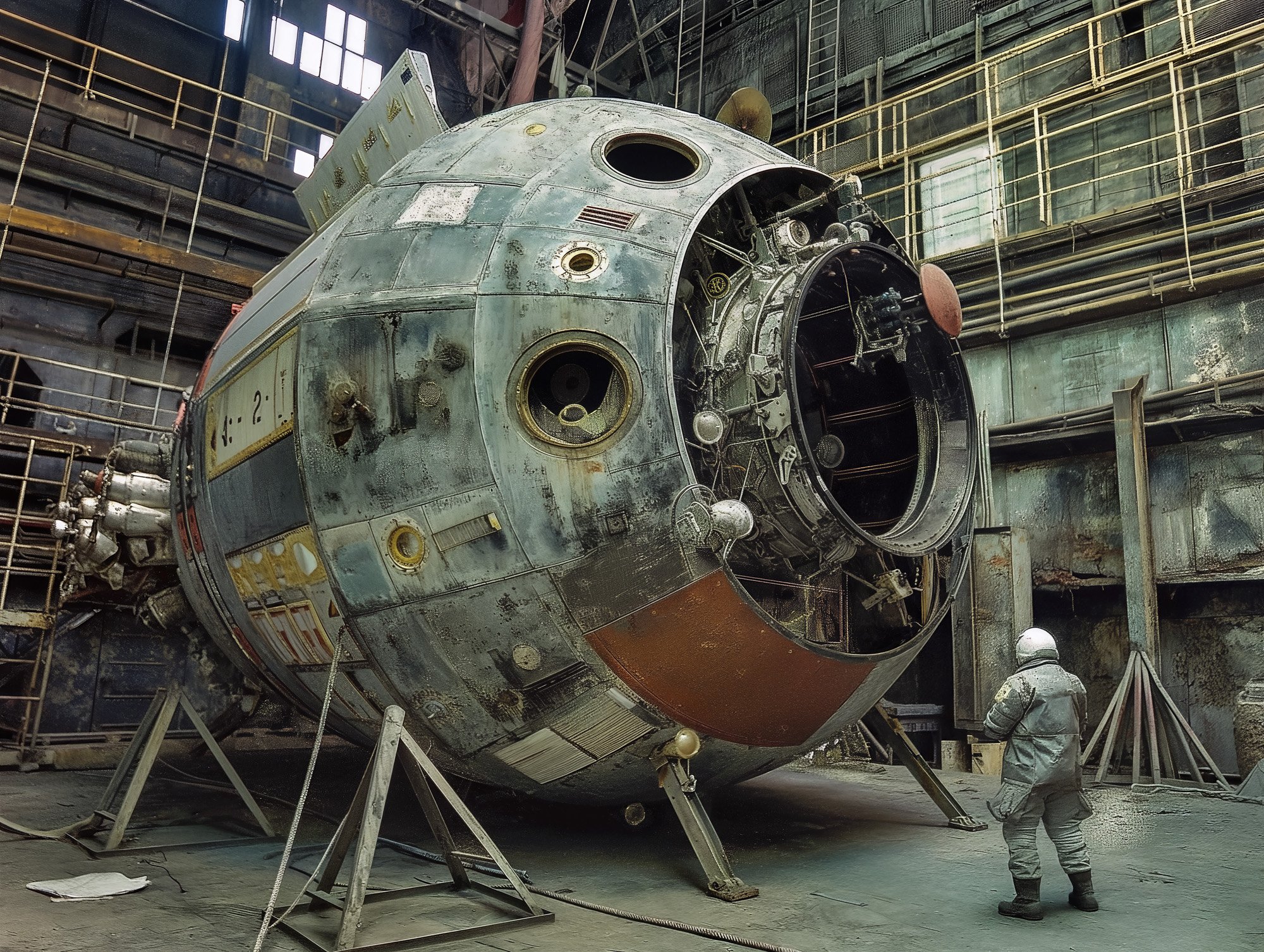
Putins Dream book104.jpg
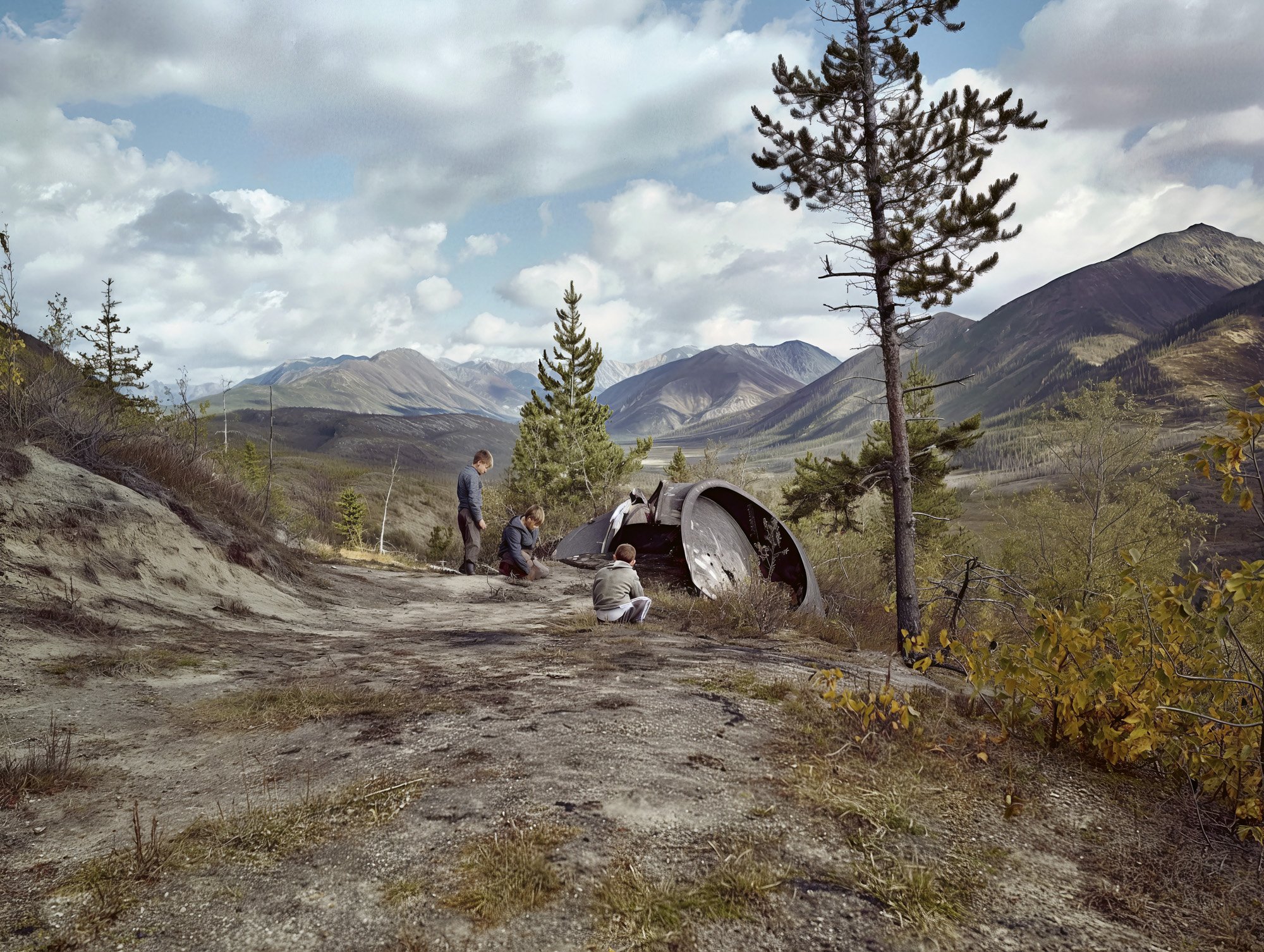
Putins Dream book105.jpg
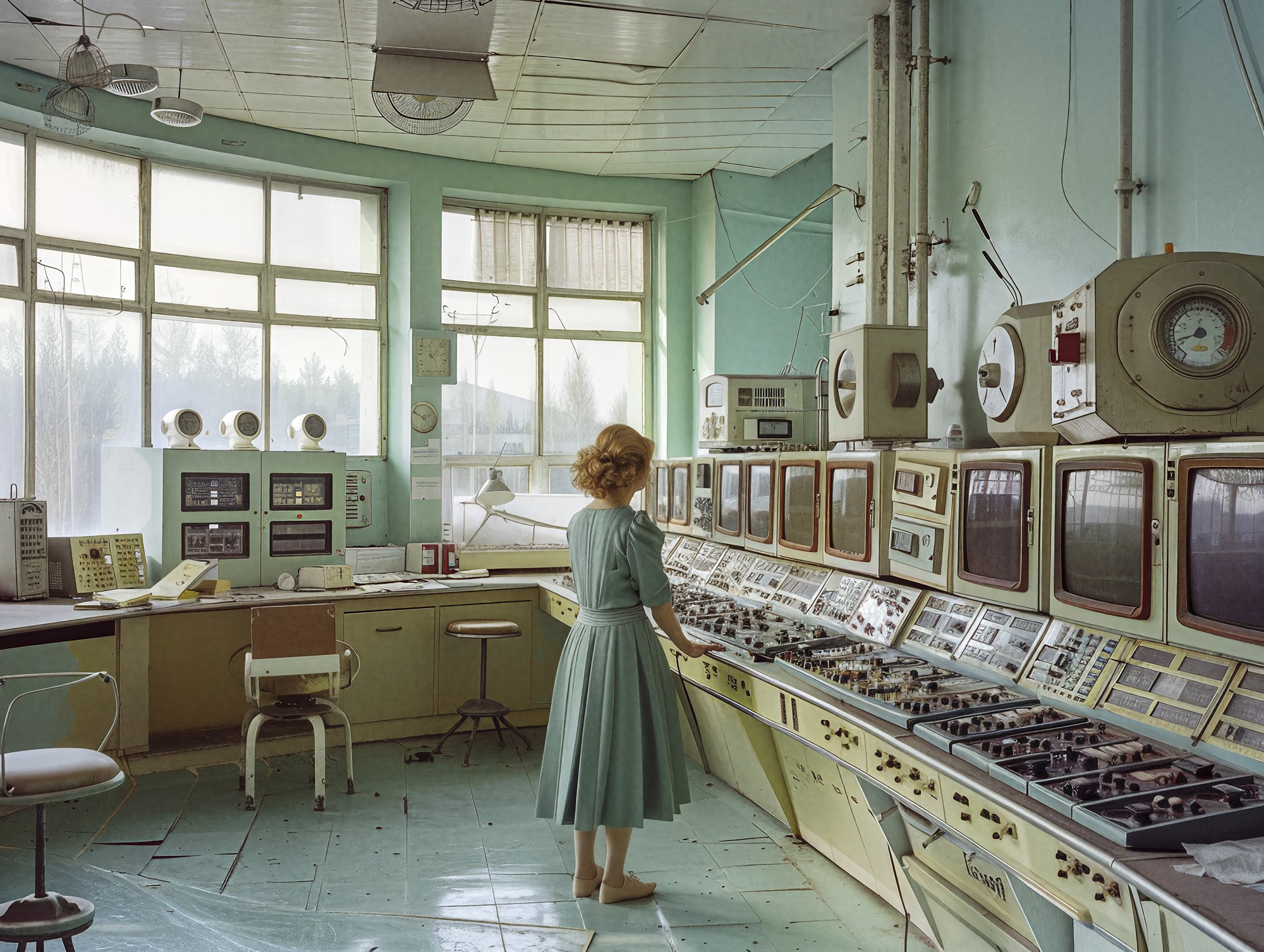
Putins Dream book106.jpg
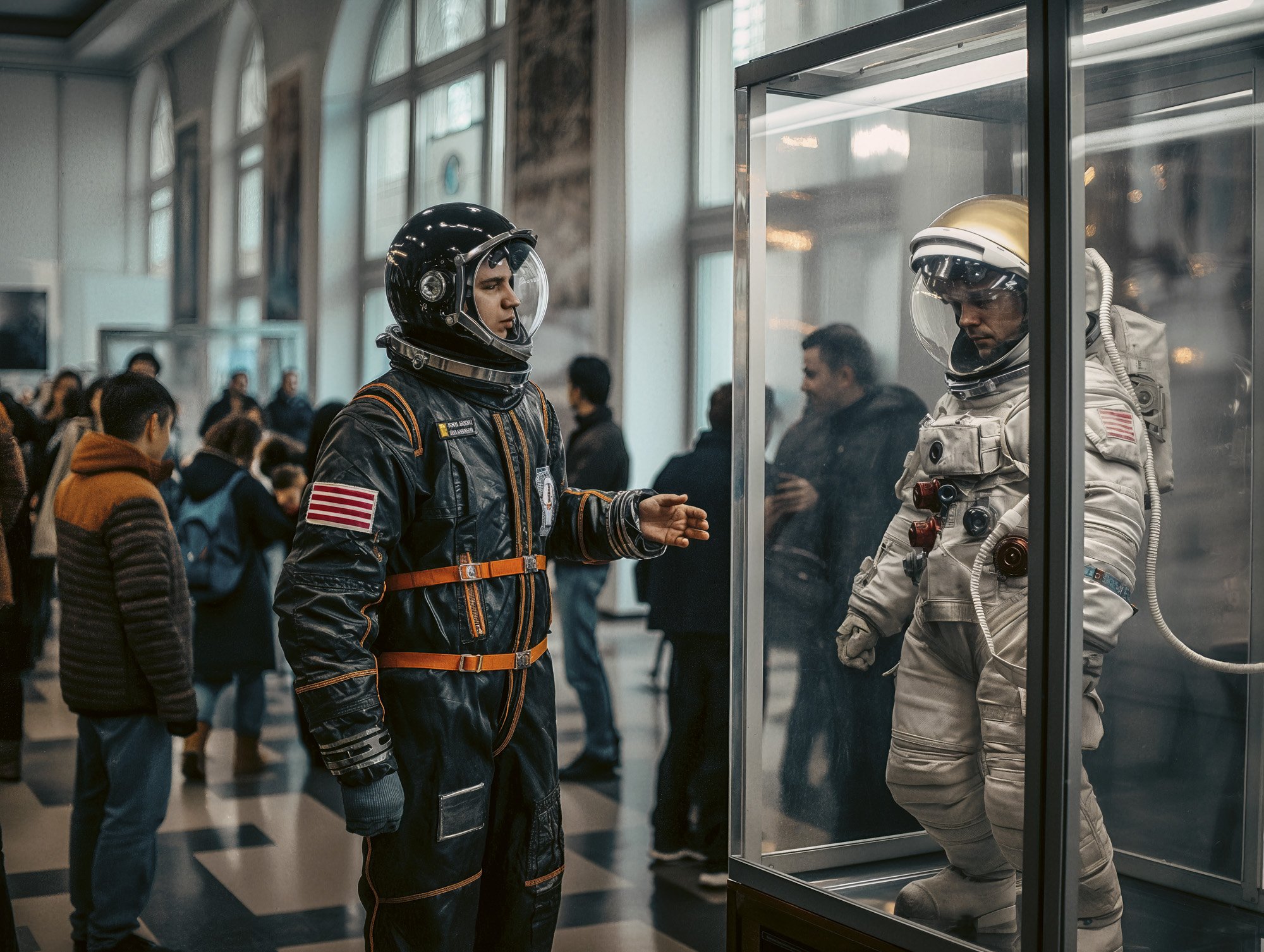
Putins Dream book111.jpg
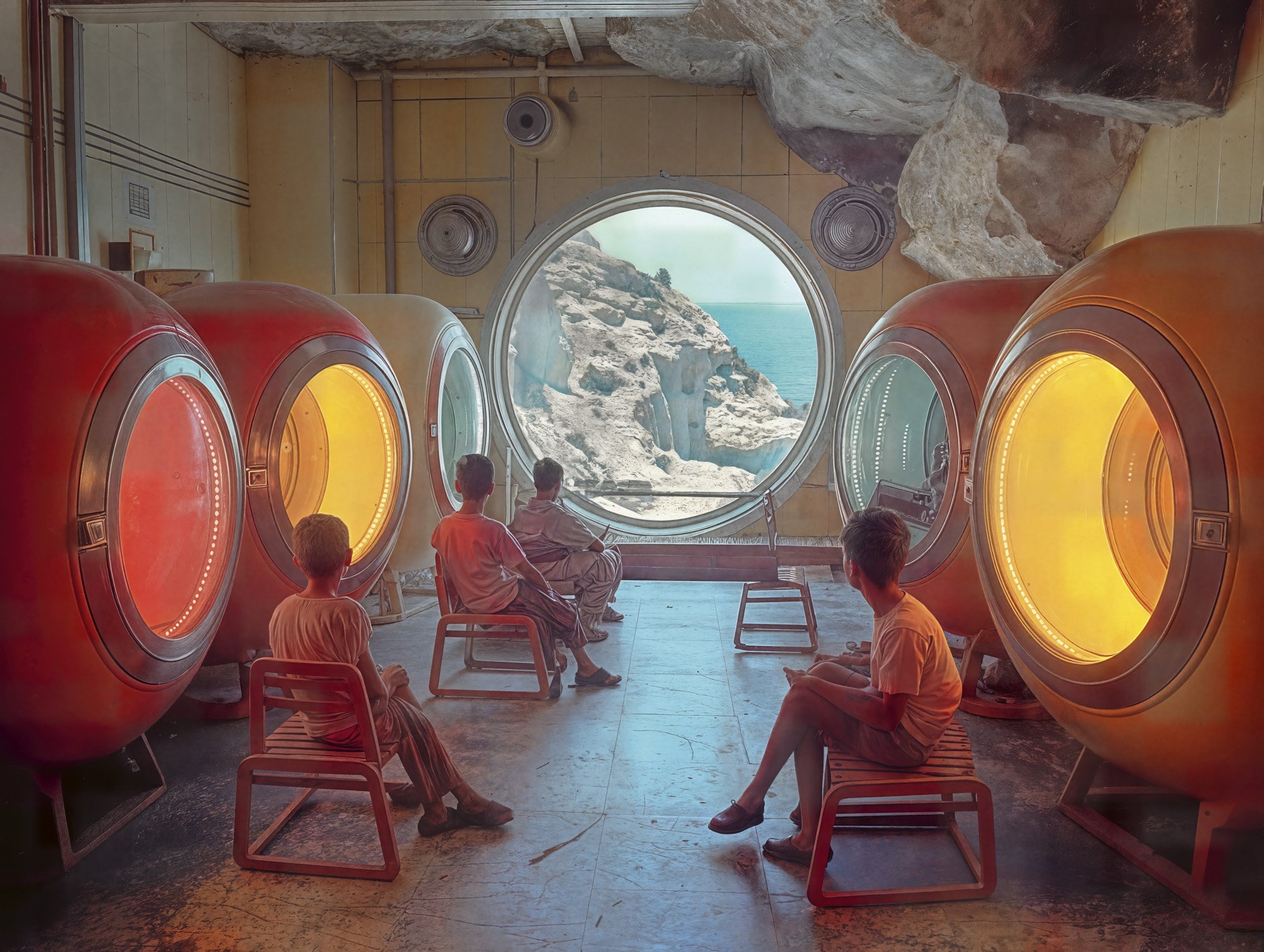
Putins Dream book114.jpg
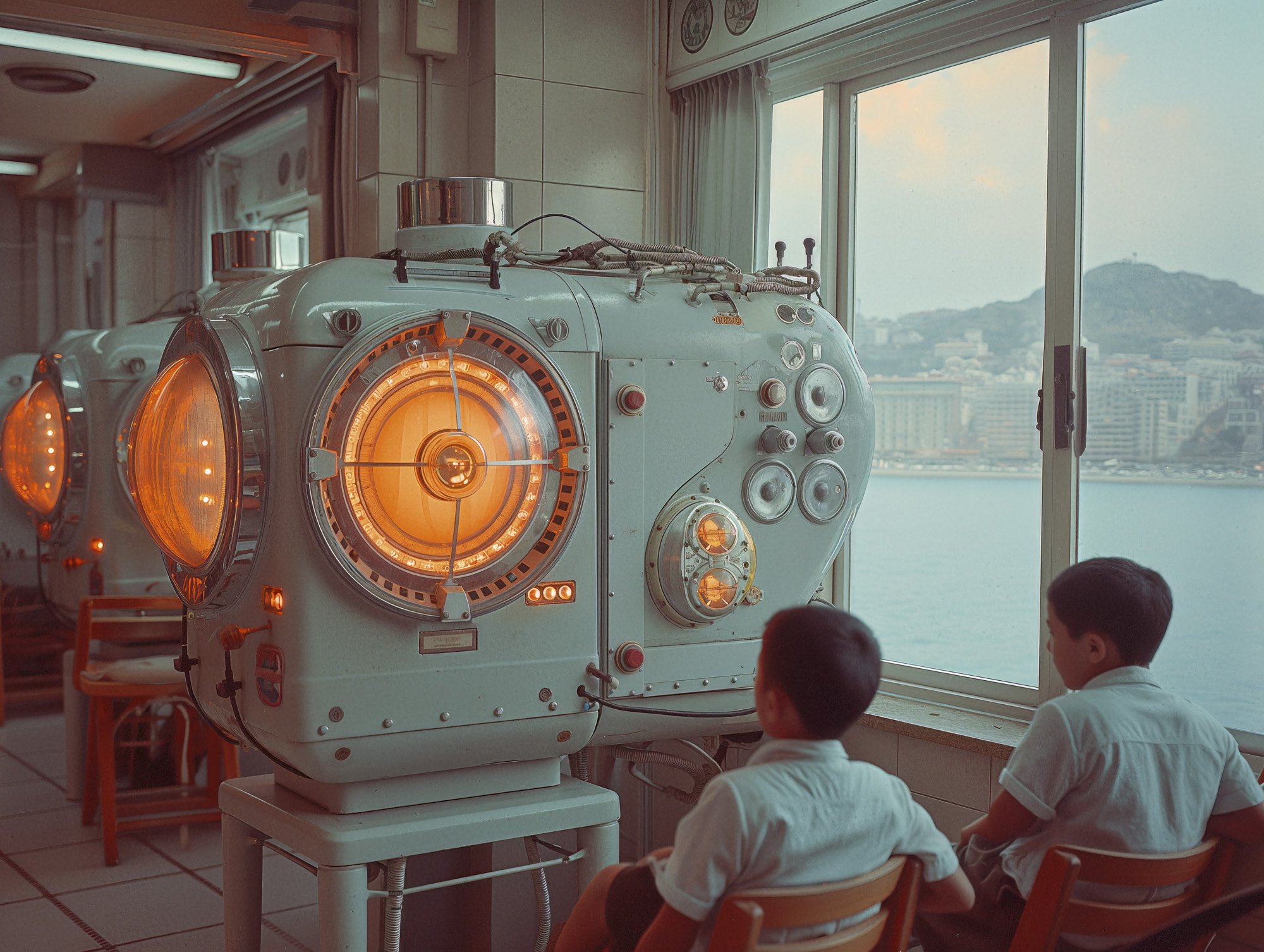
Putins Dream book115.jpg
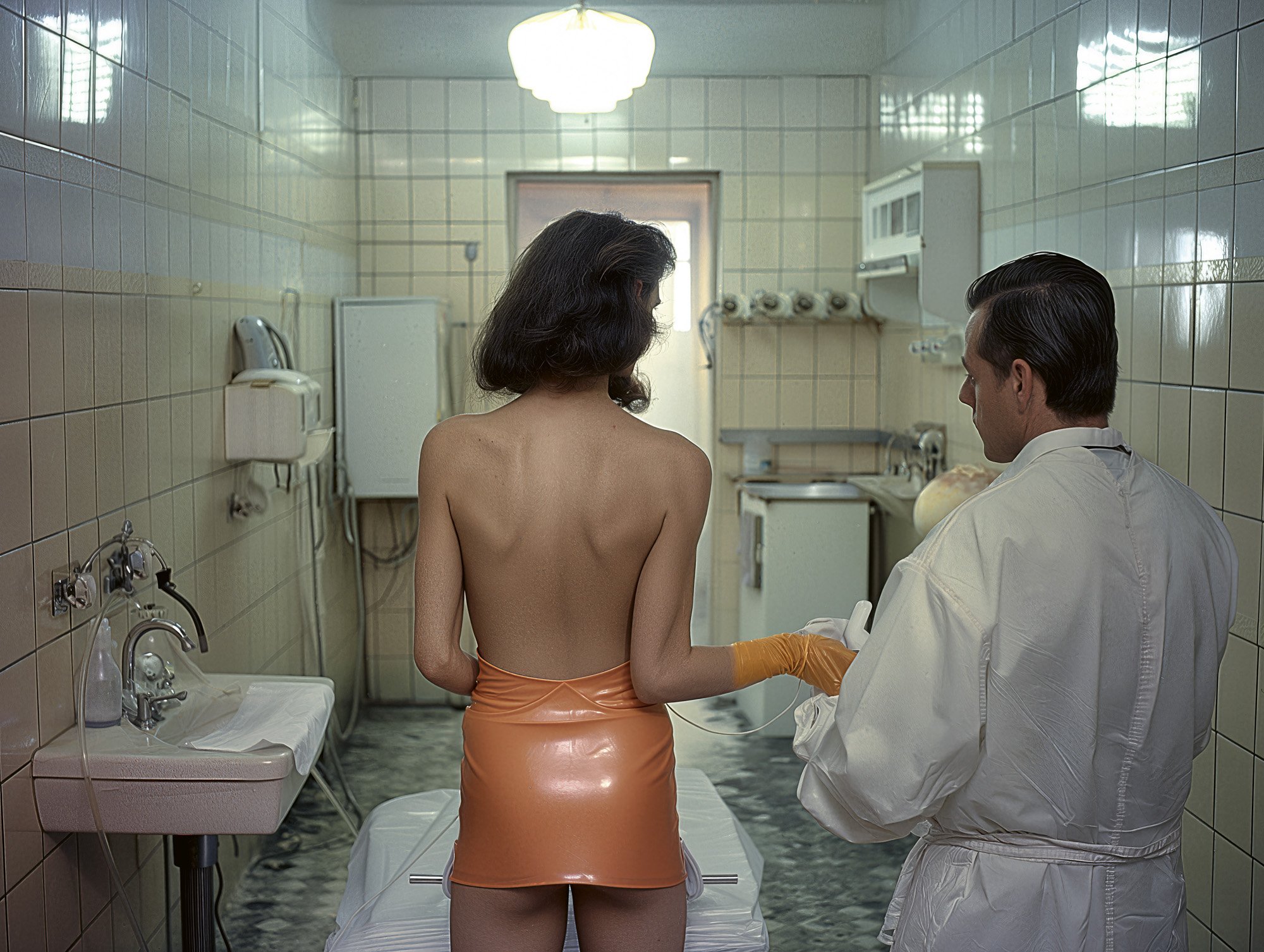
Putins Dream book117.jpg
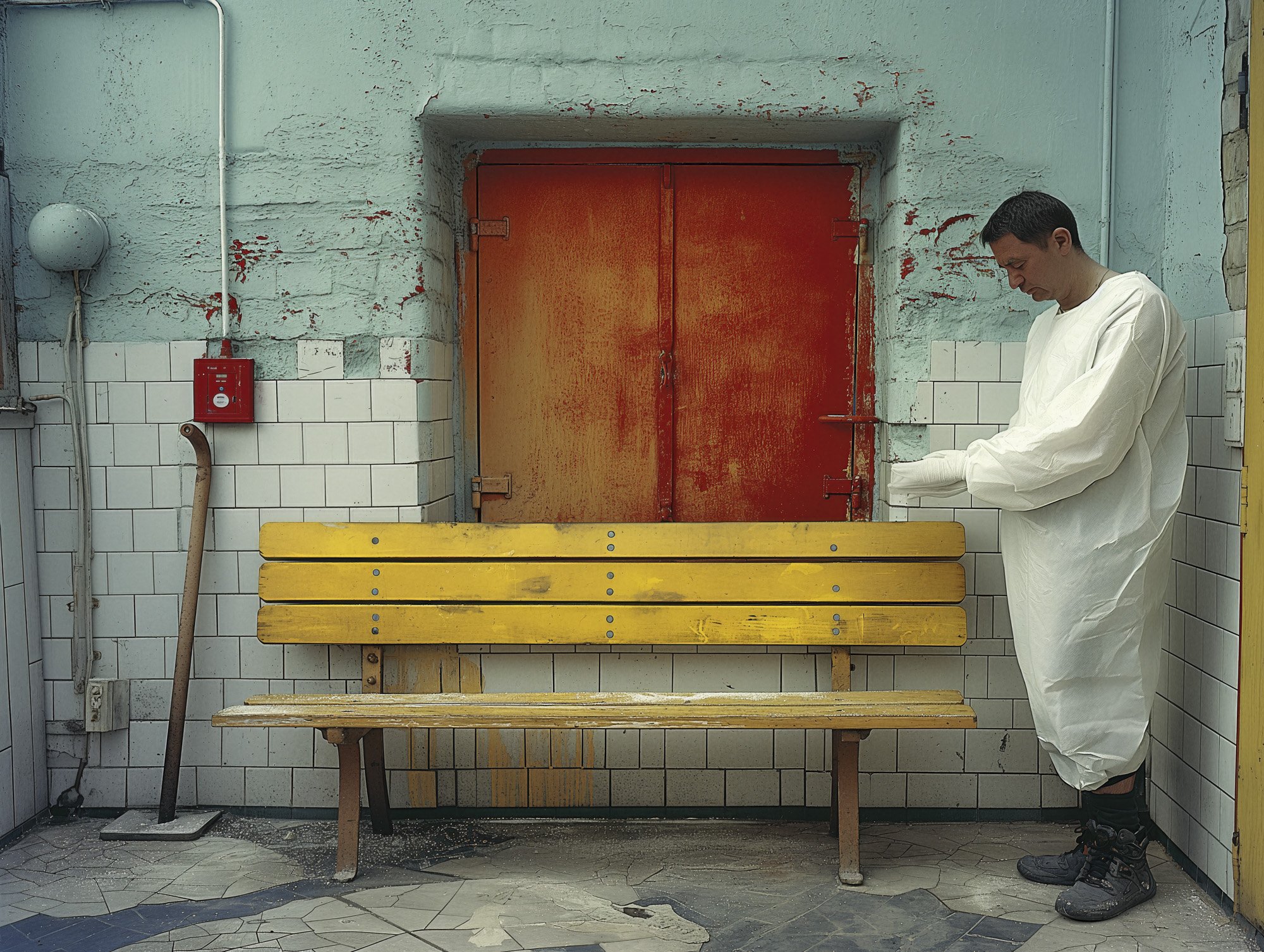
Putins Dream book119.jpg
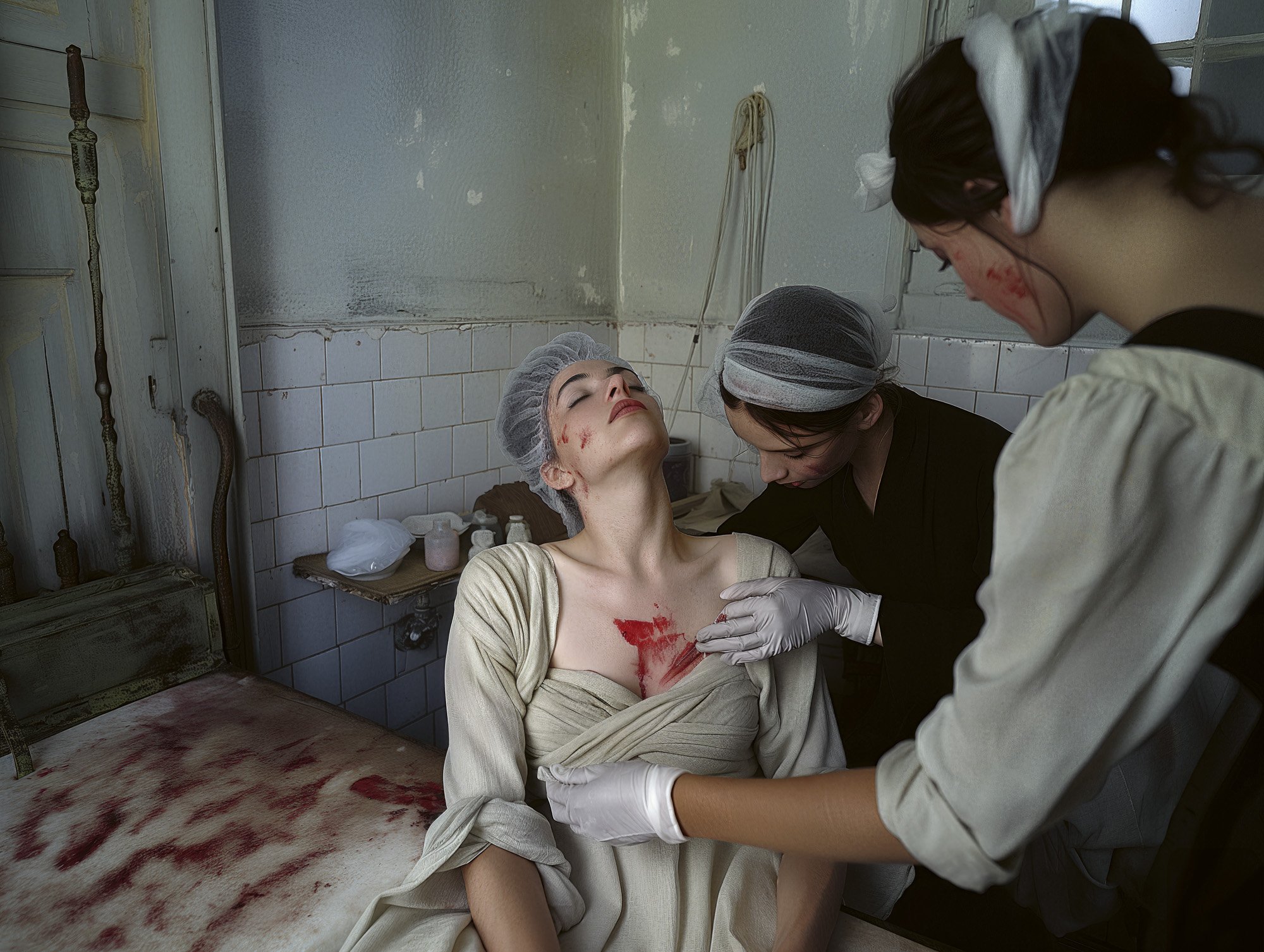
Putins Dream book121.jpg
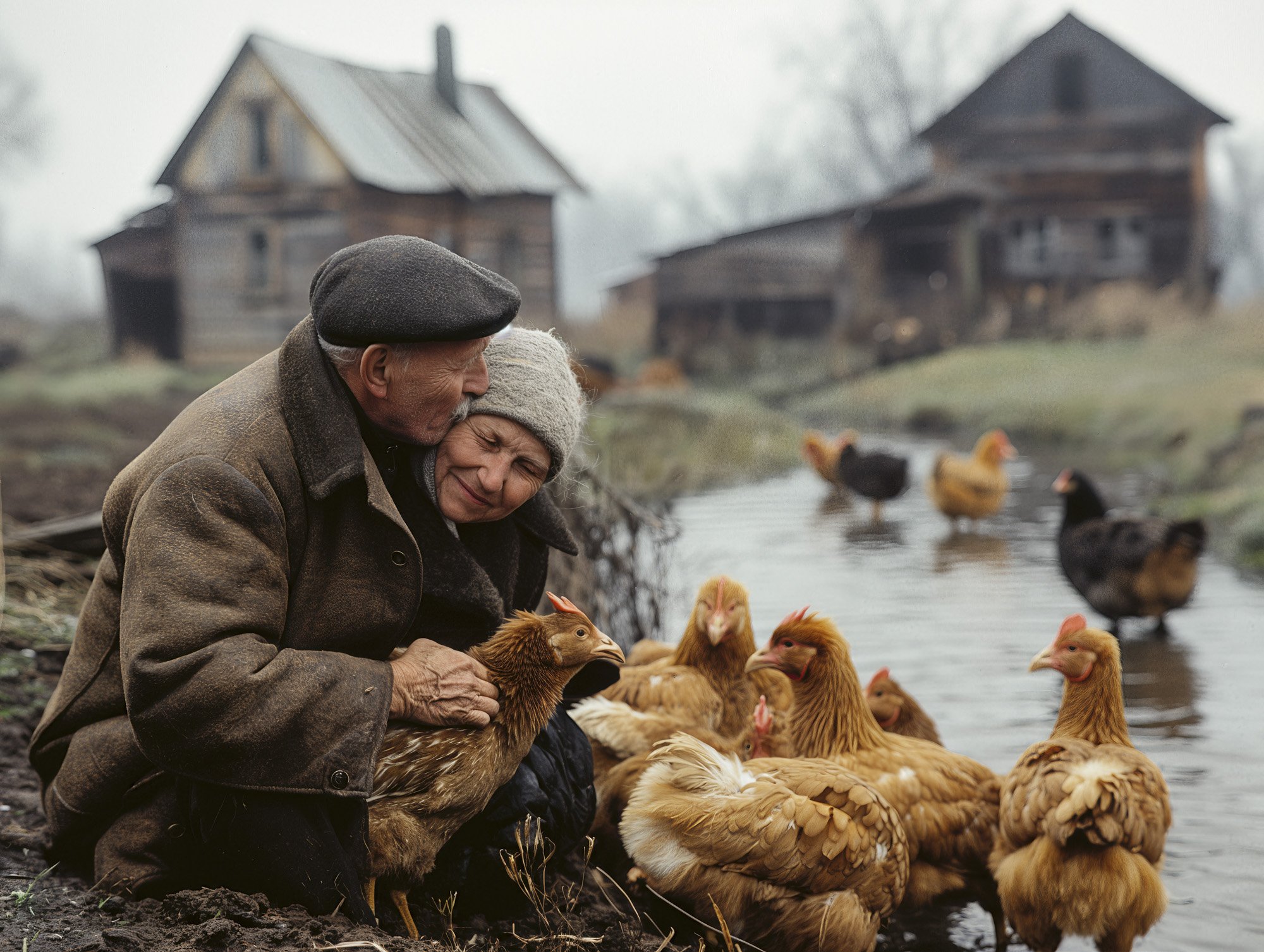
Putins Dream book123.jpg
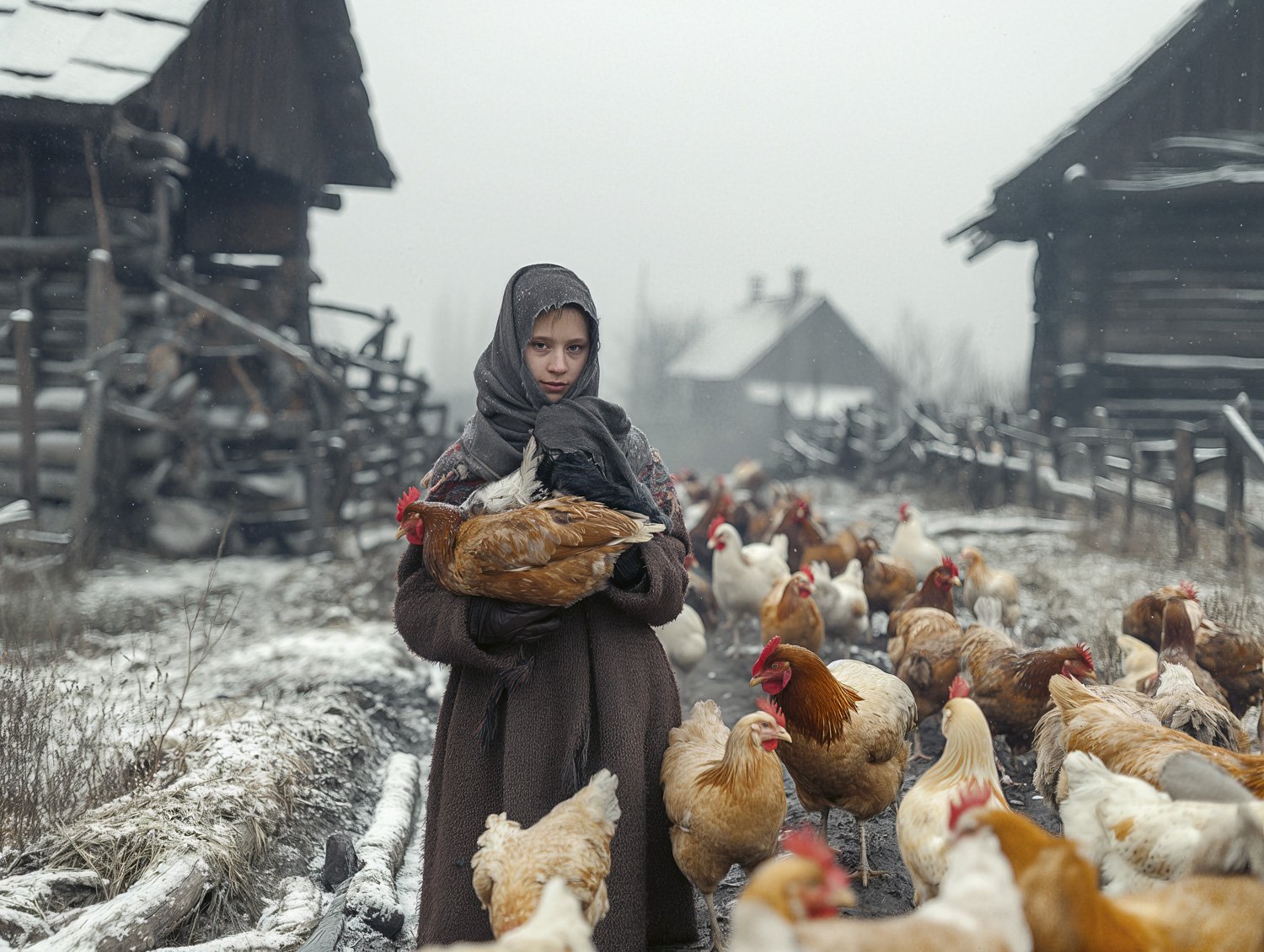
Putins Dream book124.jpg

Putins Dream book125.jpg
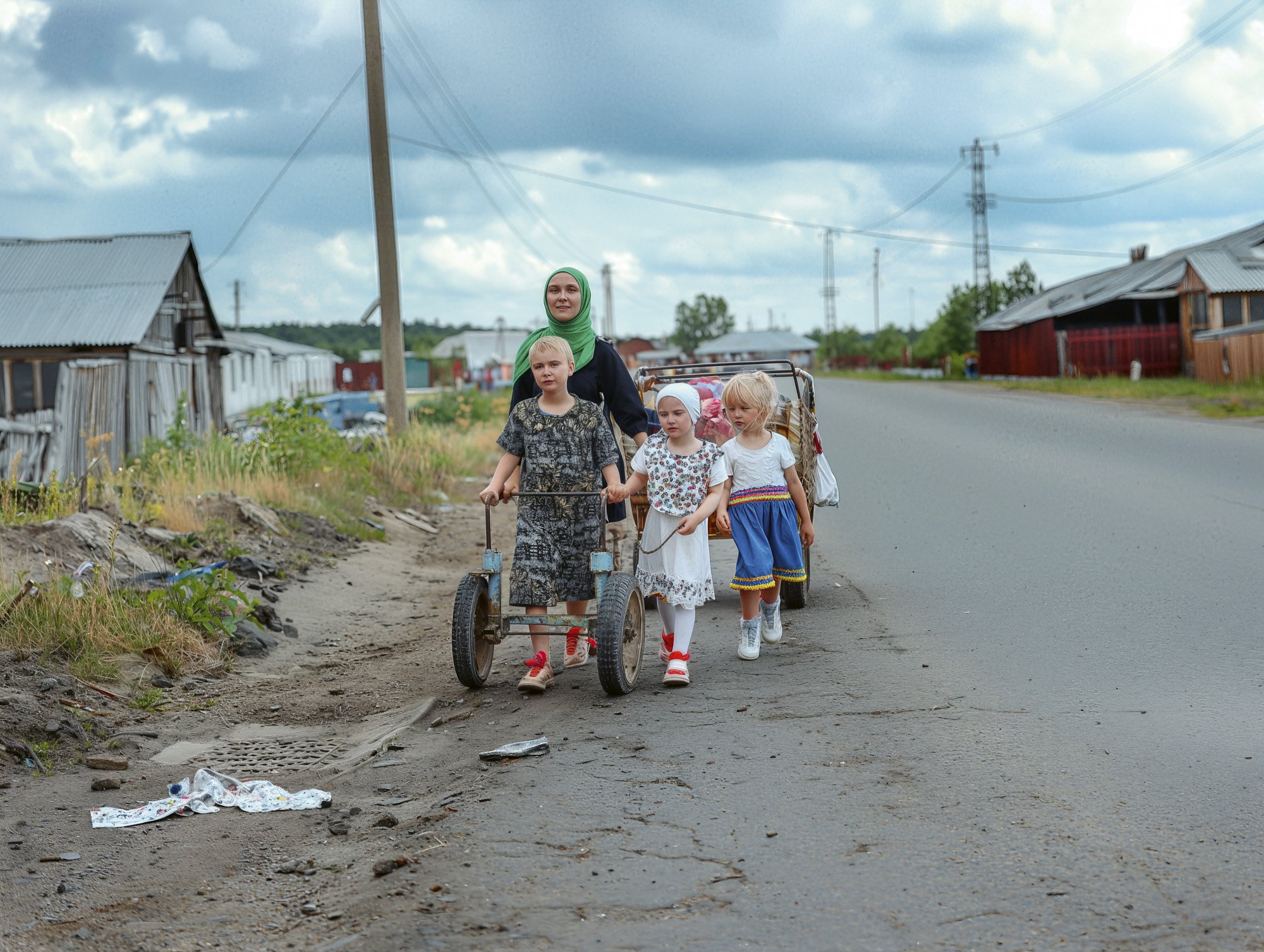
Putins Dream book126.jpg
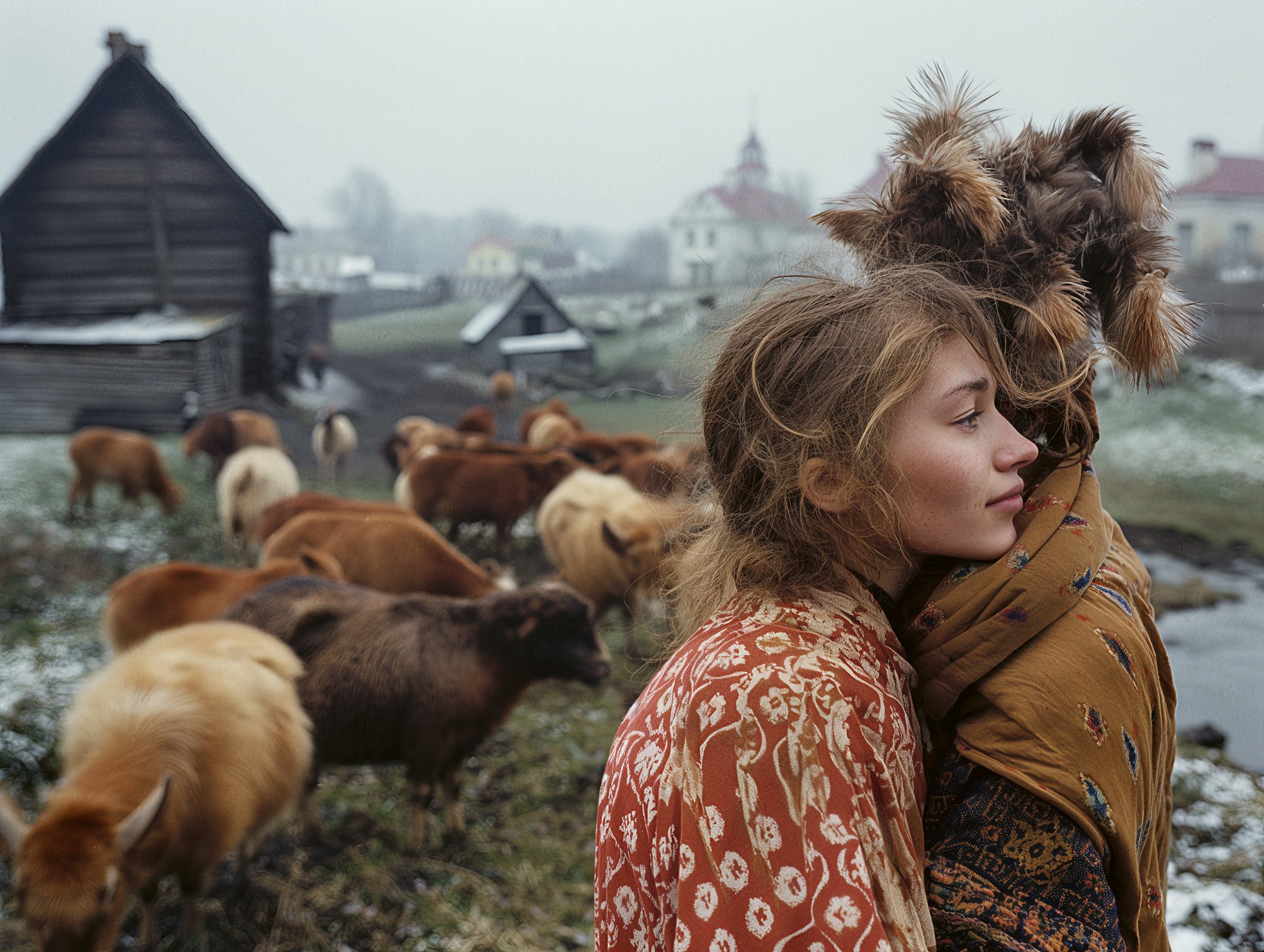
Putins Dream book127.jpg

Putins Dream book130.jpg
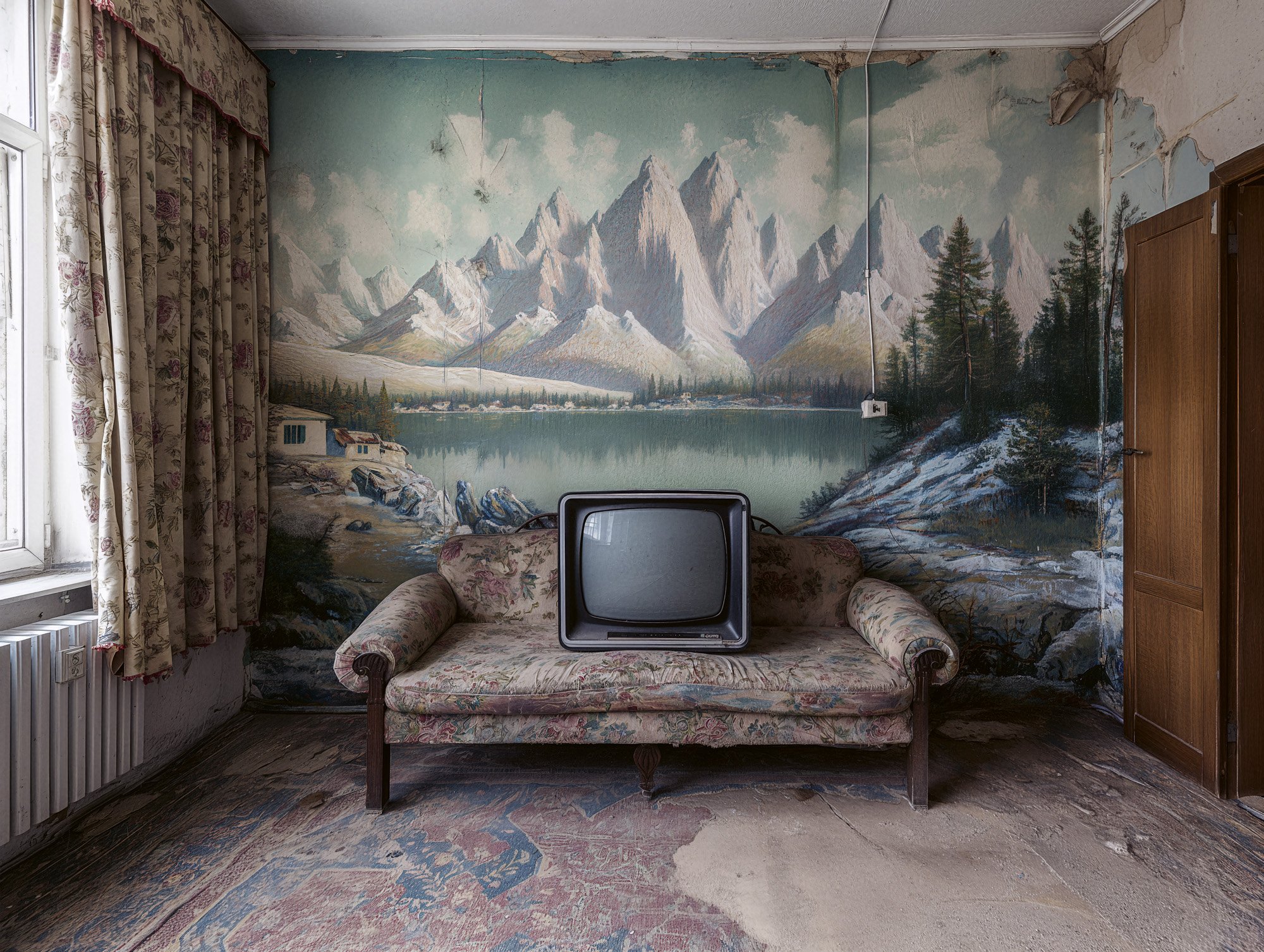
Putins Dream book132.jpg
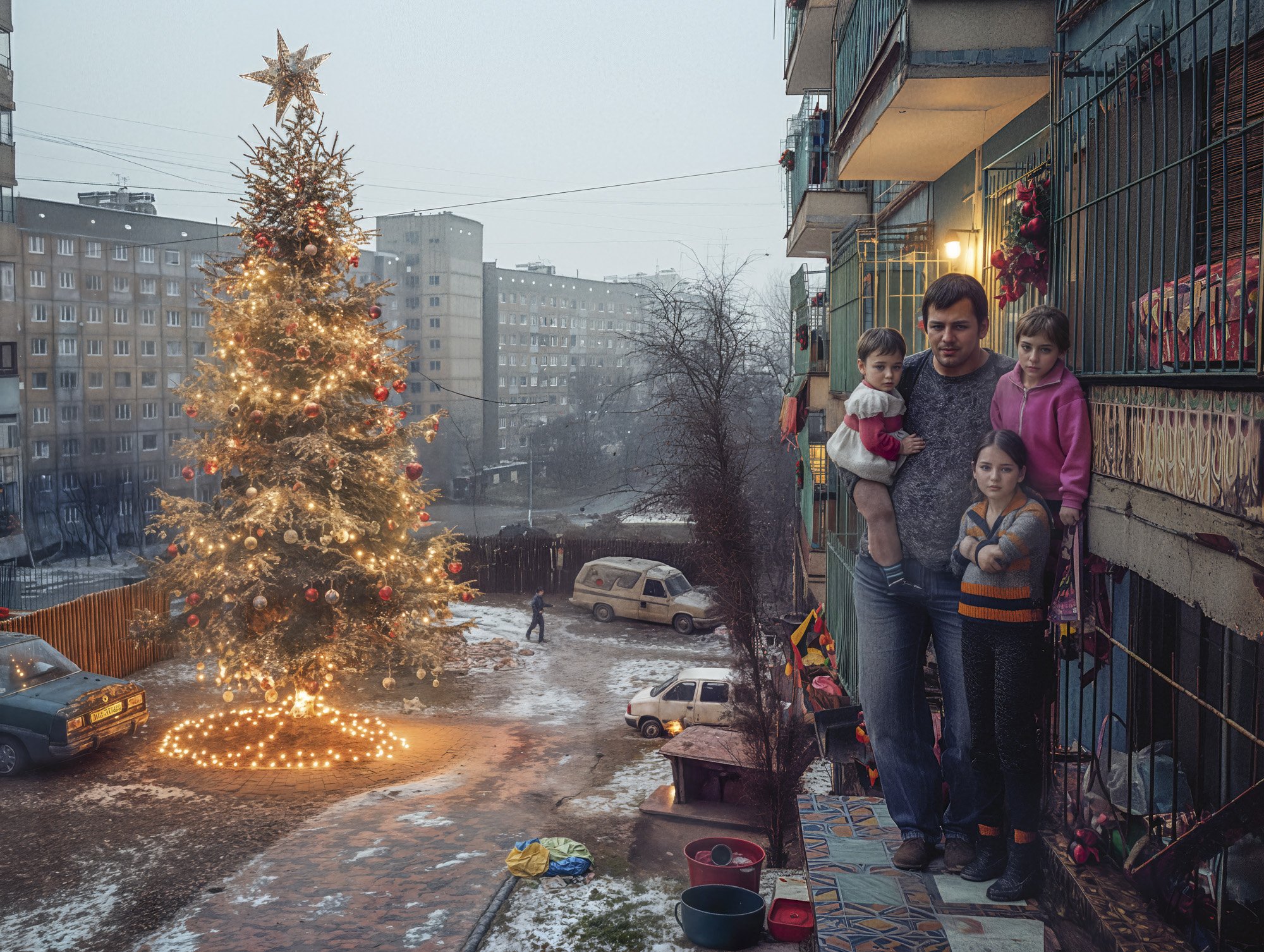
Putins Dream book133.jpg
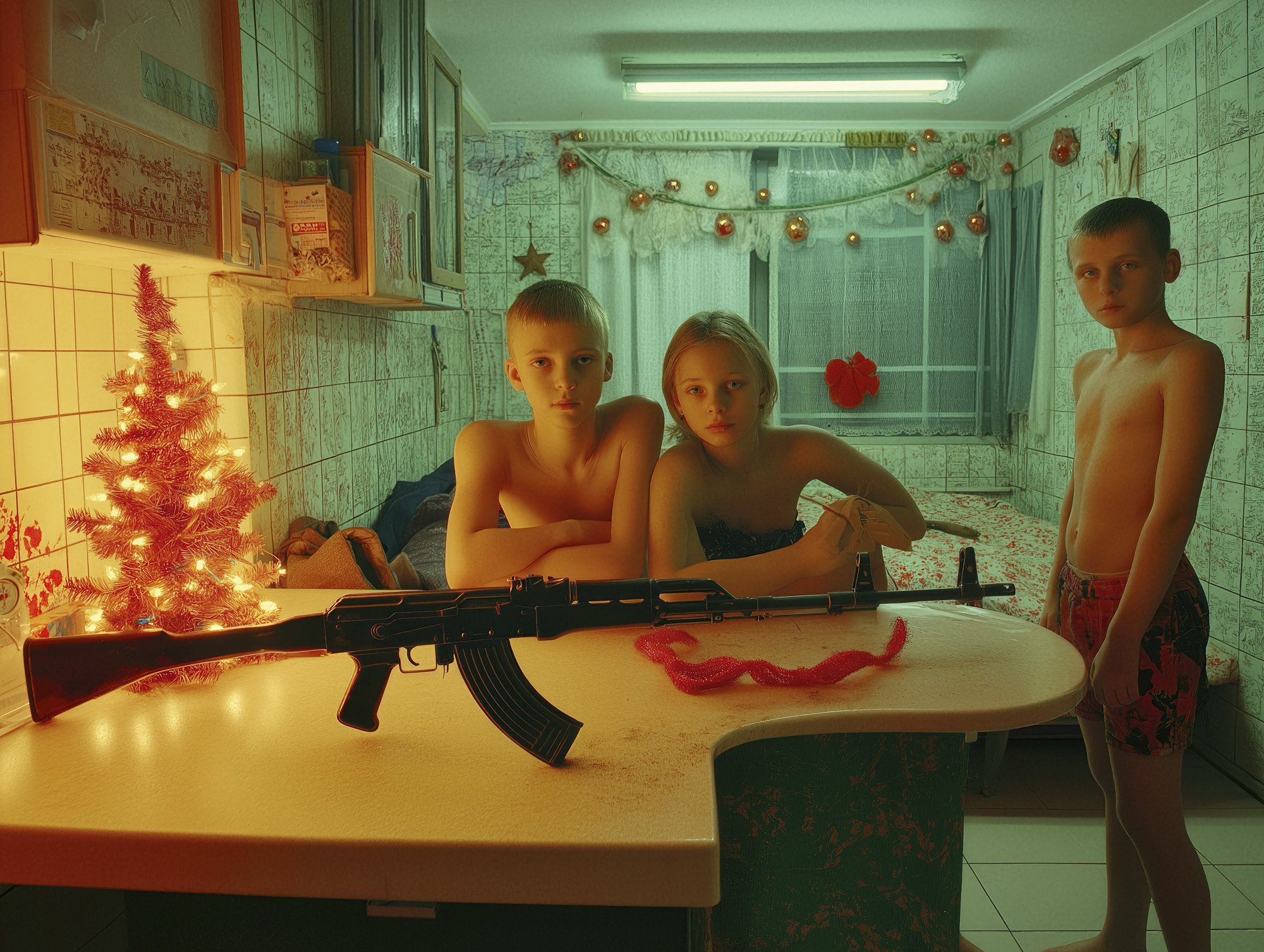
Putins Dream book134.jpg
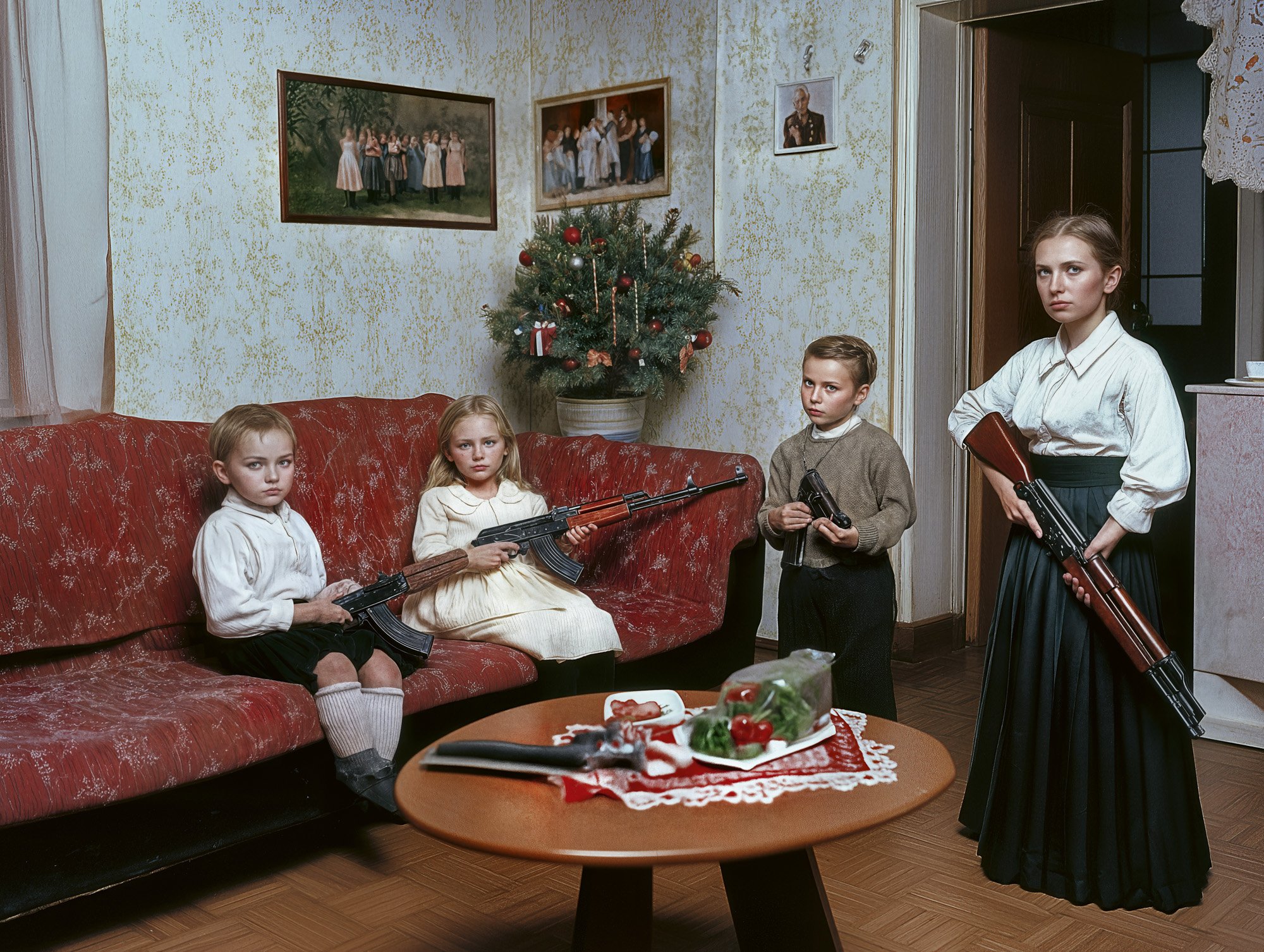
Putins Dream book136.jpg
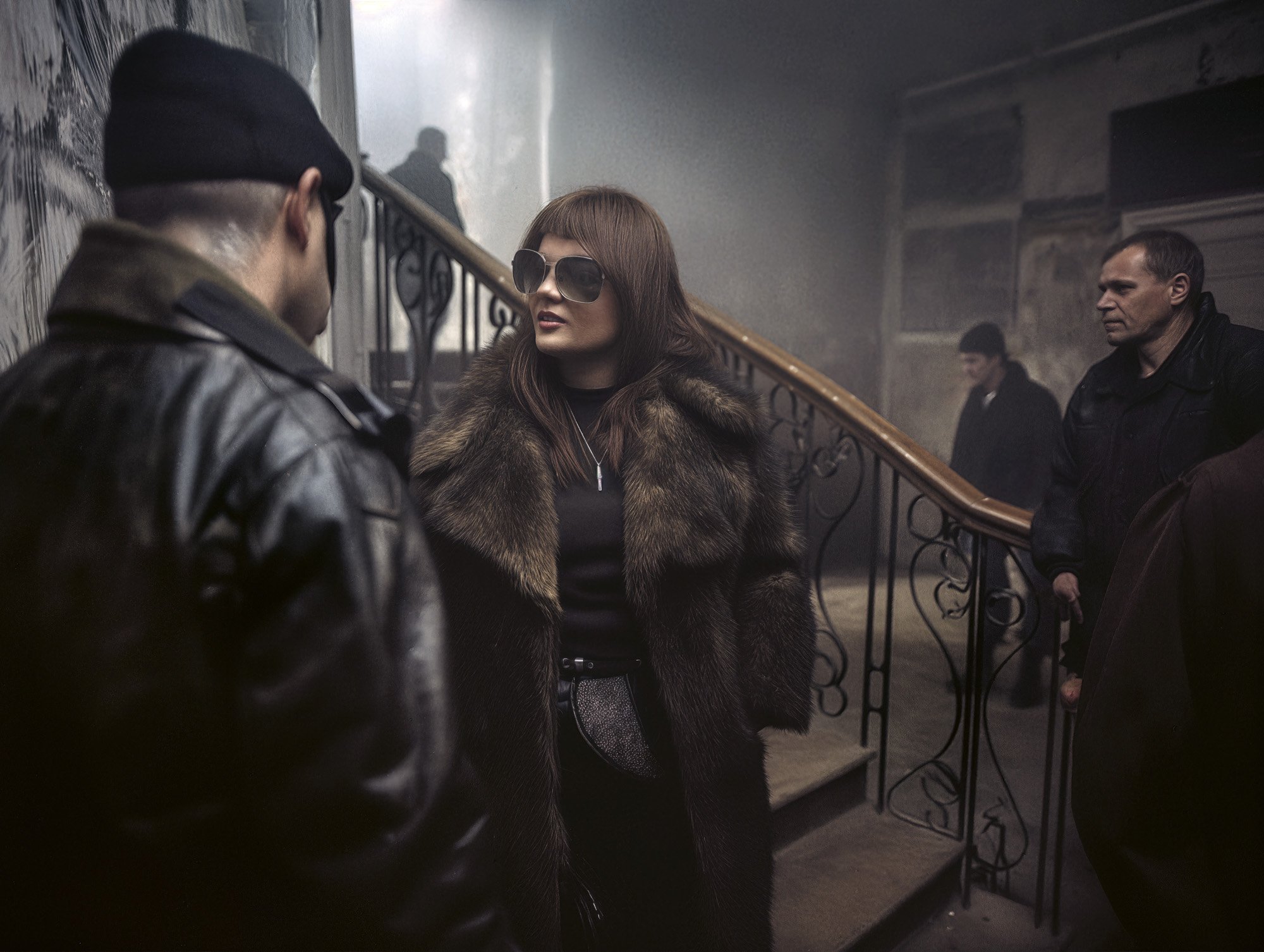
Putins Dream book138.jpg
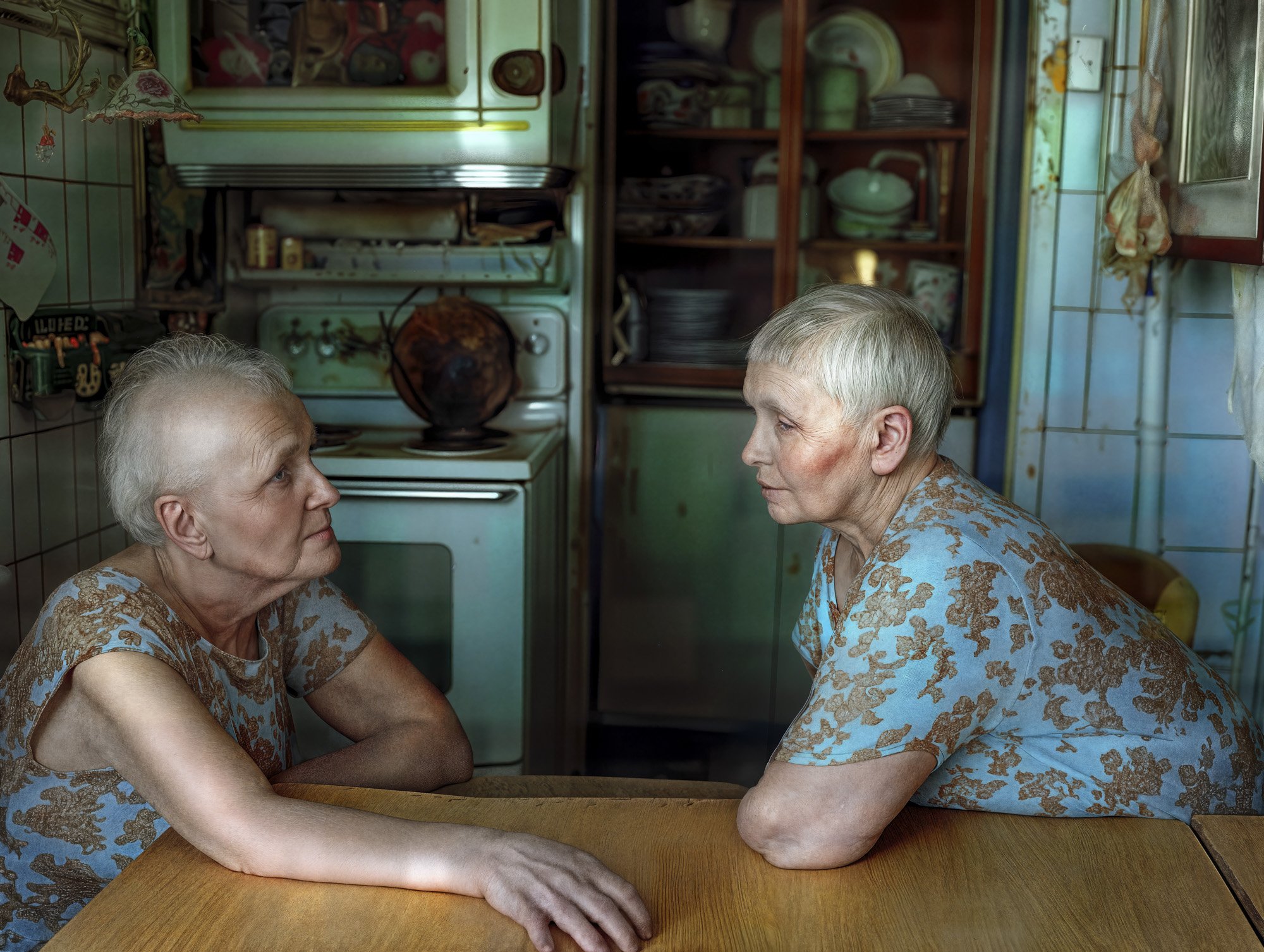
Putins Dream book141.jpg
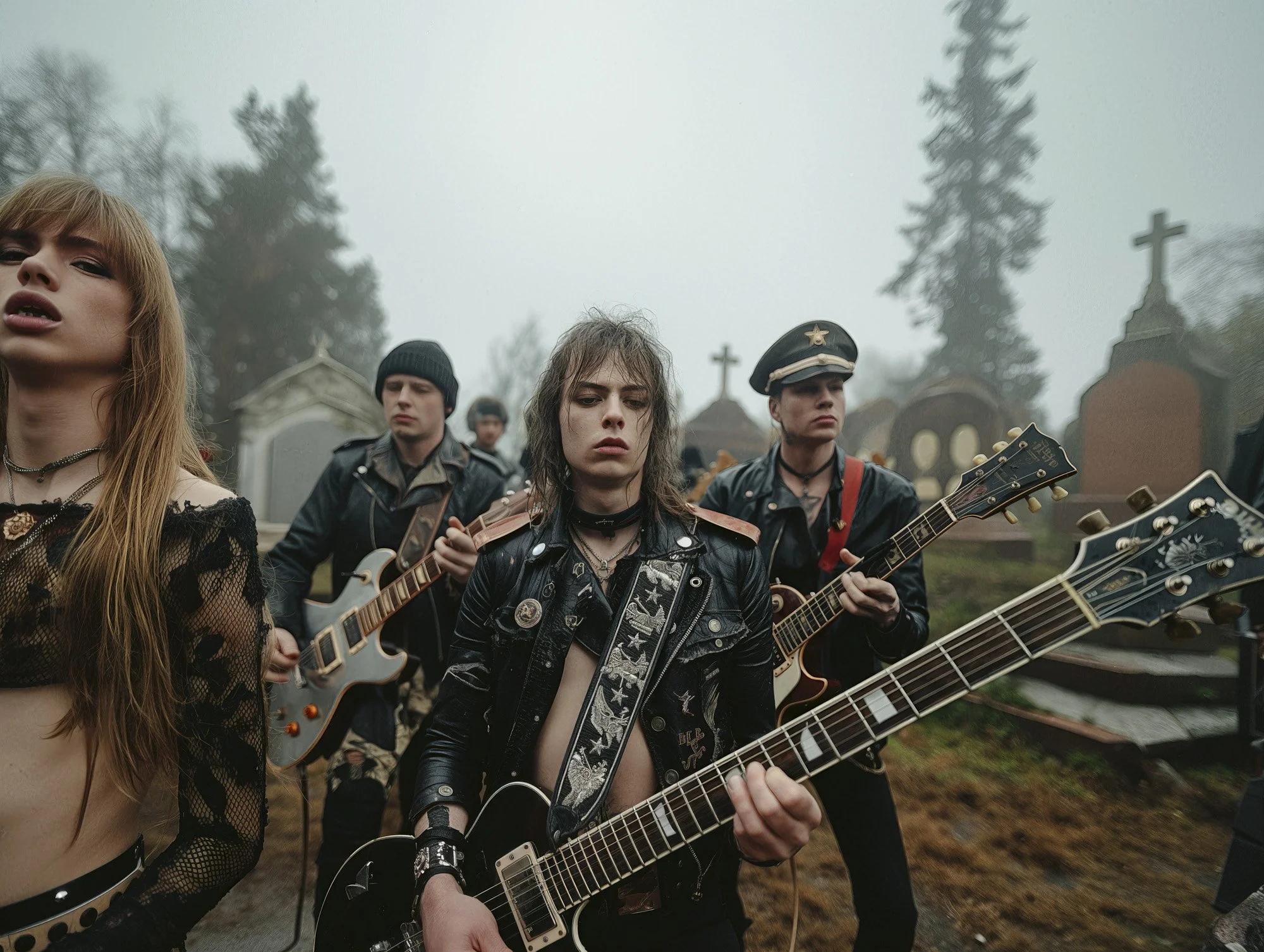
Putins Dream book142.jpg
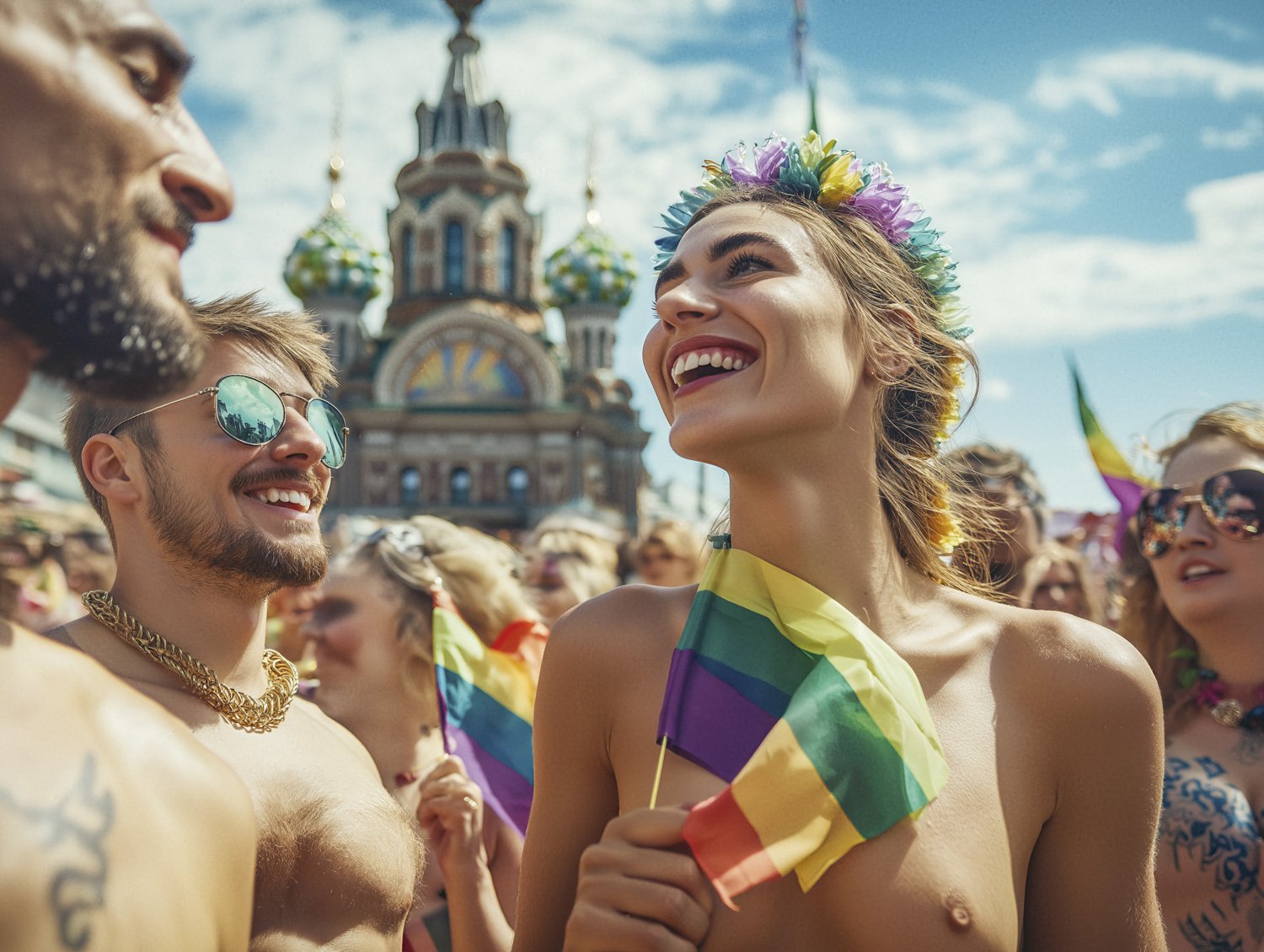
Putins Dream book145.jpg
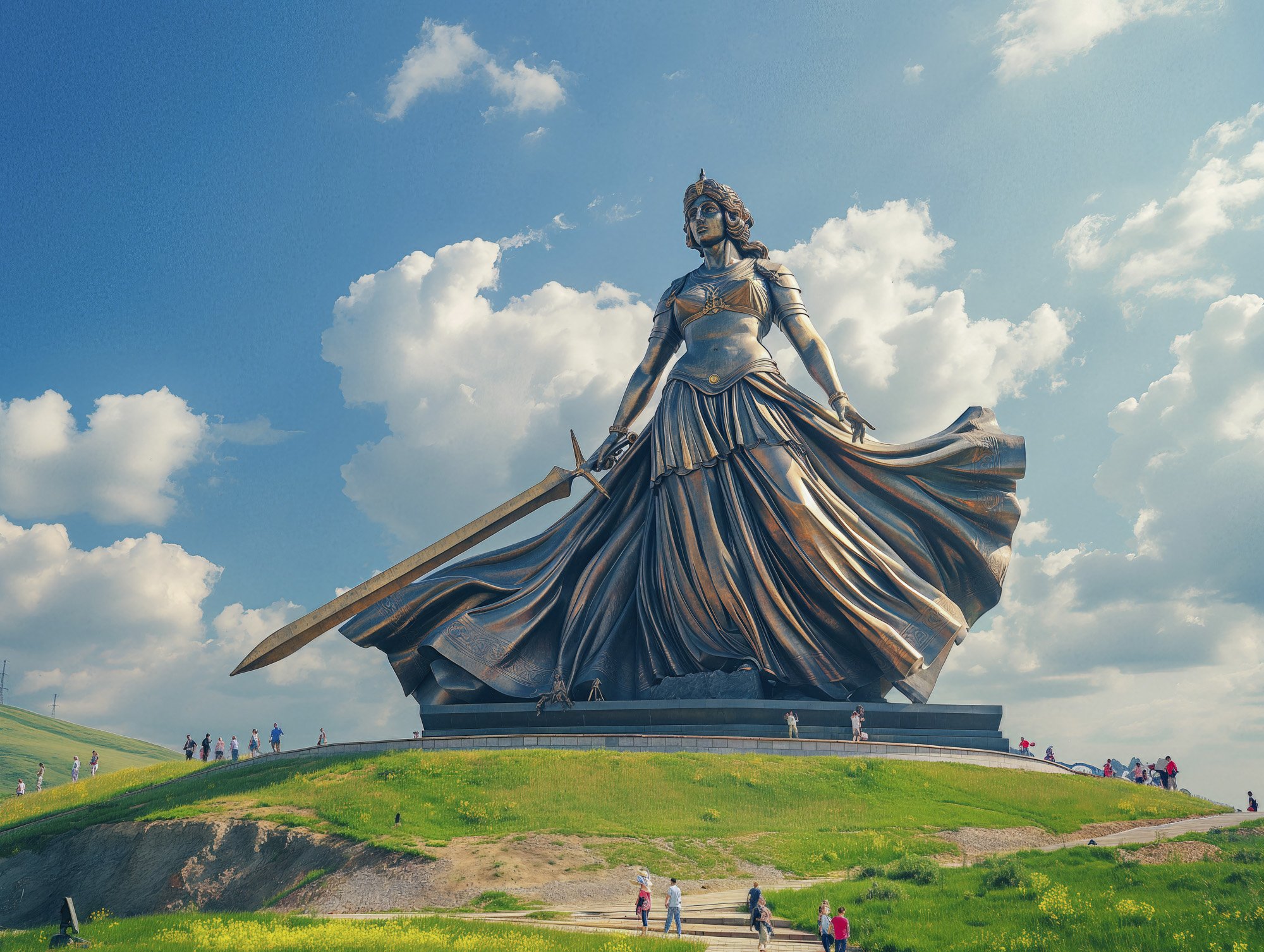
Putins Dream book146.jpg
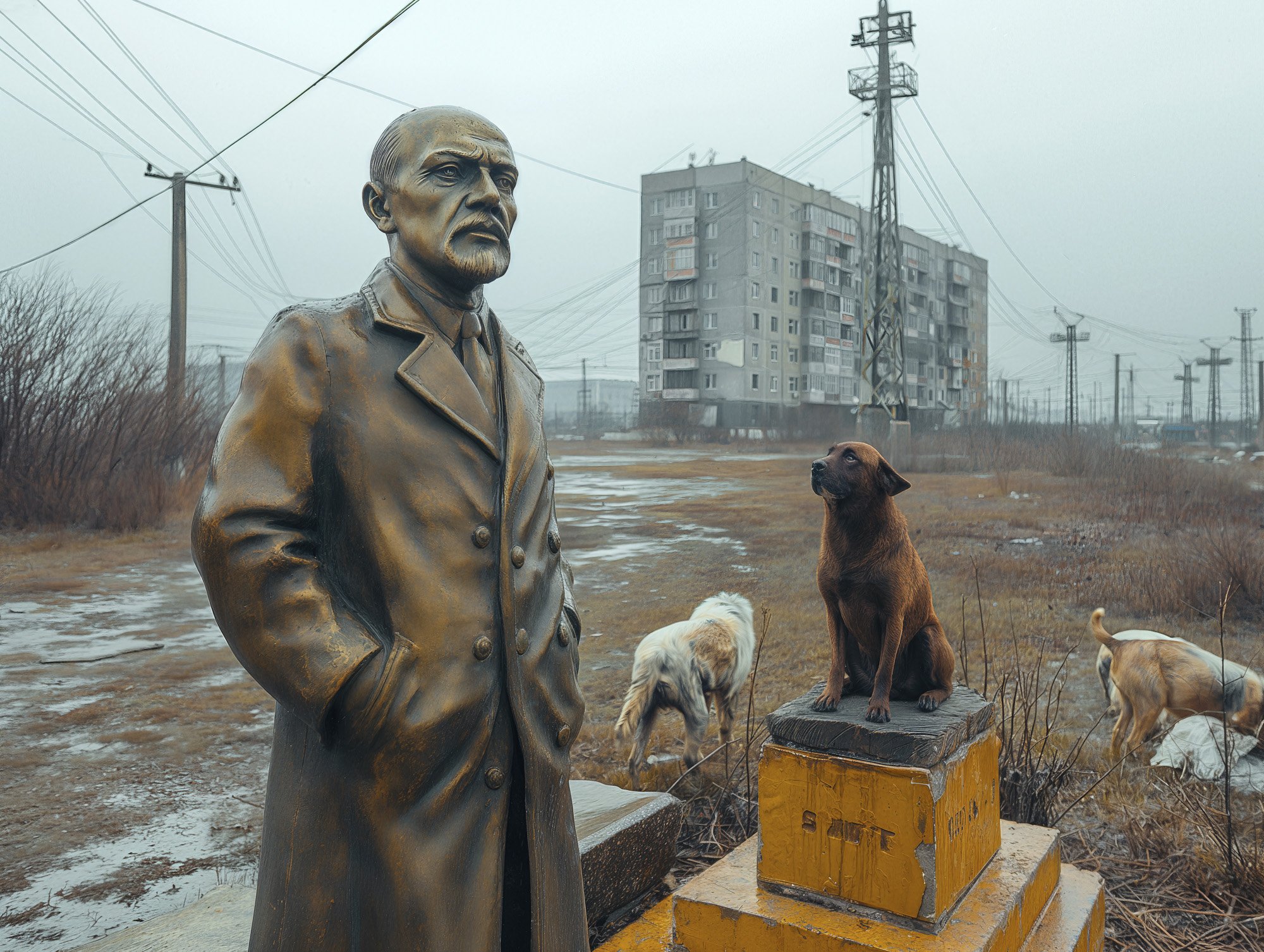
Putins Dream book147.jpg
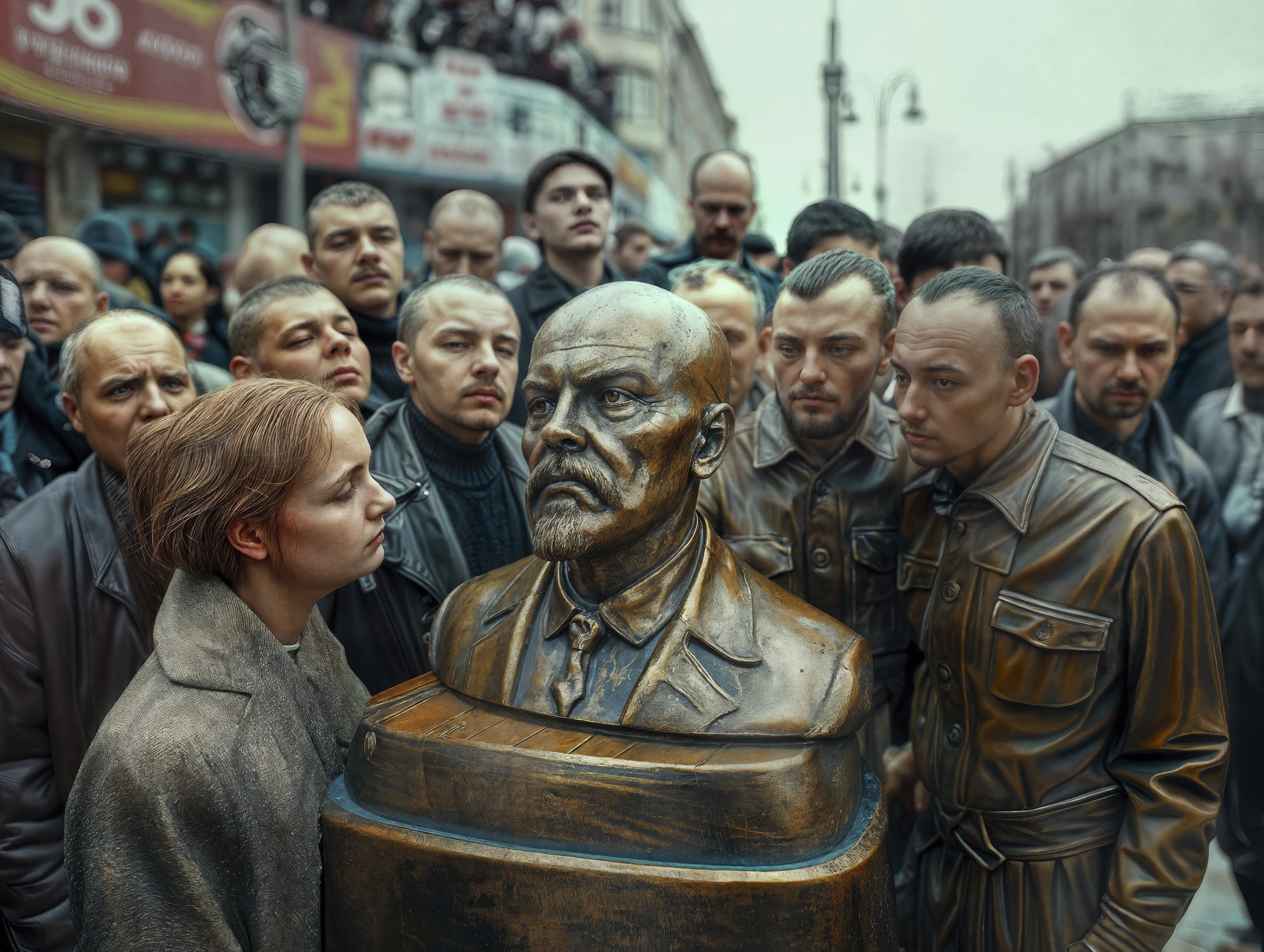
Putins Dream book150.jpg
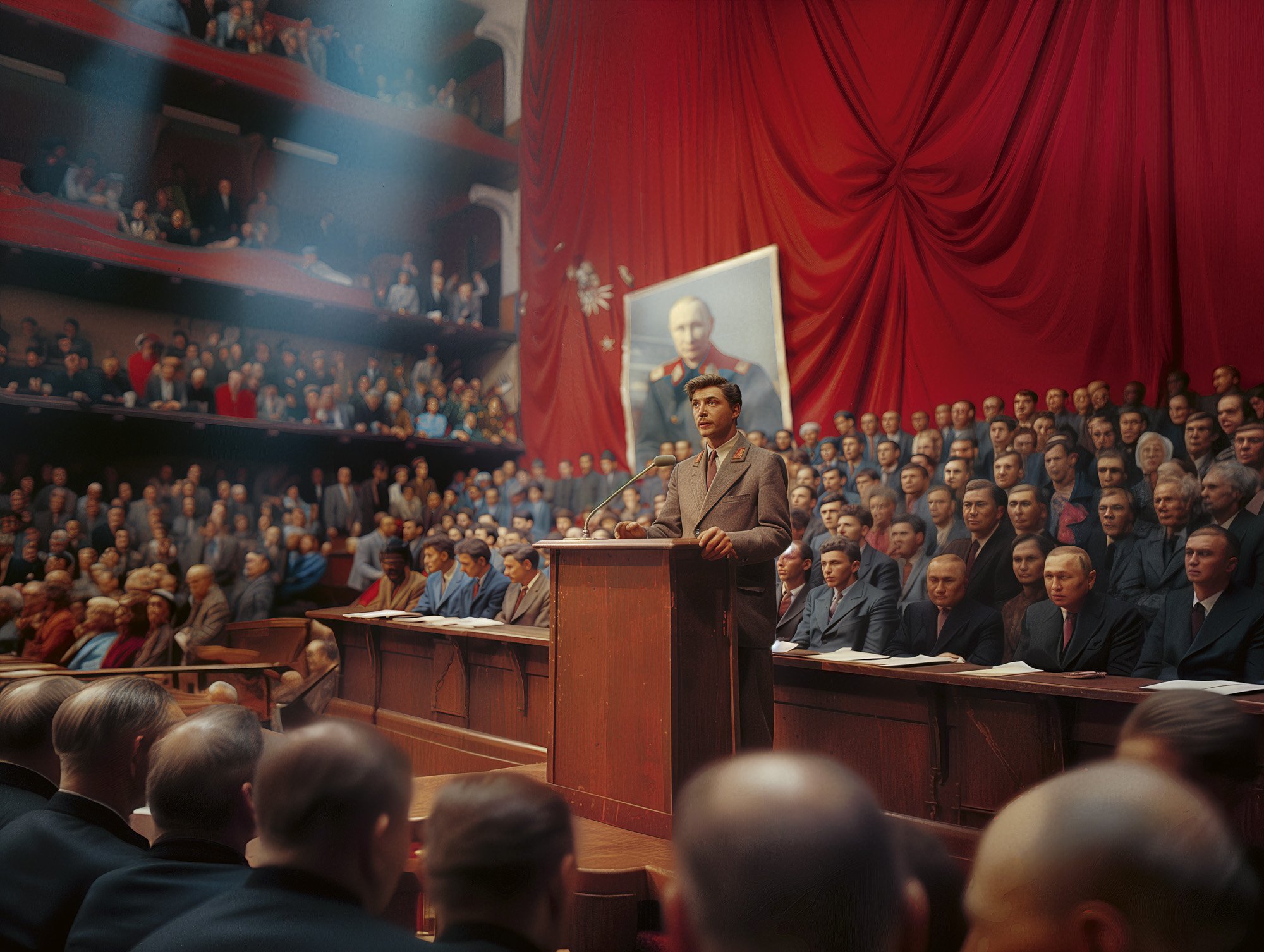
Putins Dream book151.jpg

Putins Dream book152.jpg
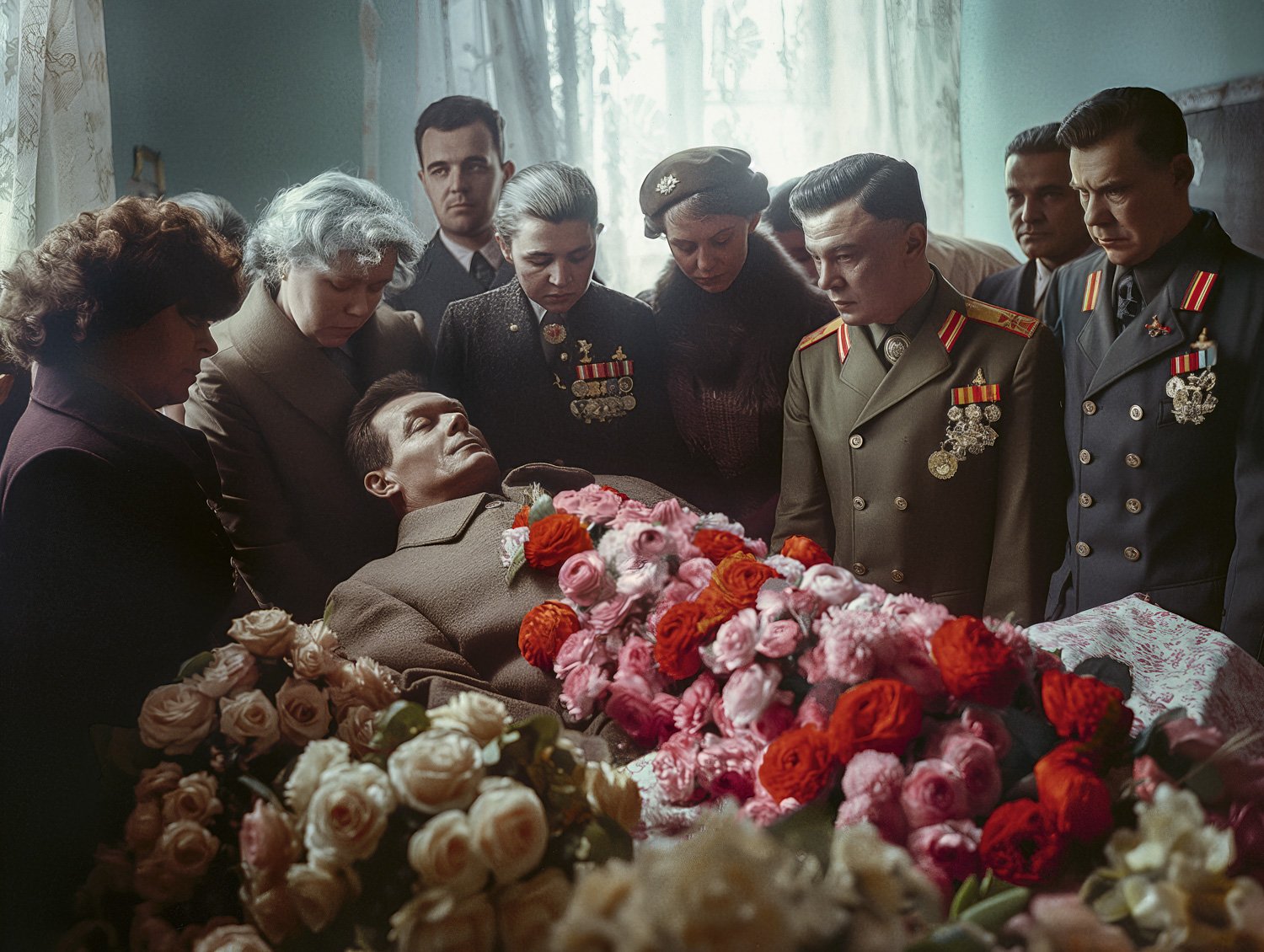
Putins Dream book153.jpg
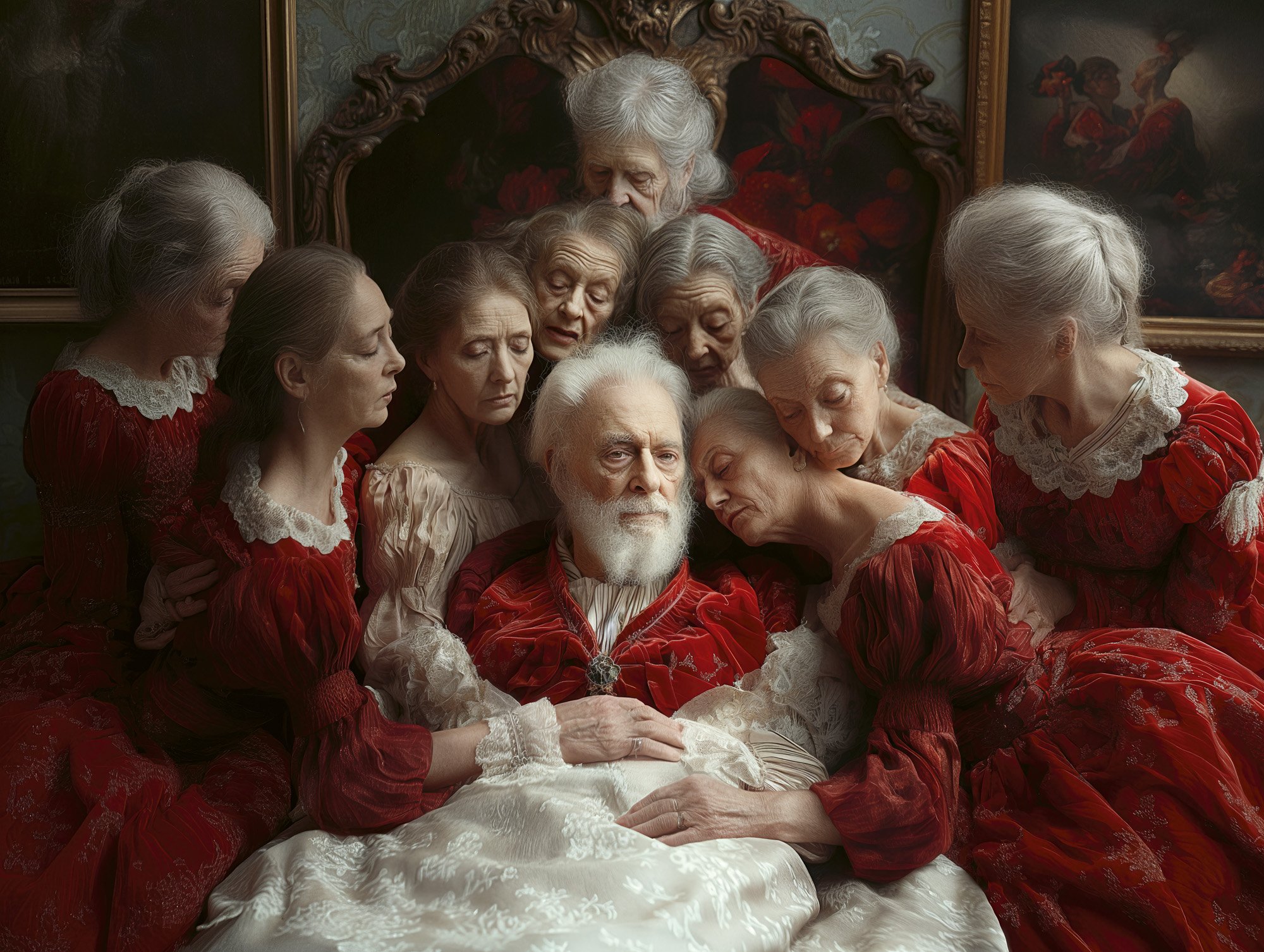
Putins Dream book154.jpg
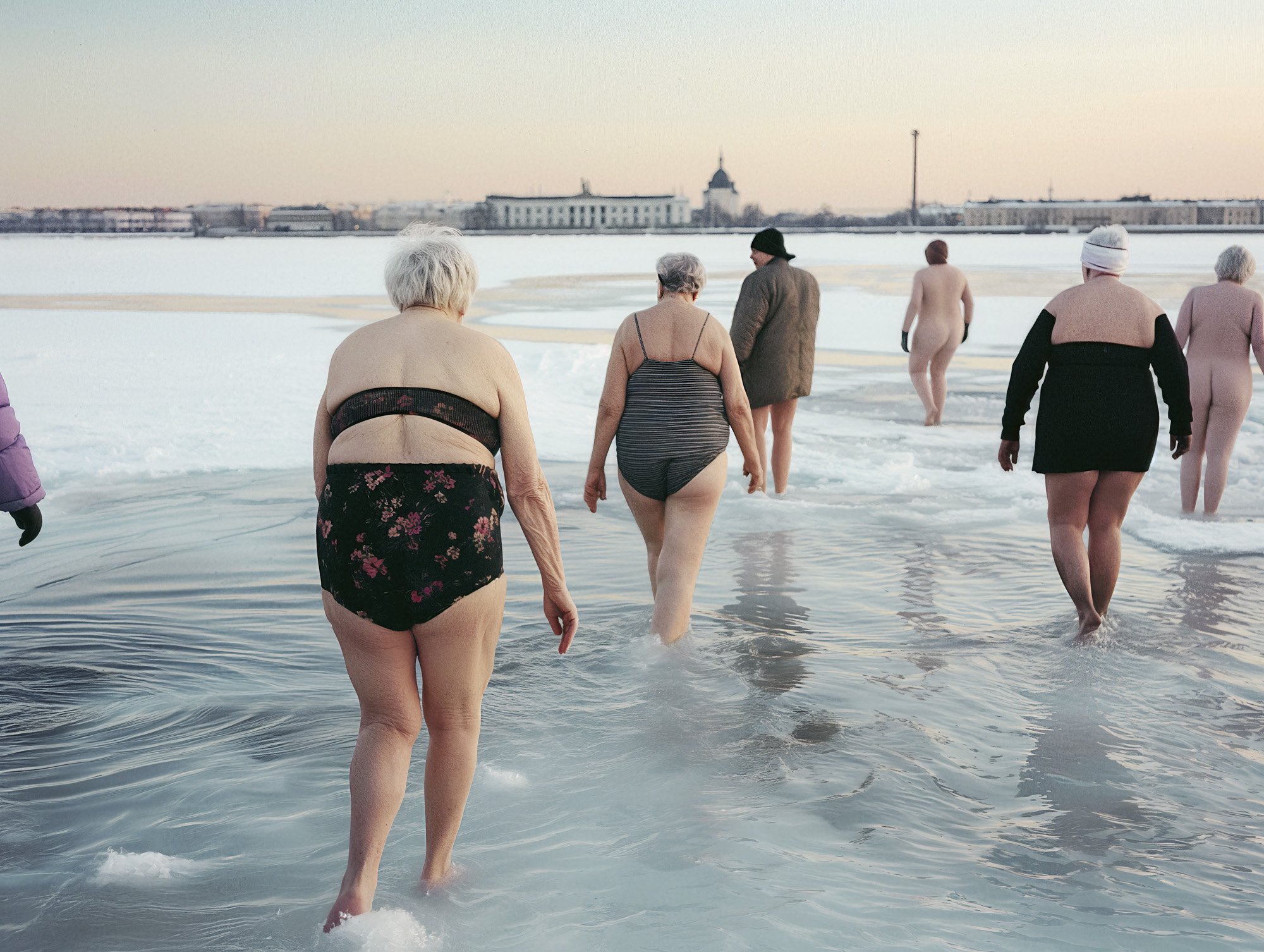
Putins Dream book155.jpg
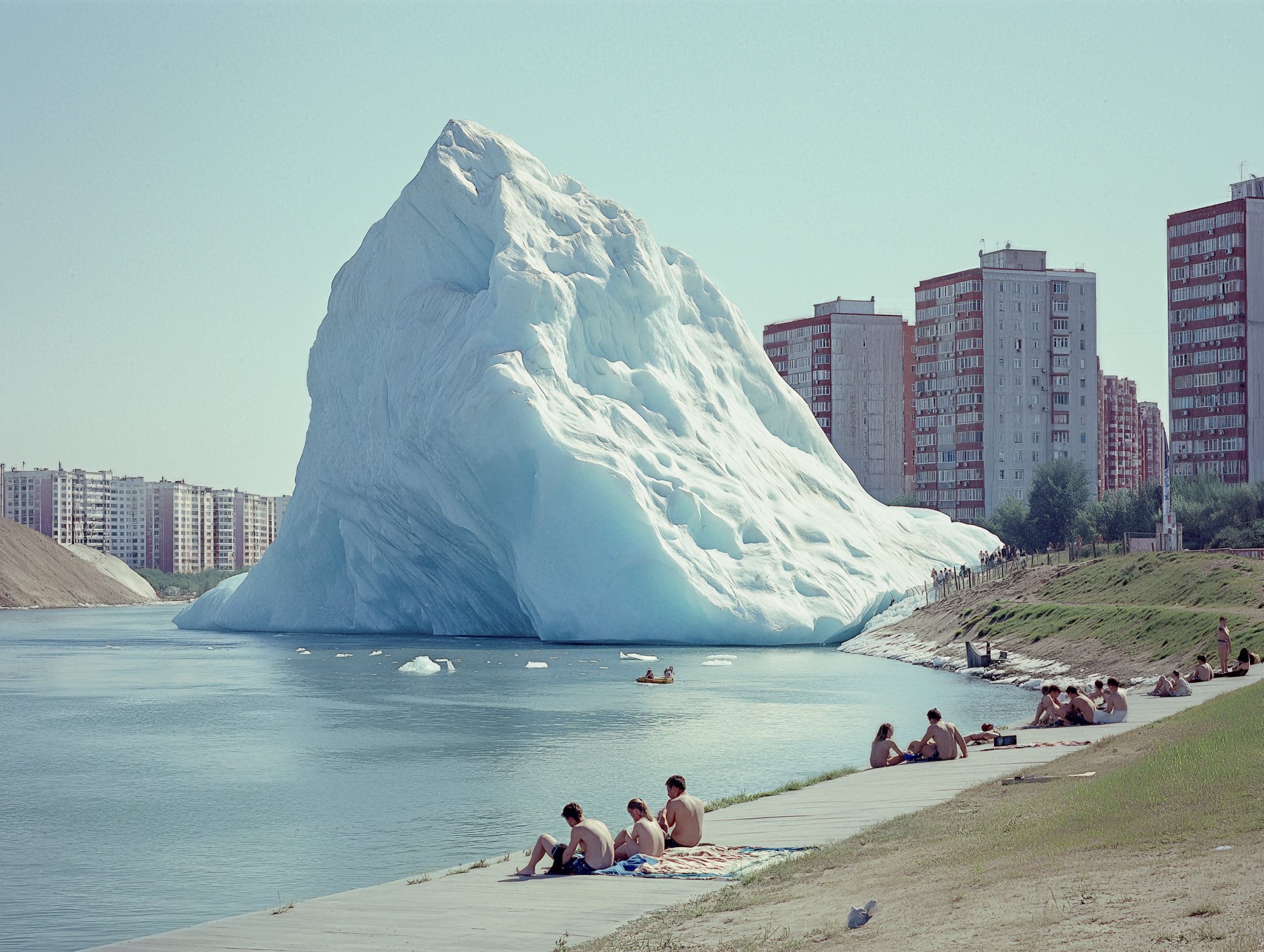
Putins Dream book157.jpg
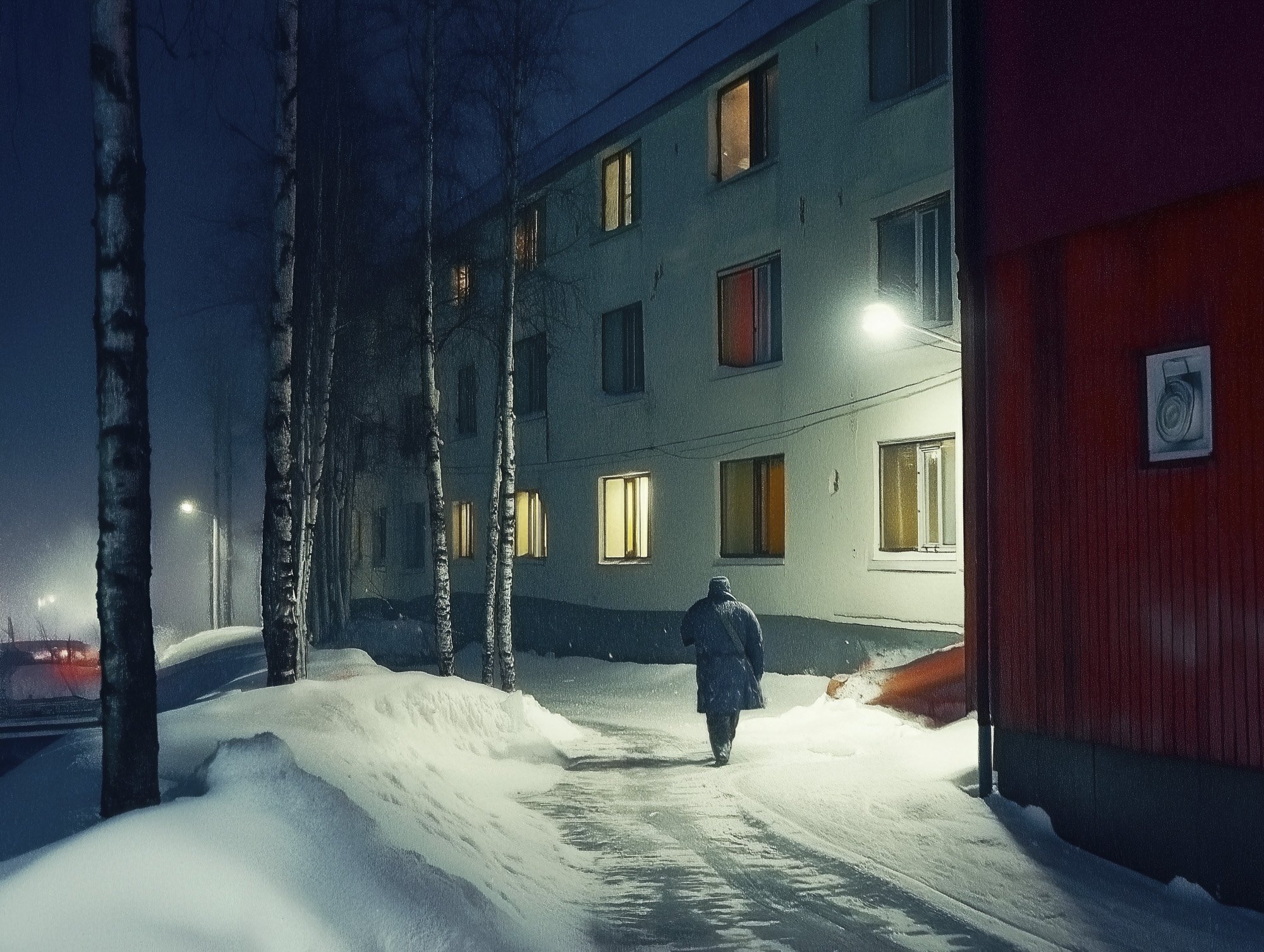
Putins Dream book158.jpg

Putins Dream book159.jpg
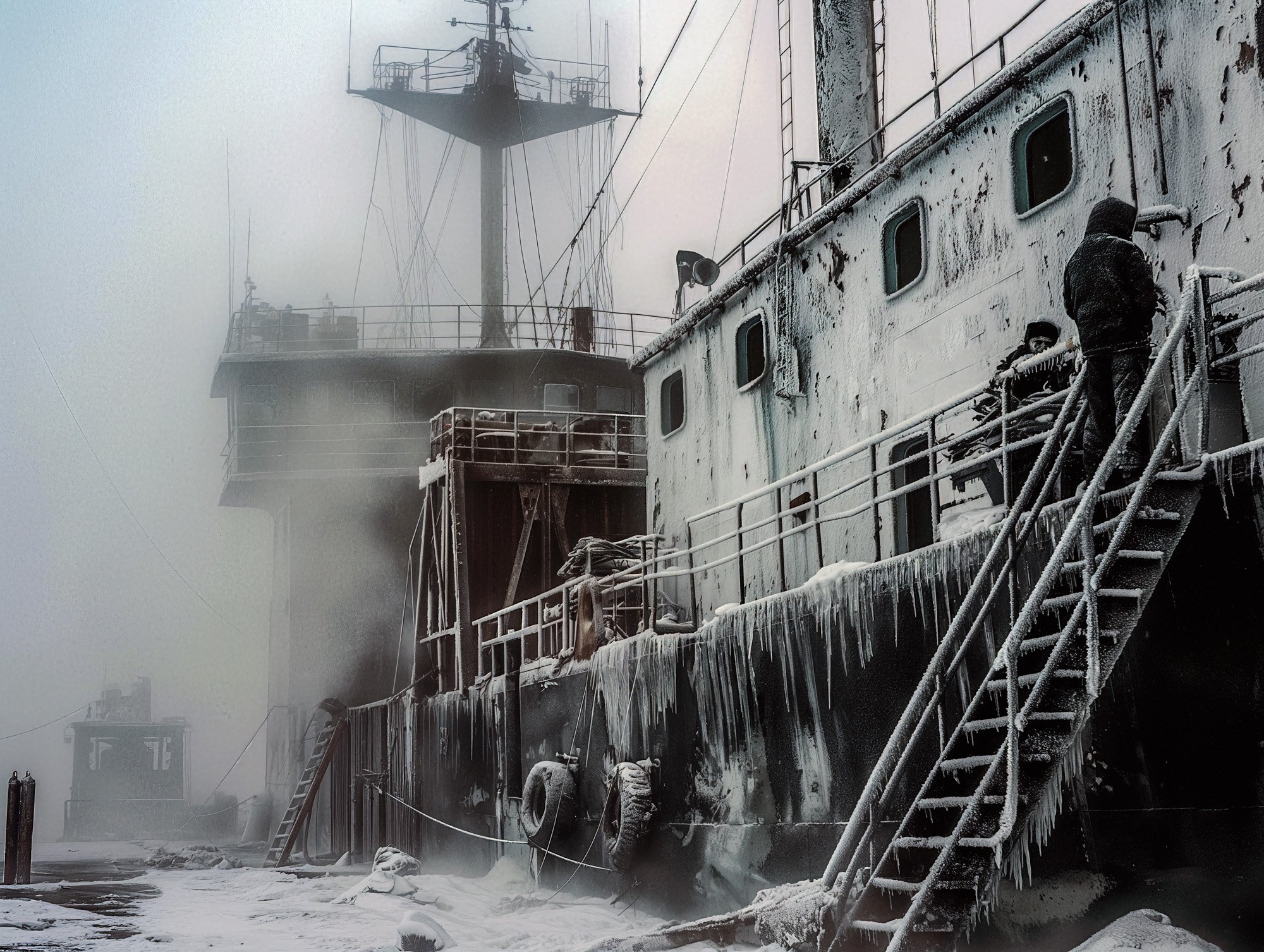
Putins Dream book160.jpg
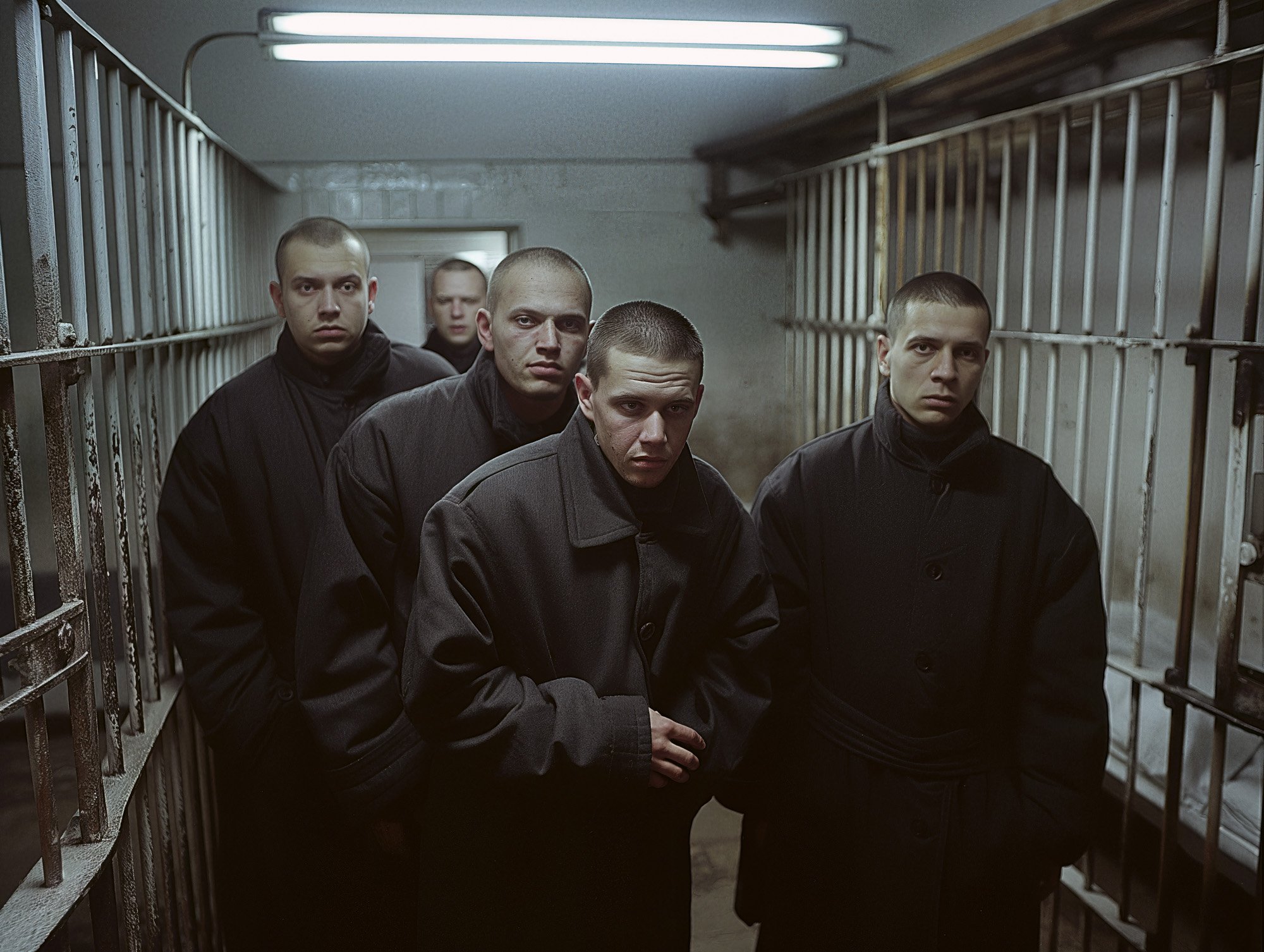
Putins Dream book162.jpg
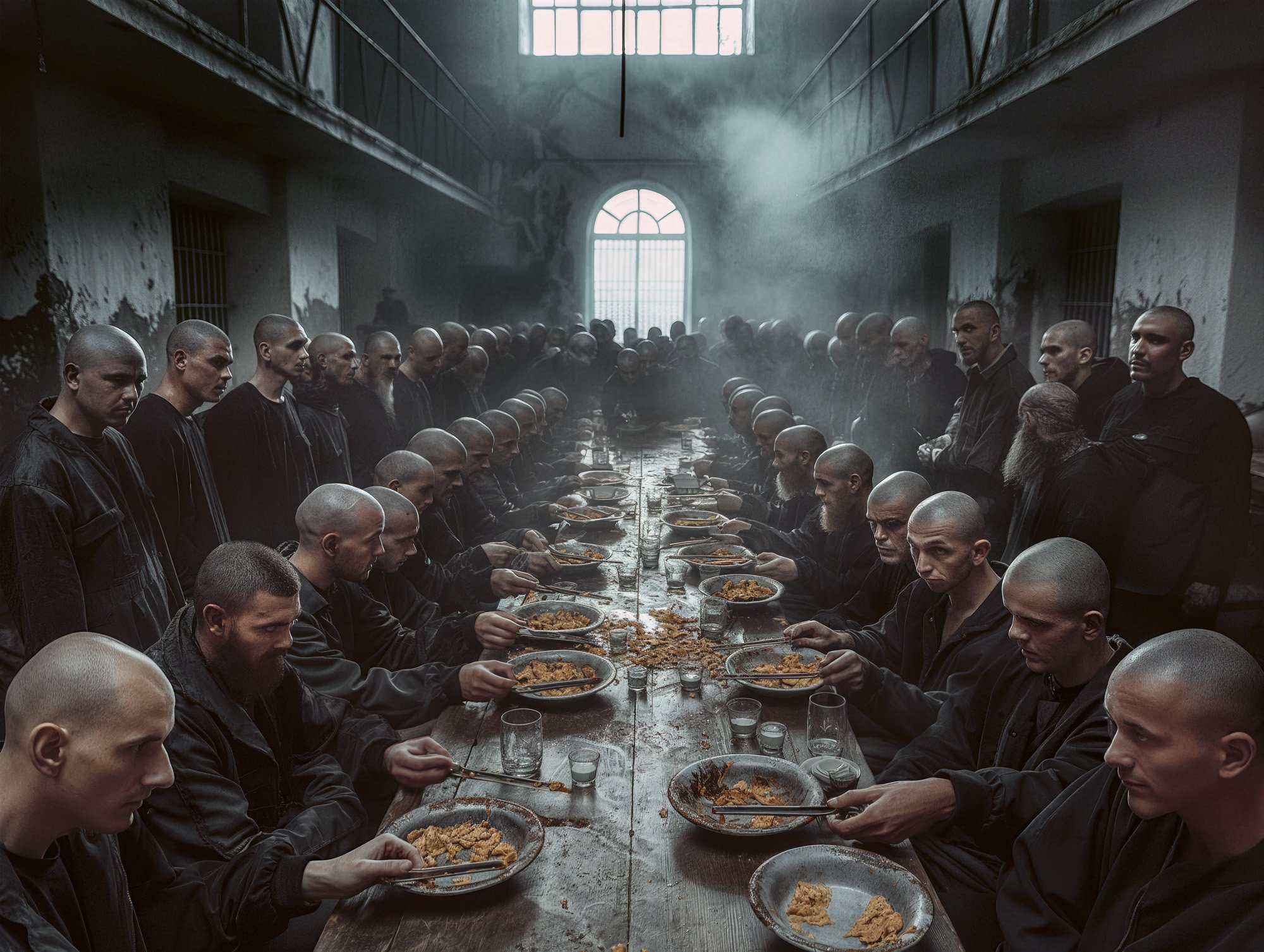
Putins Dream book163.jpg
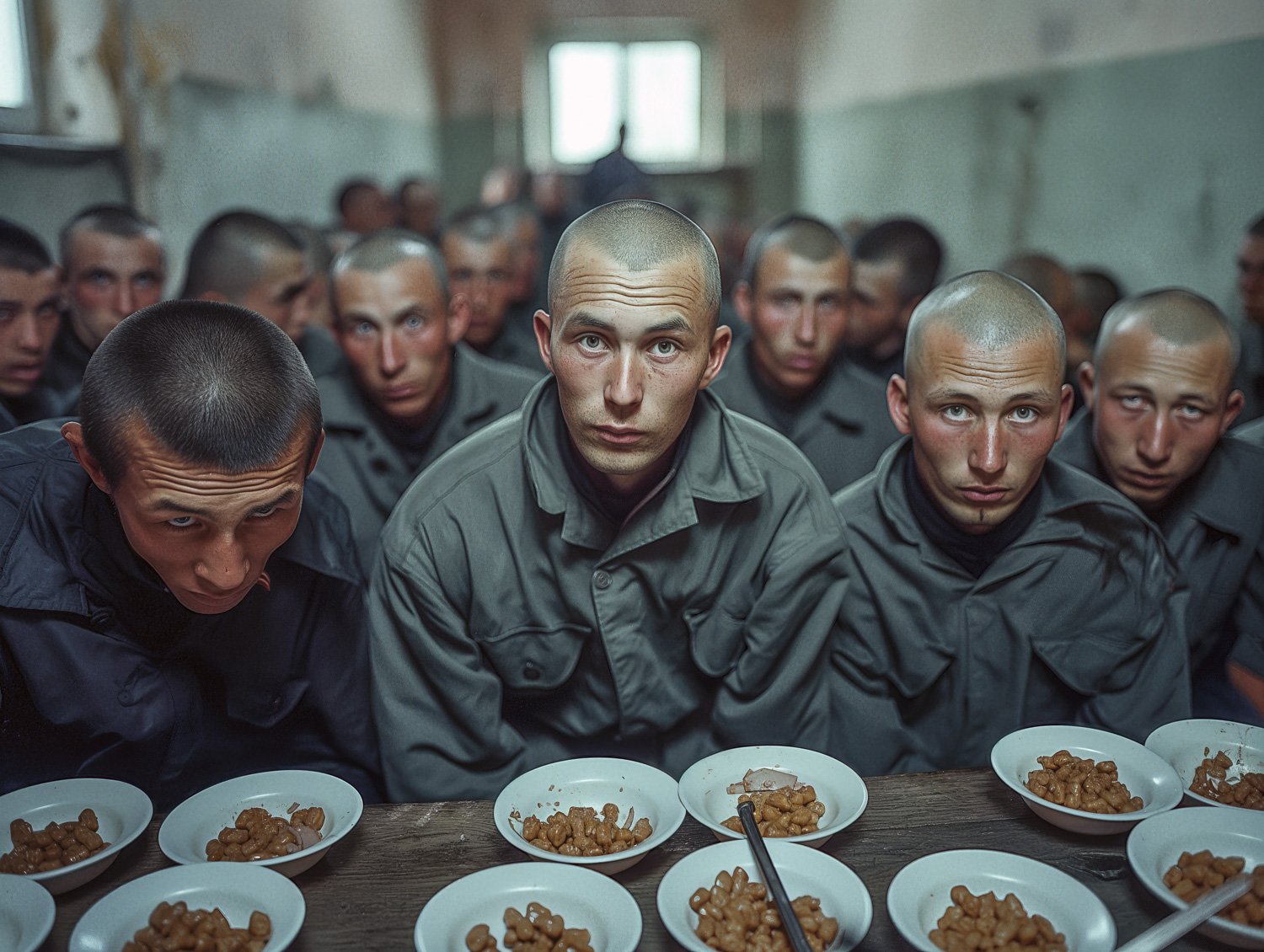
Putins Dream book164.jpg
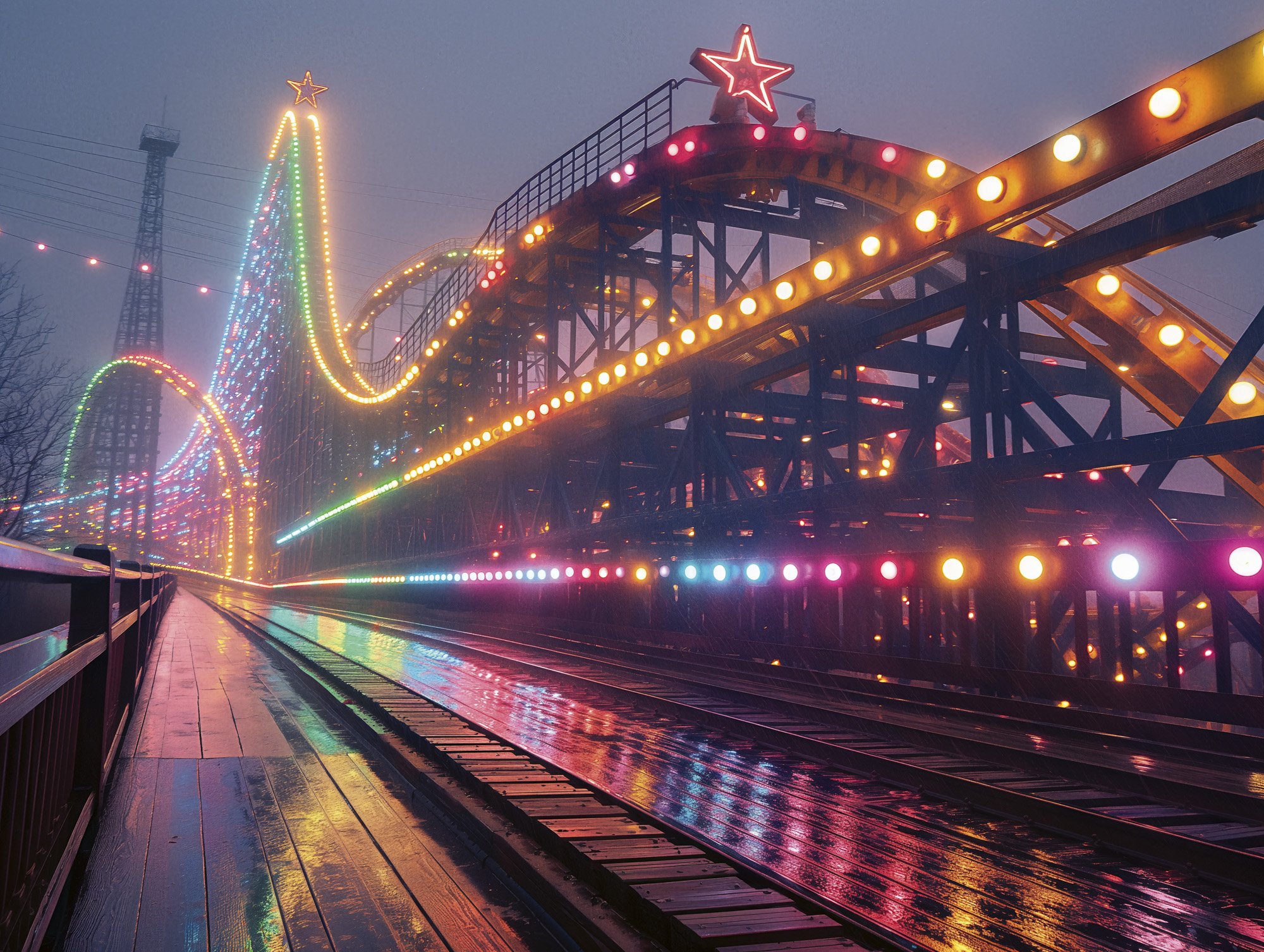
Putins Dream book165.jpg
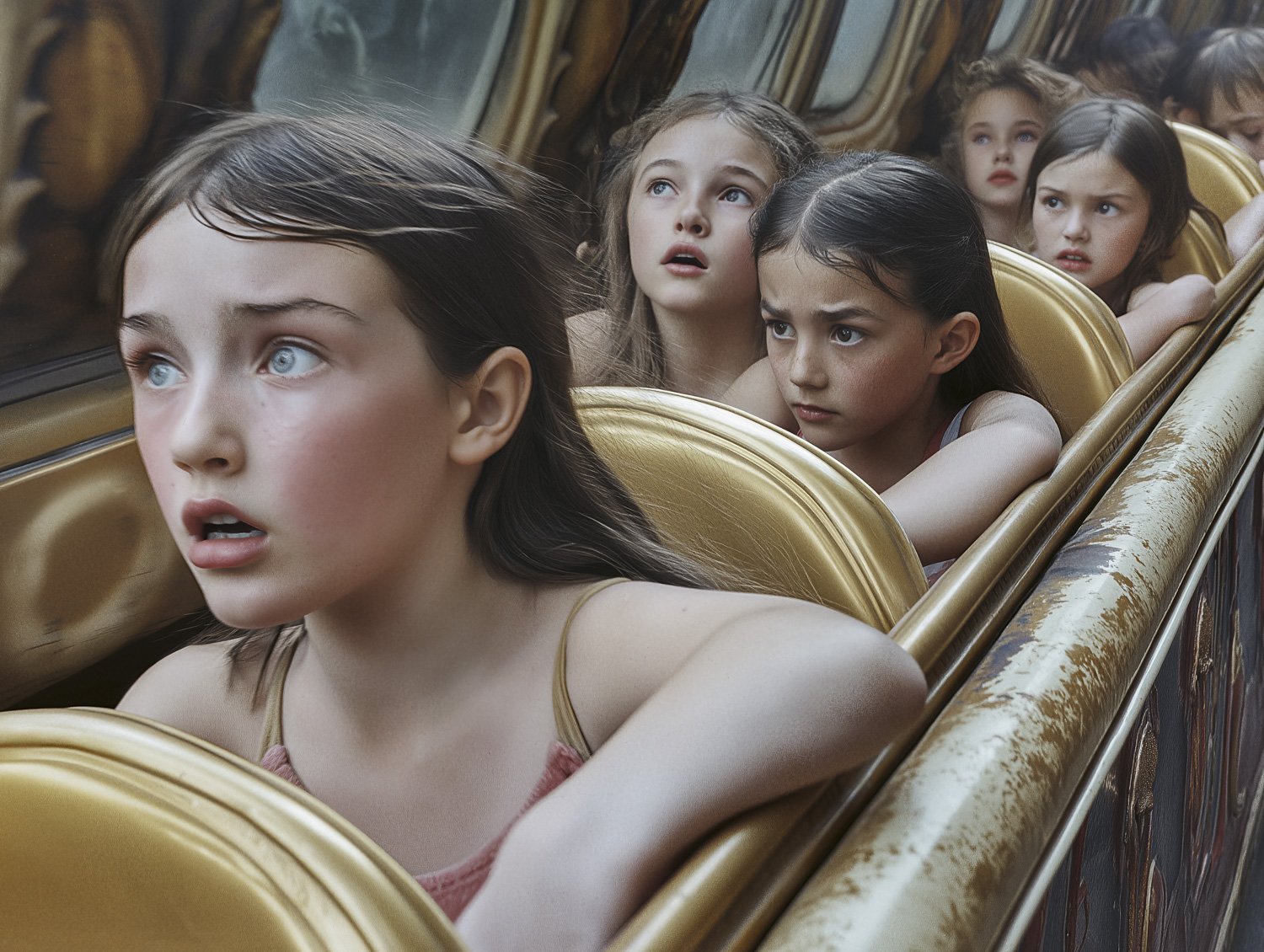
Putins Dream book167.jpg
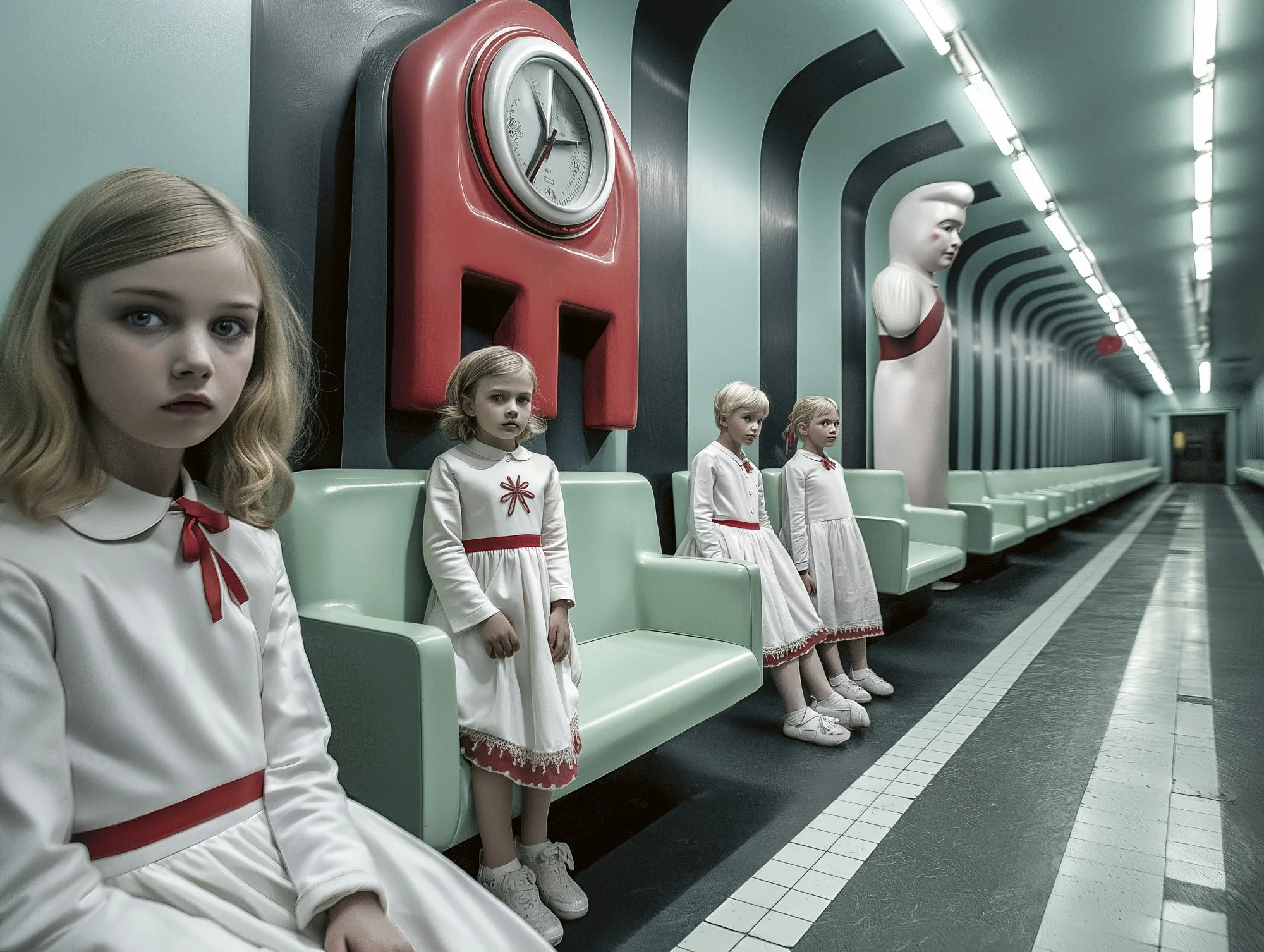
Putins Dream book168.jpg
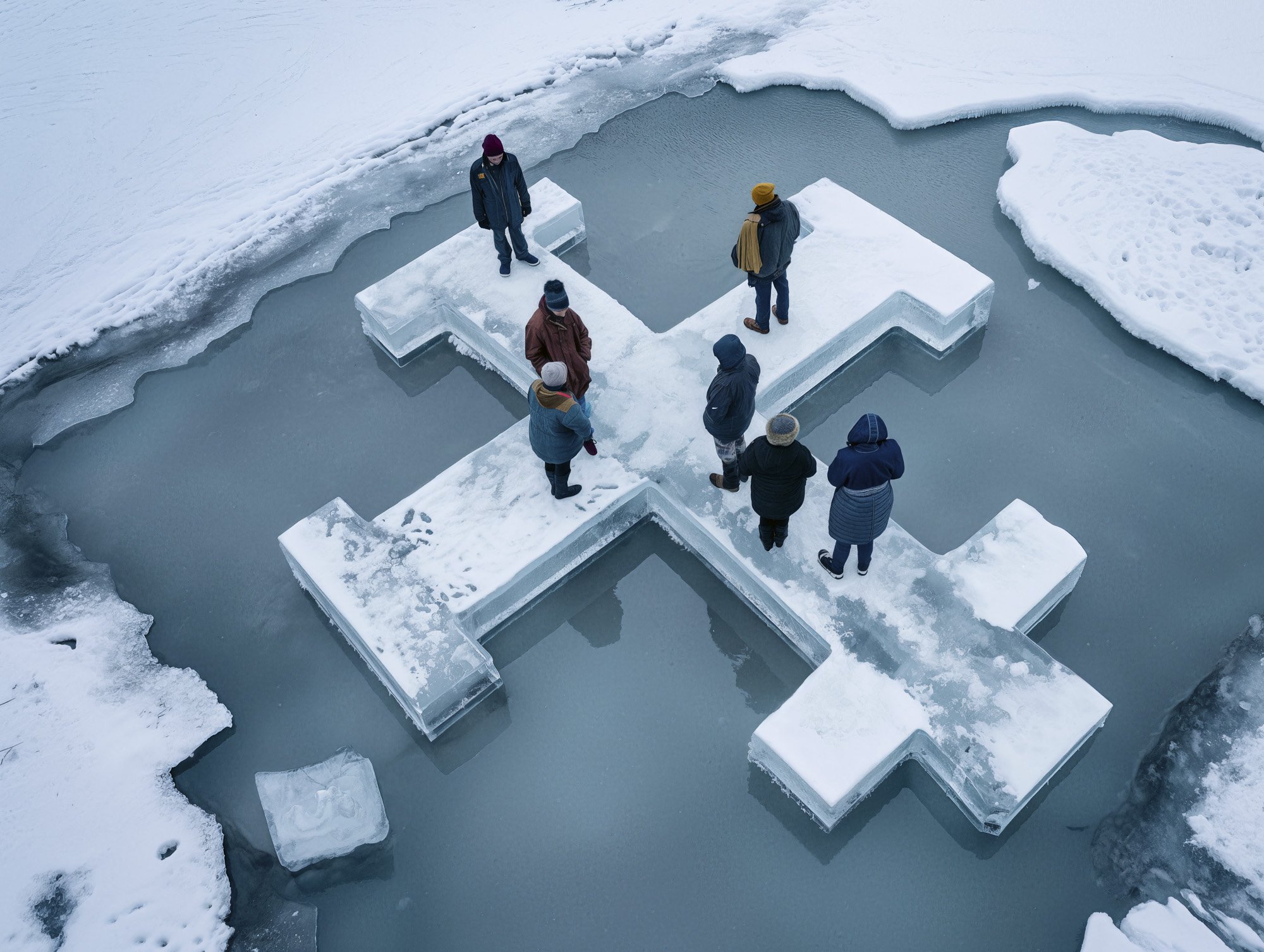
Putins Dream book169.jpg
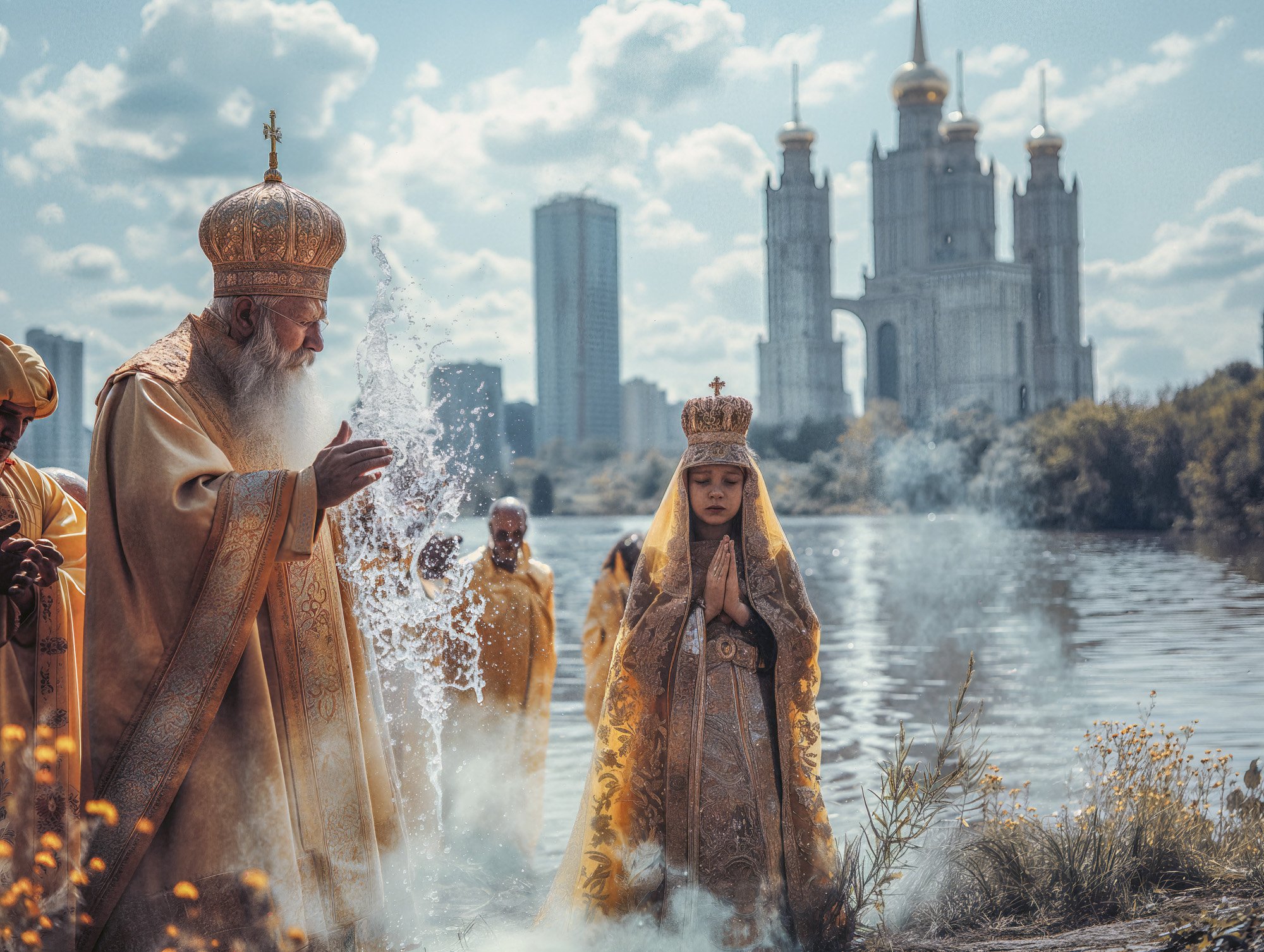
Putins Dream book170.jpg
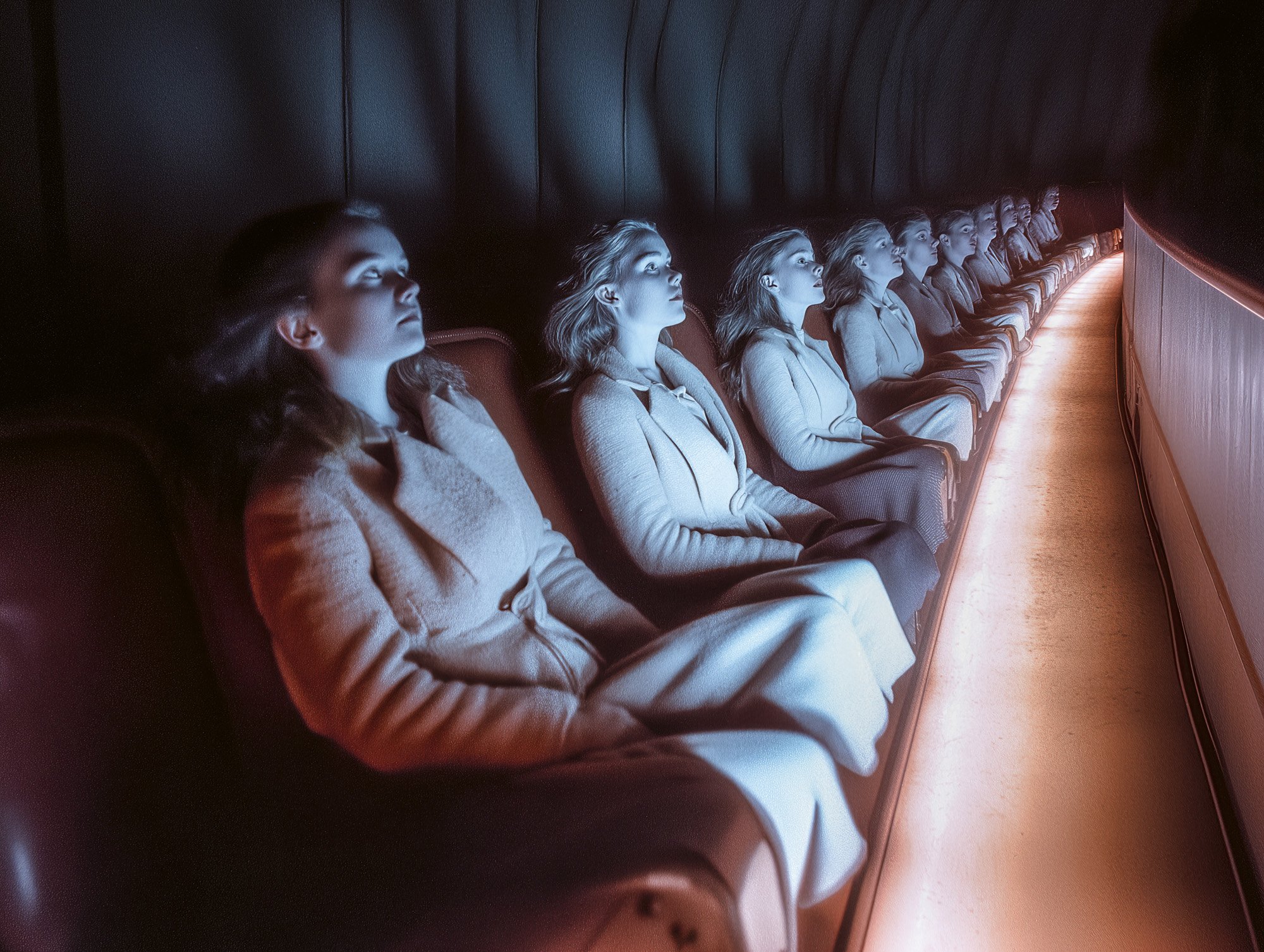
Putins Dream book171.jpg
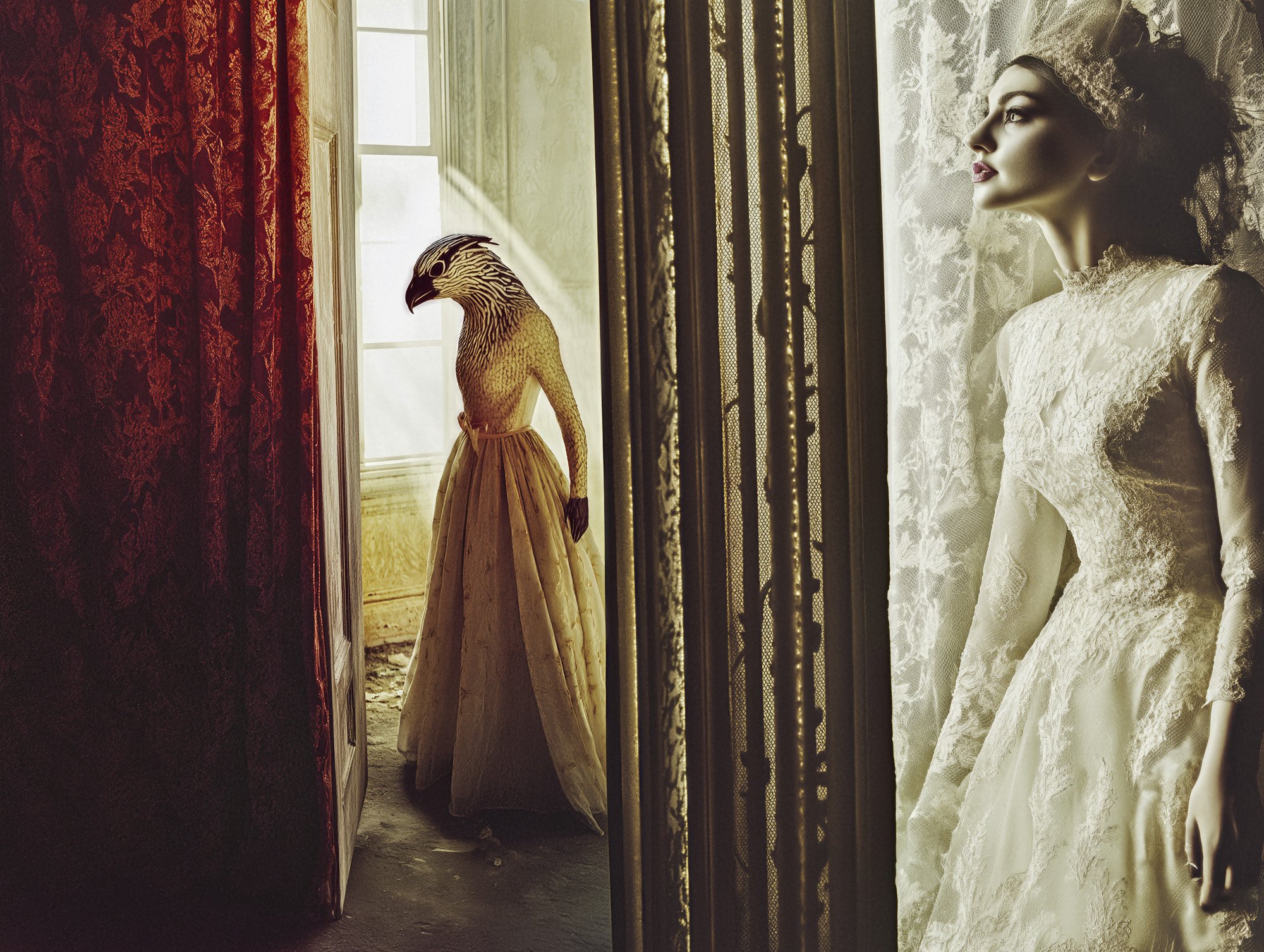
Putins Dream book172.jpg
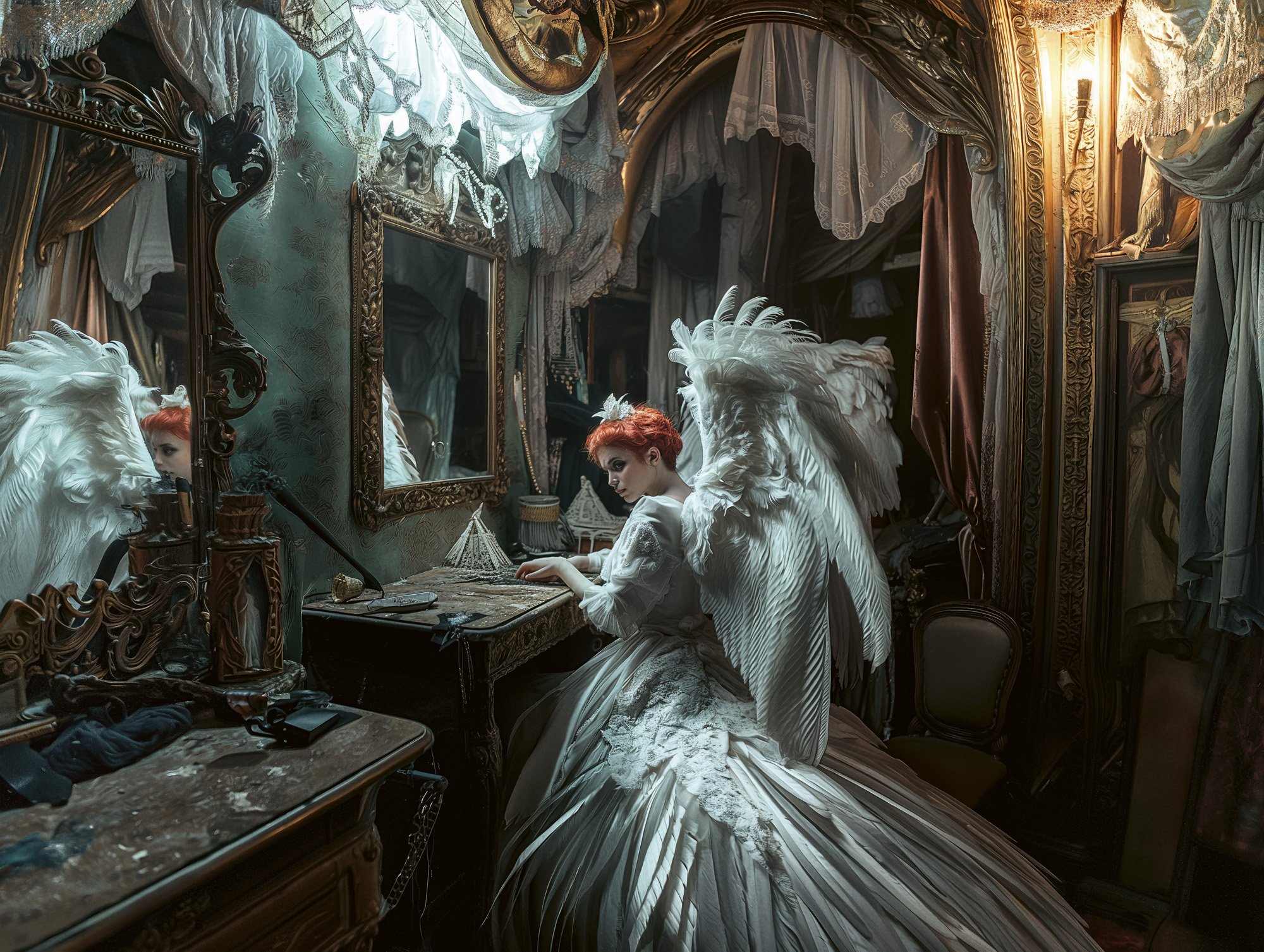
Putins Dream book173.jpg
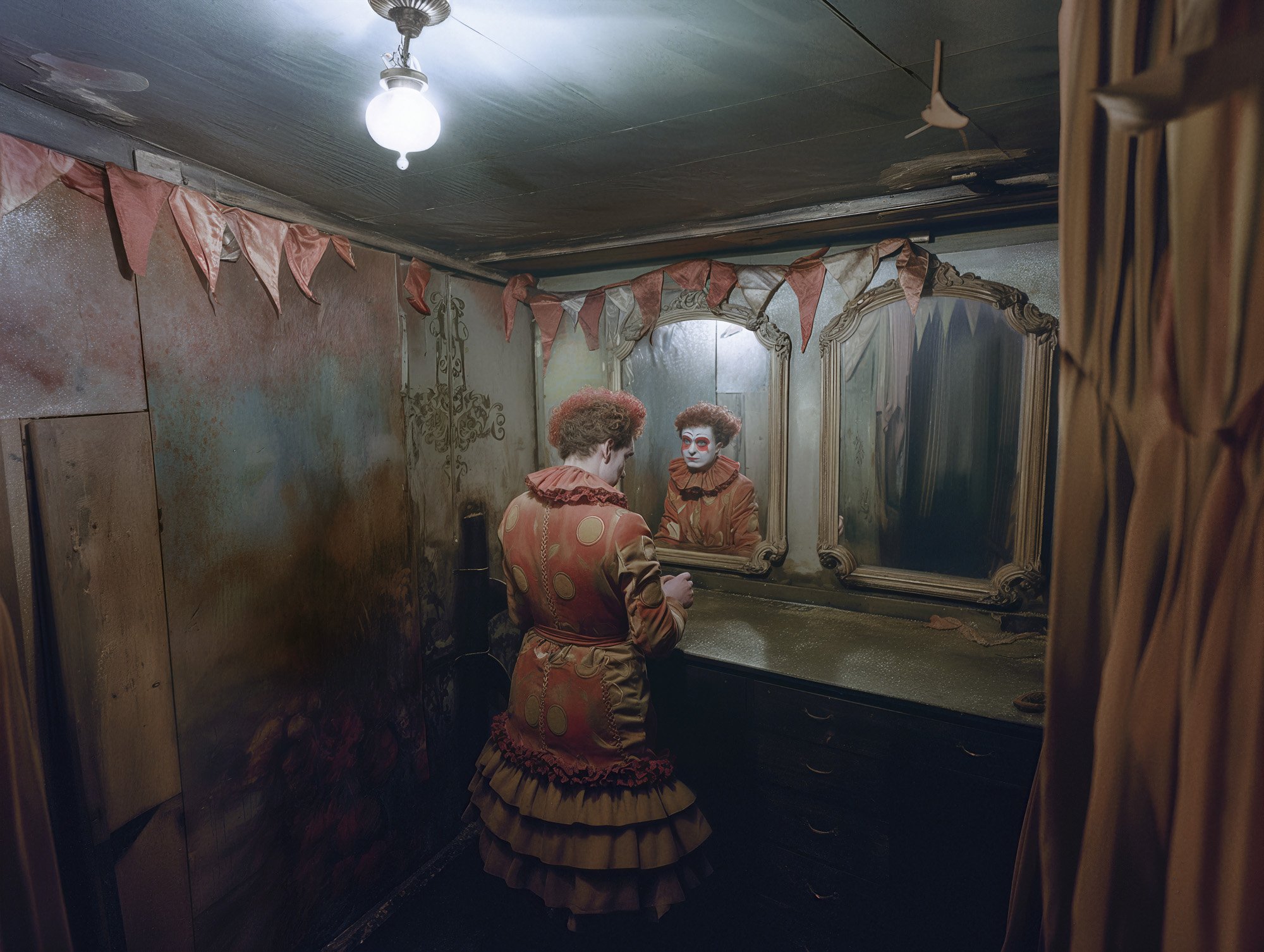
Putins Dream book174.jpg
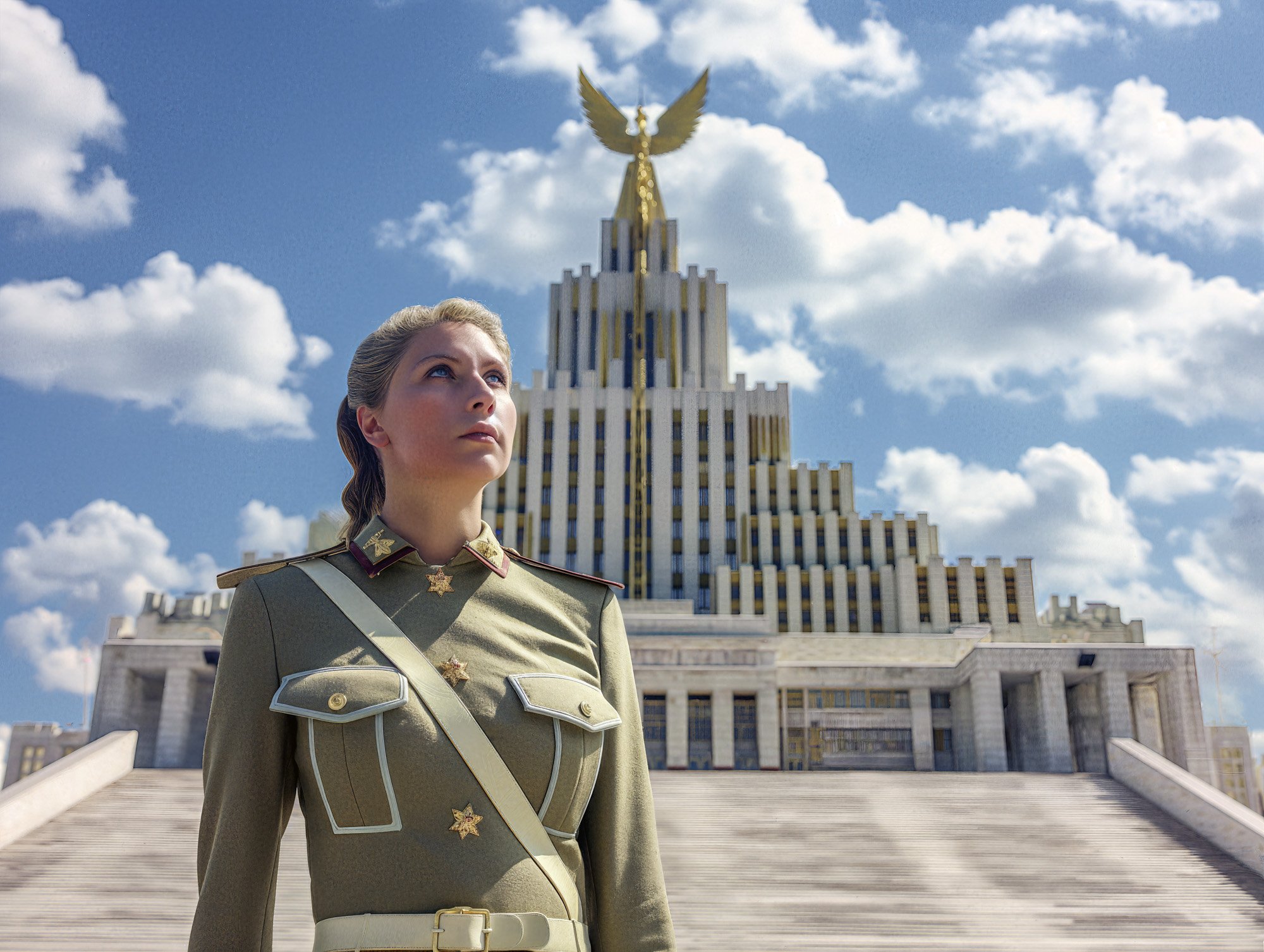
Putins Dream book175.jpg



























































































































